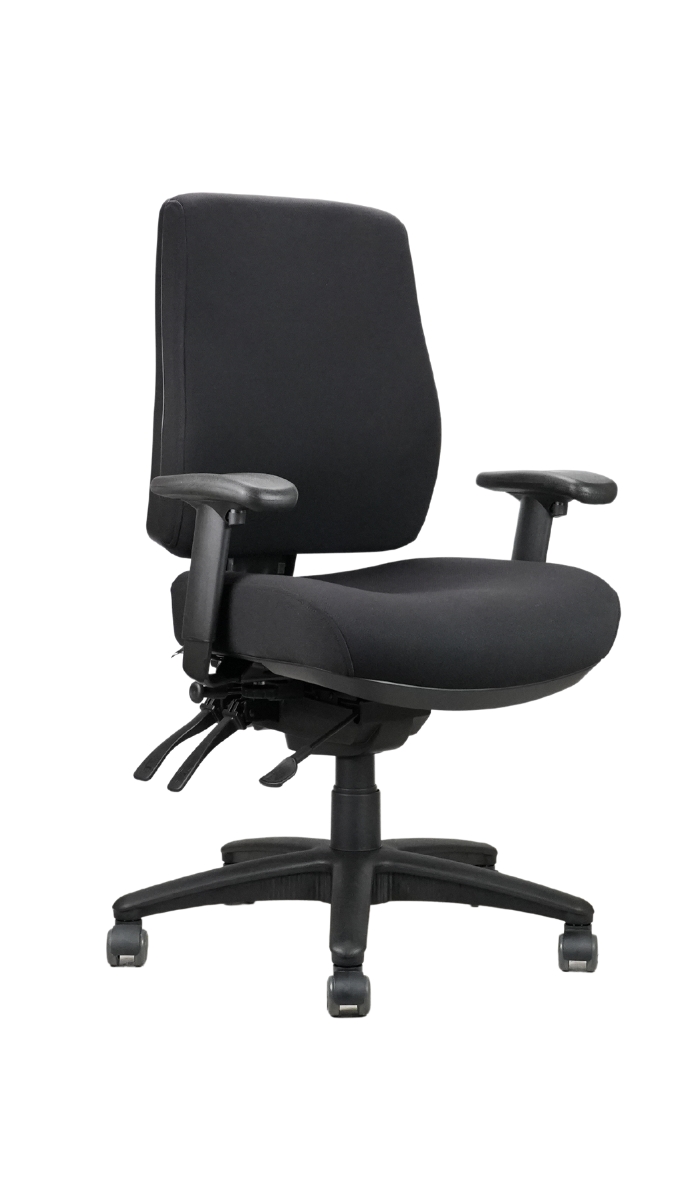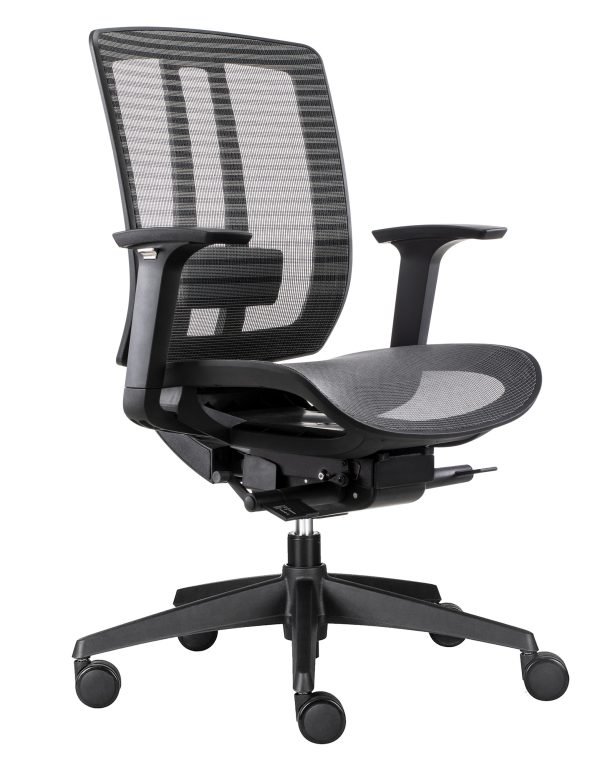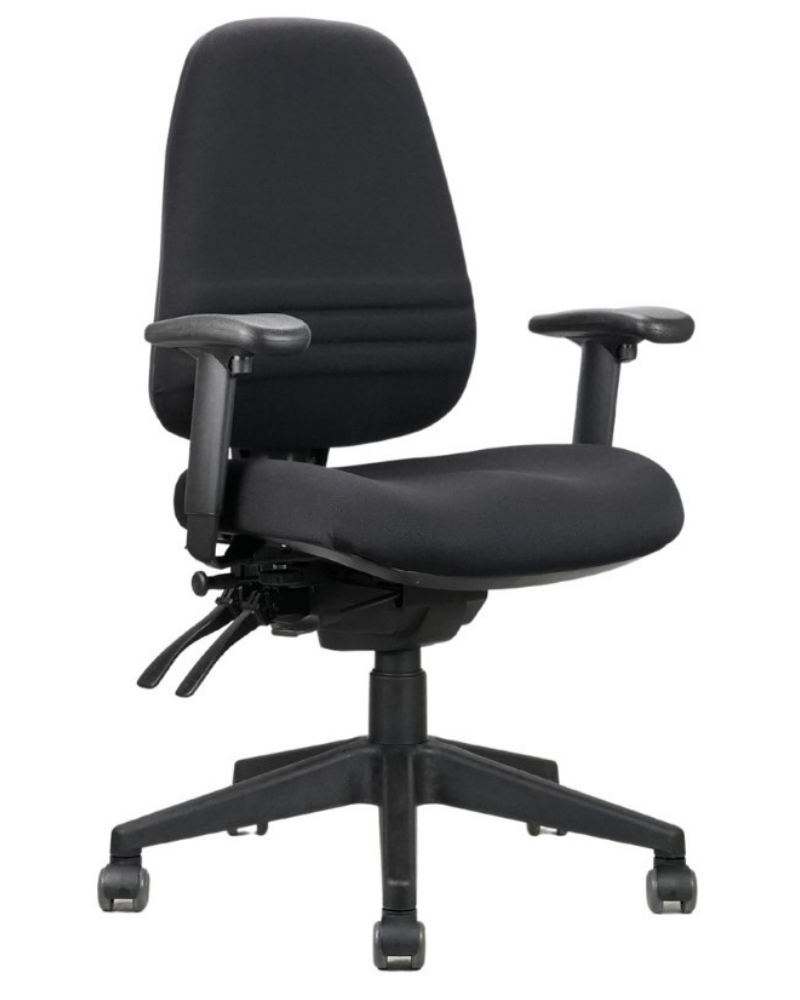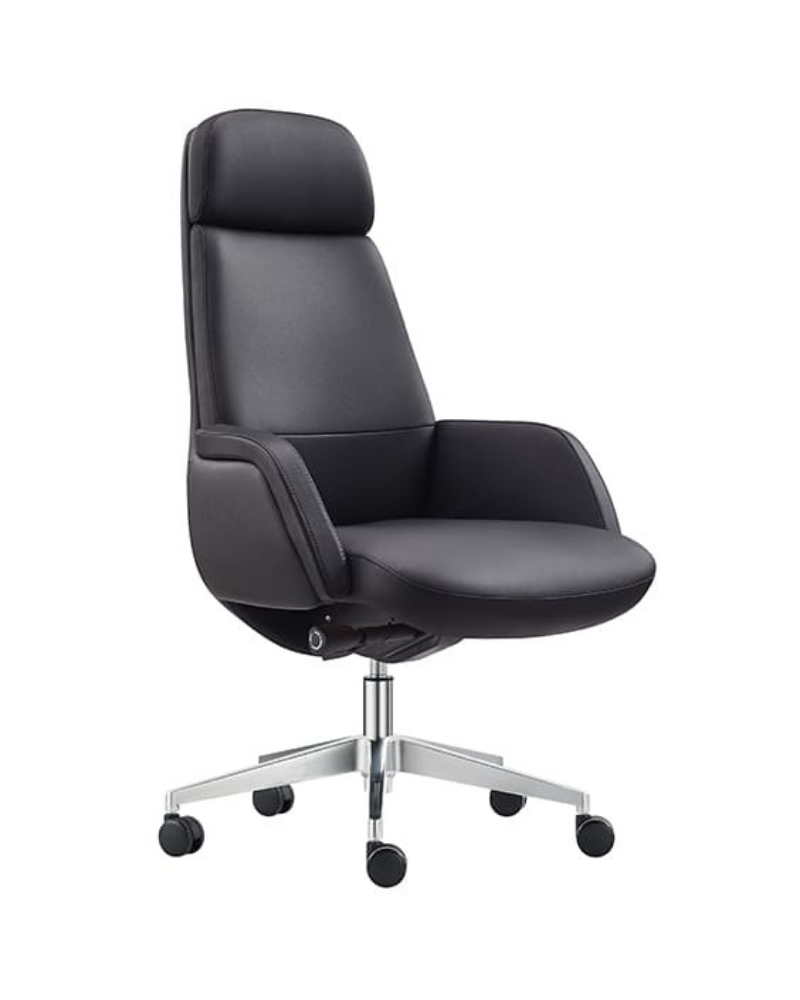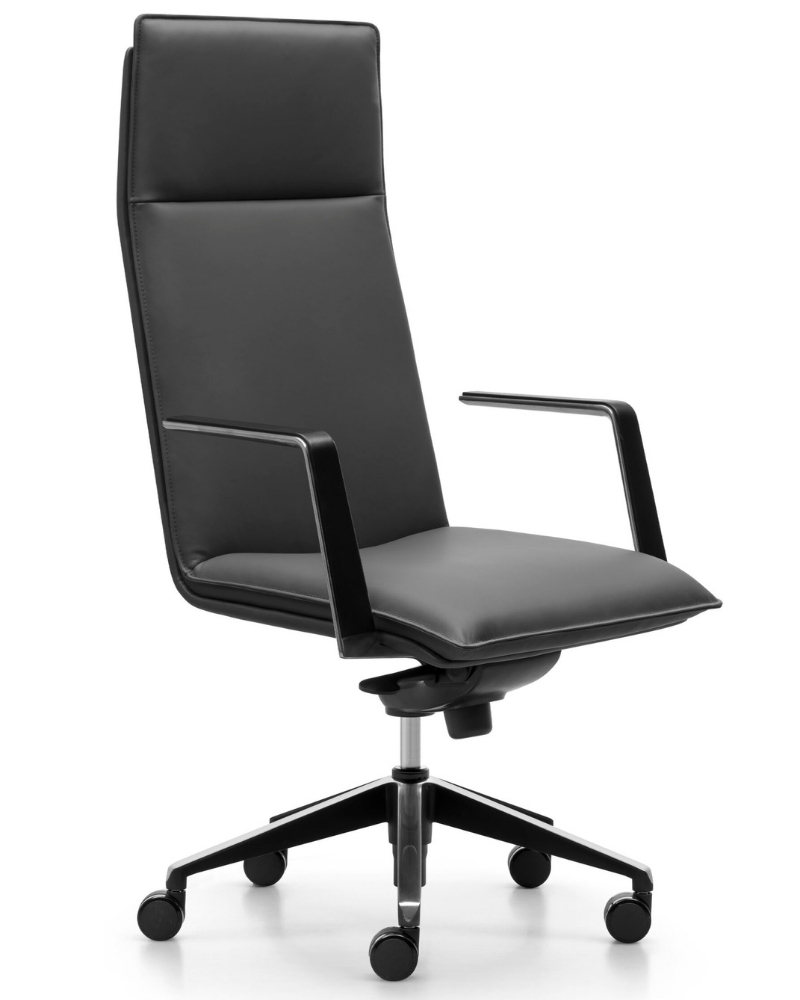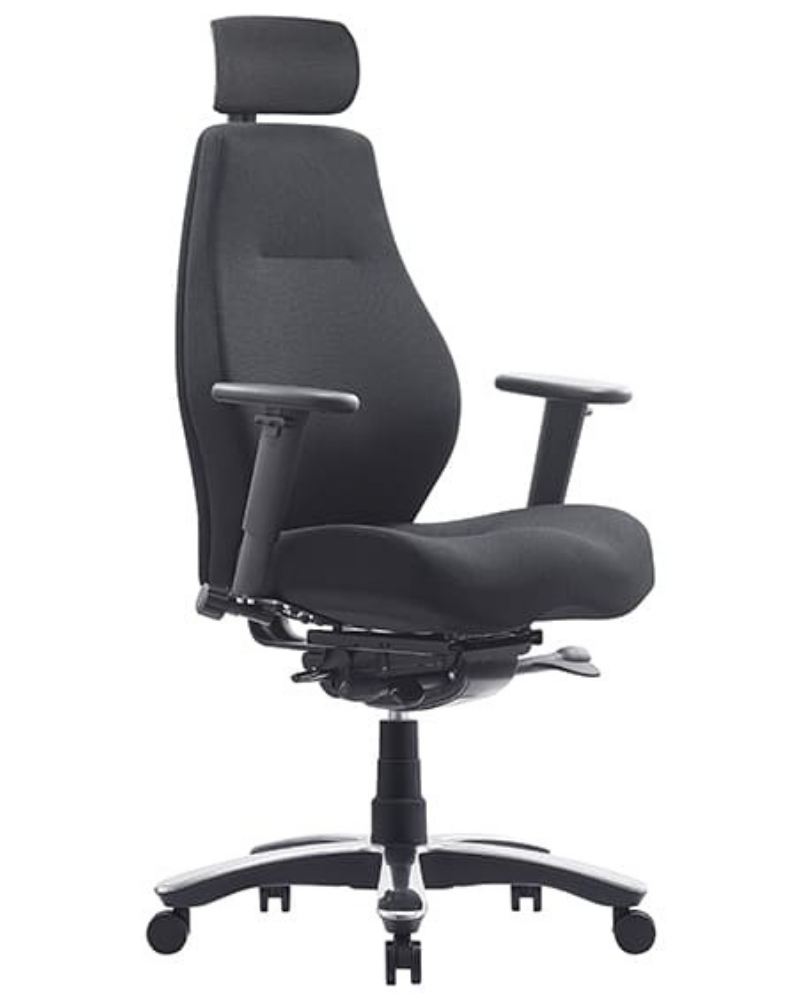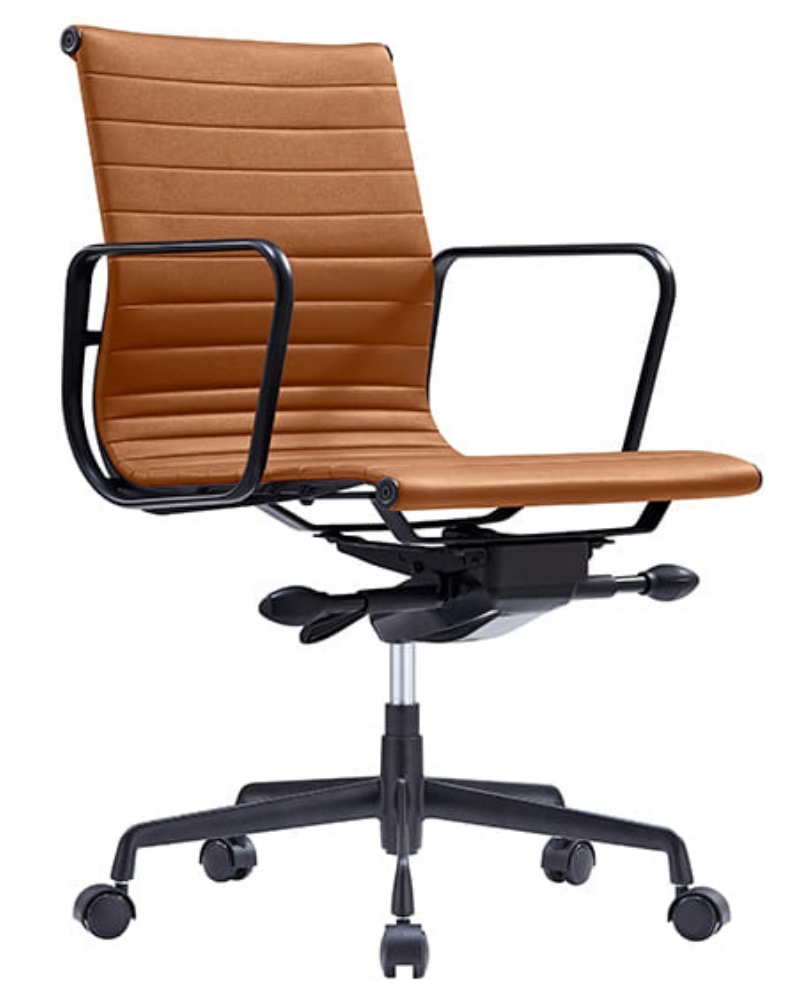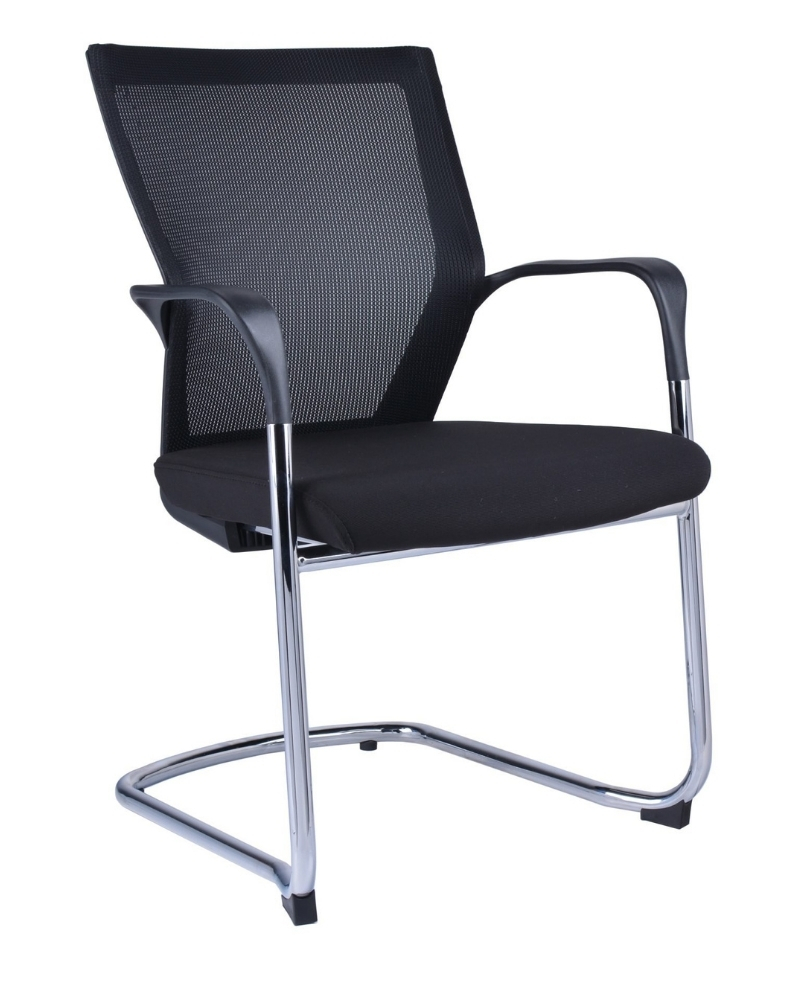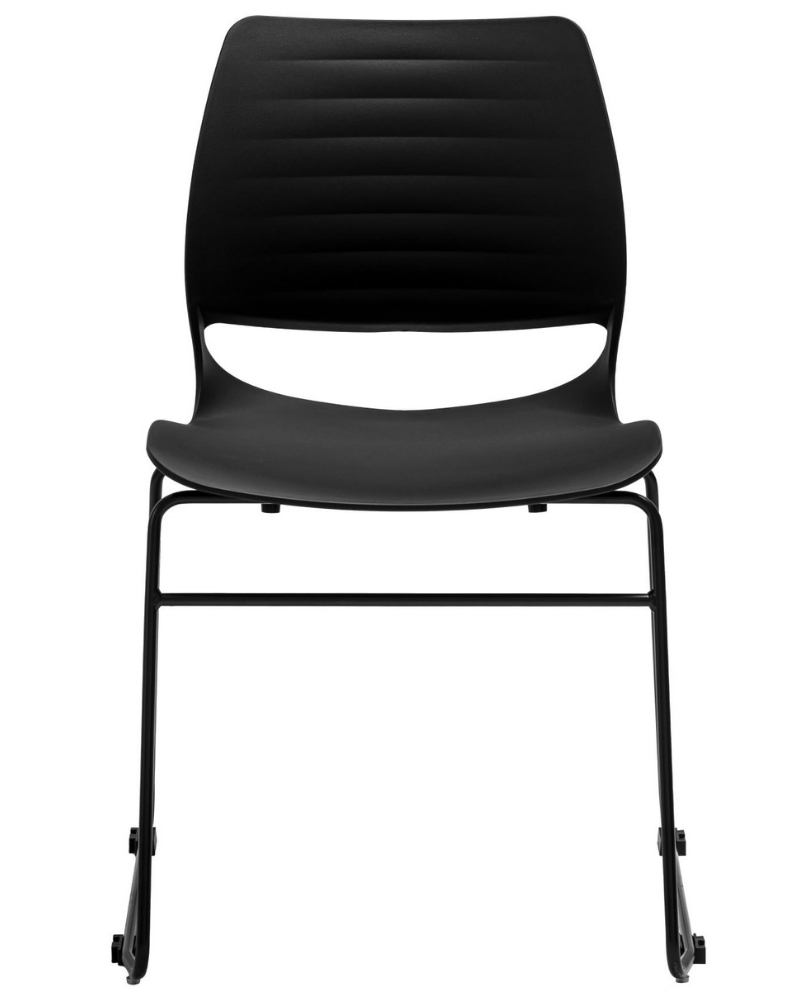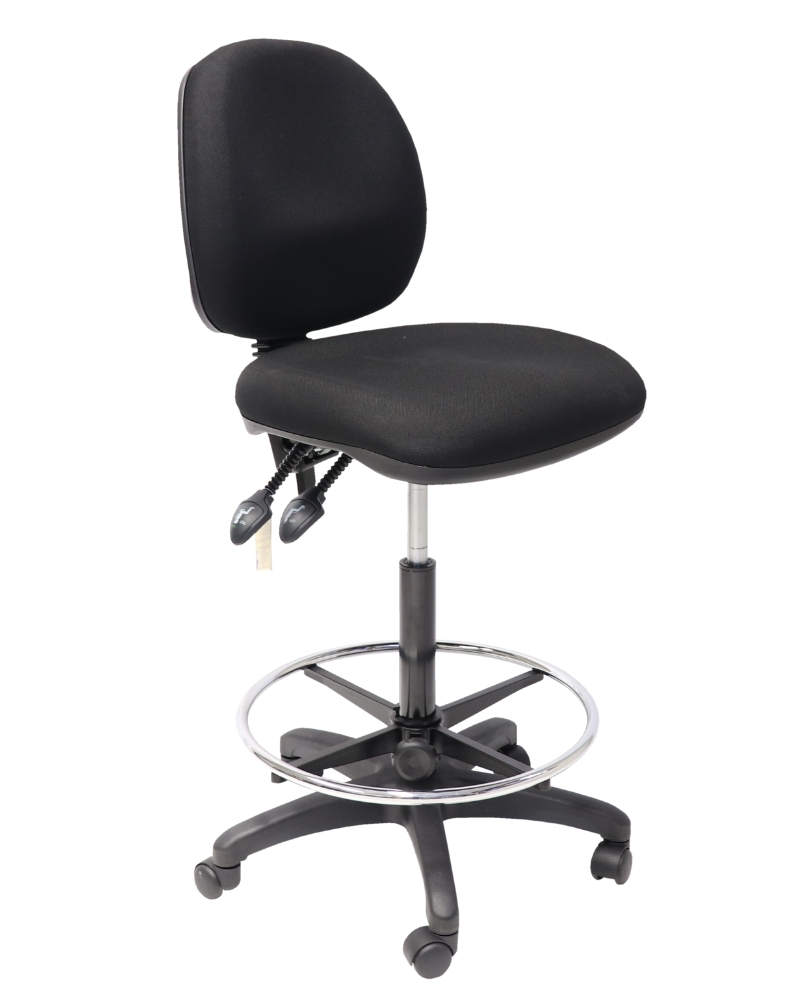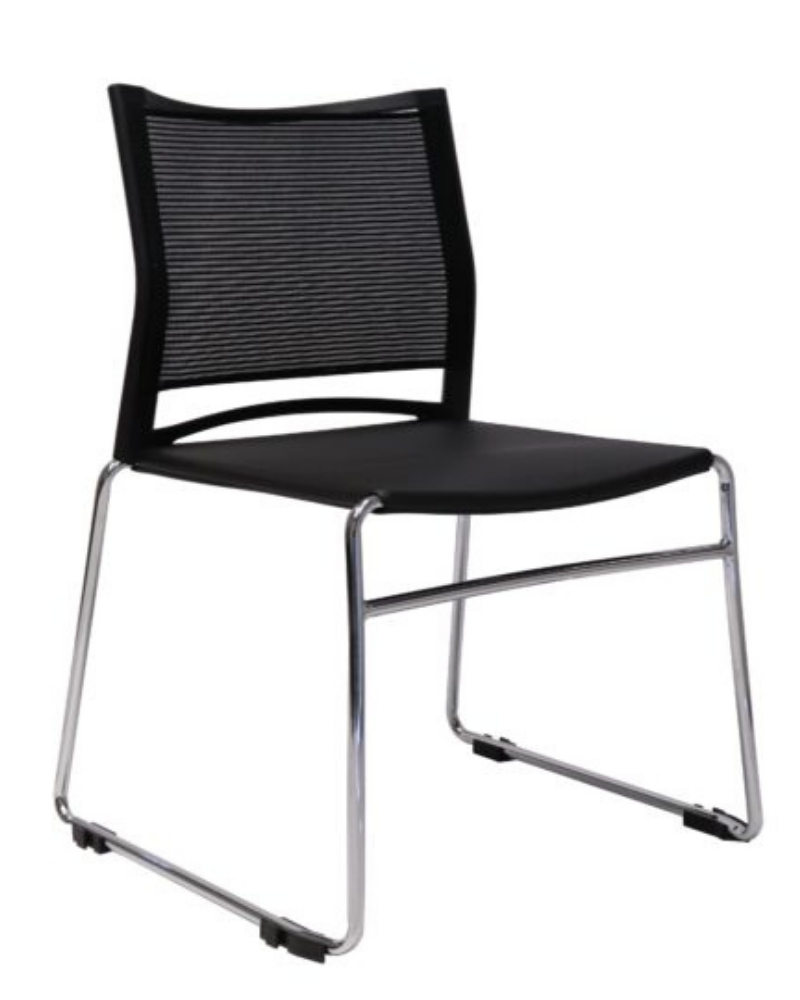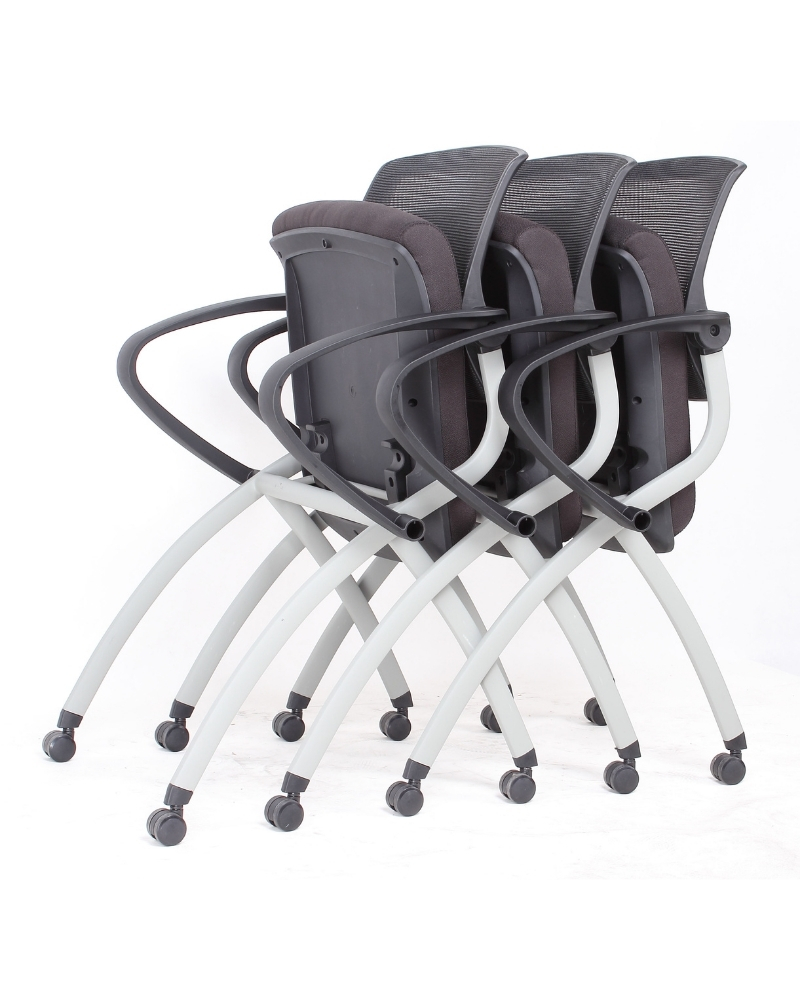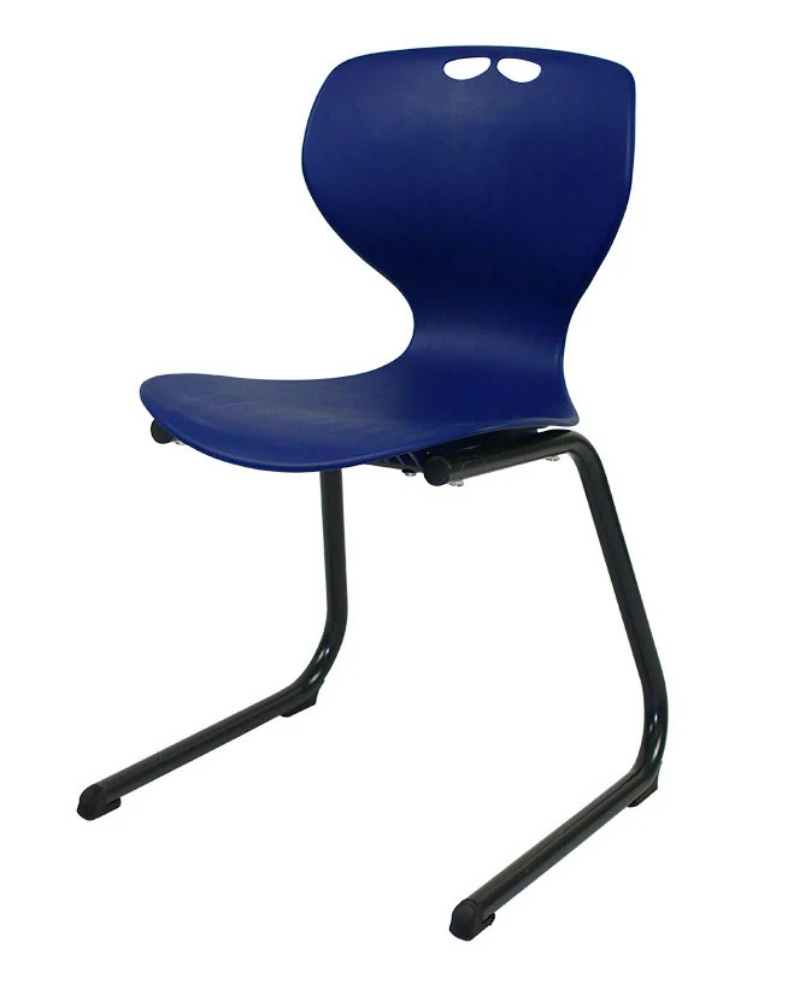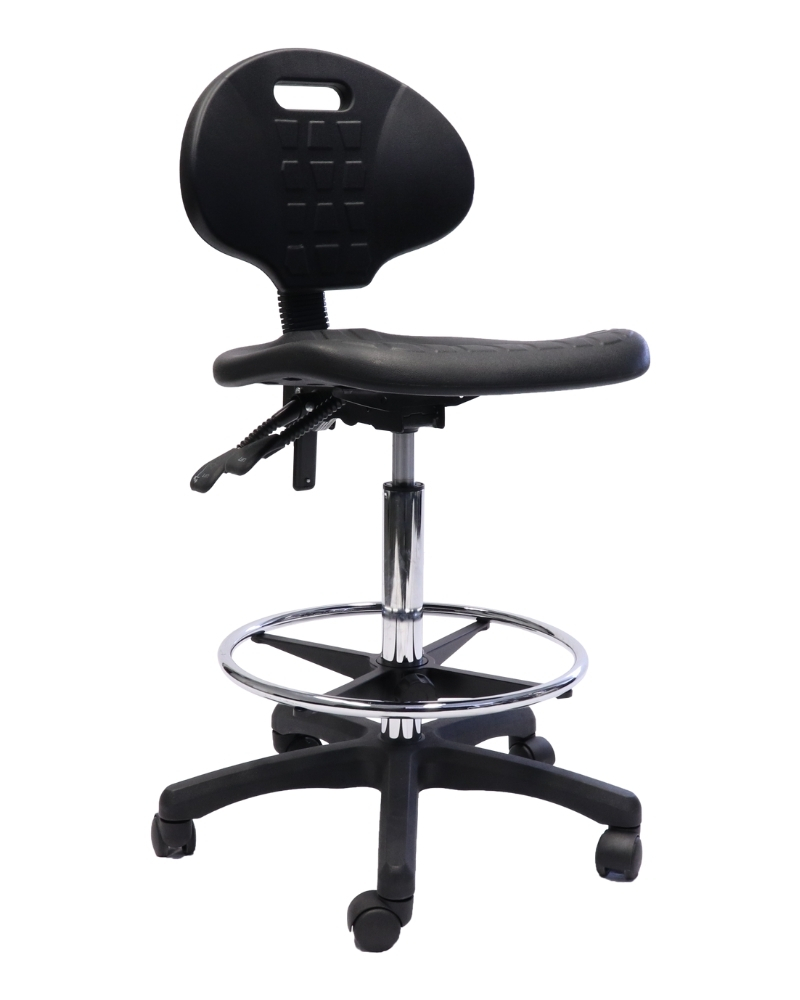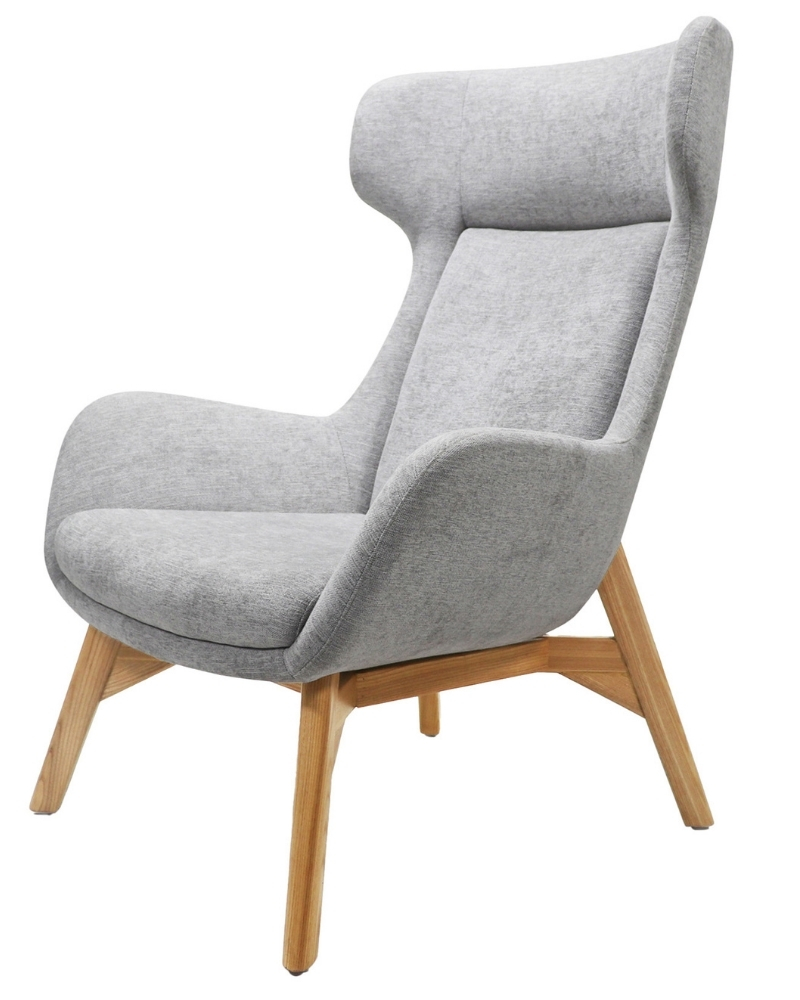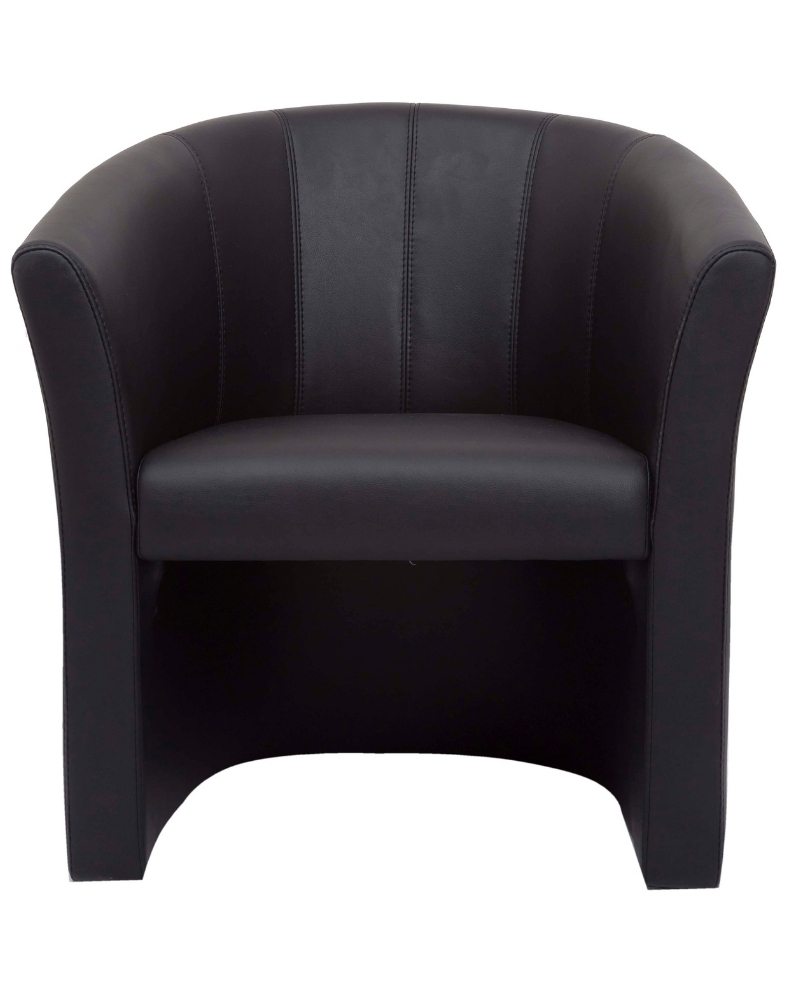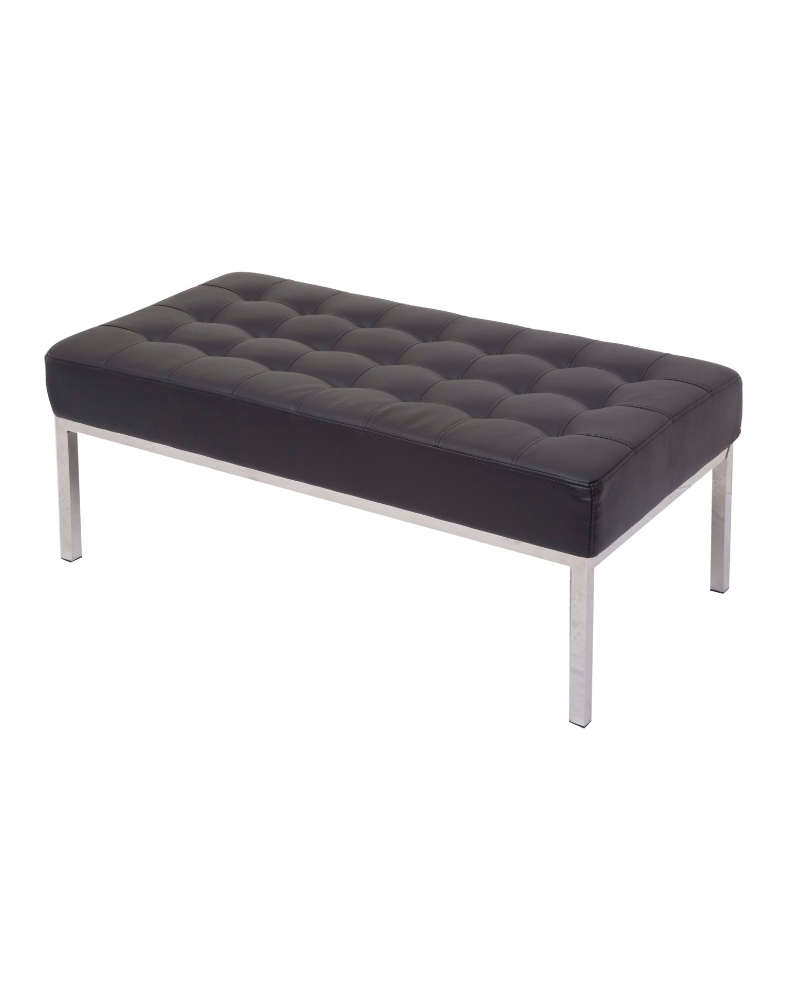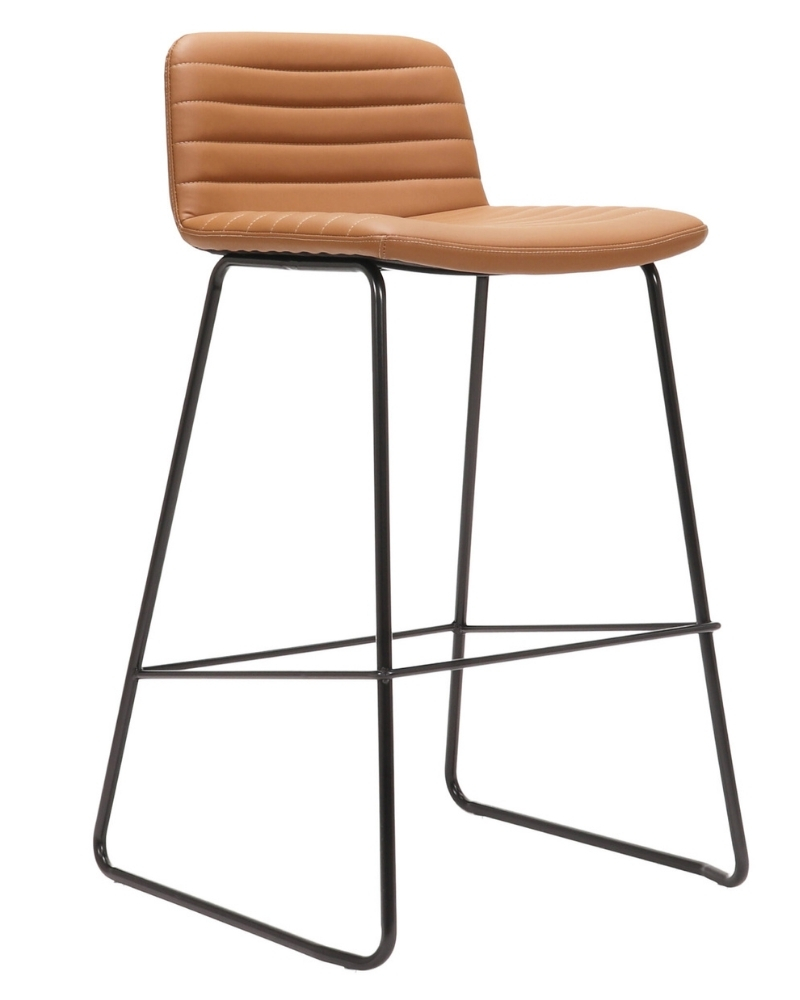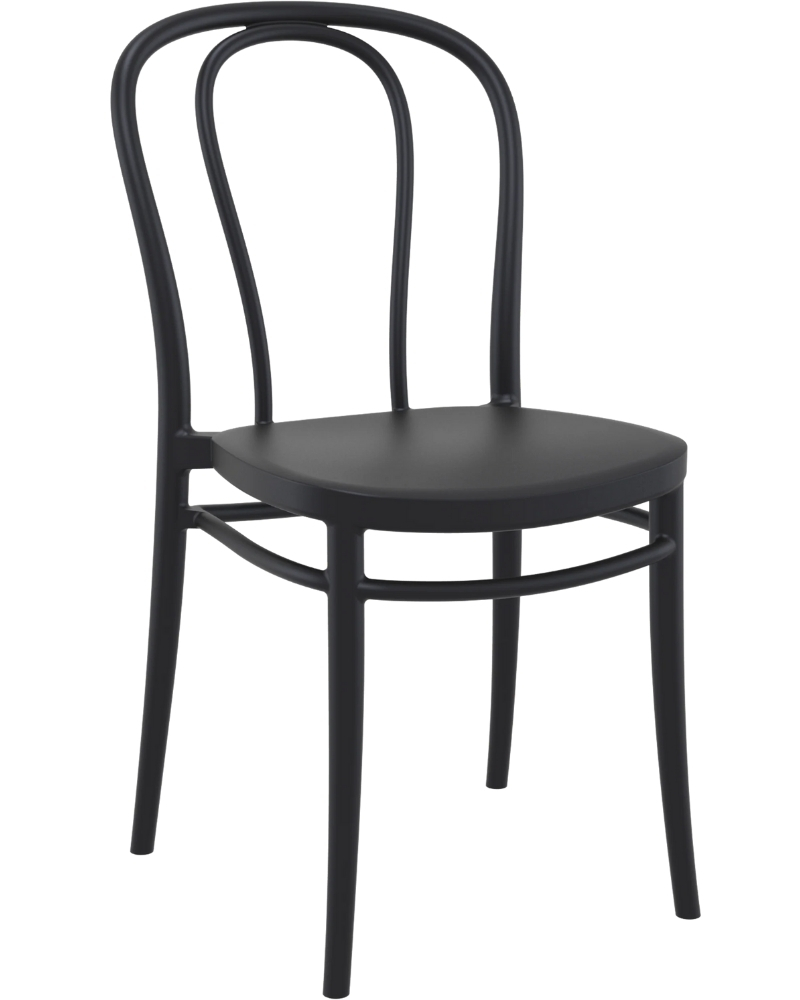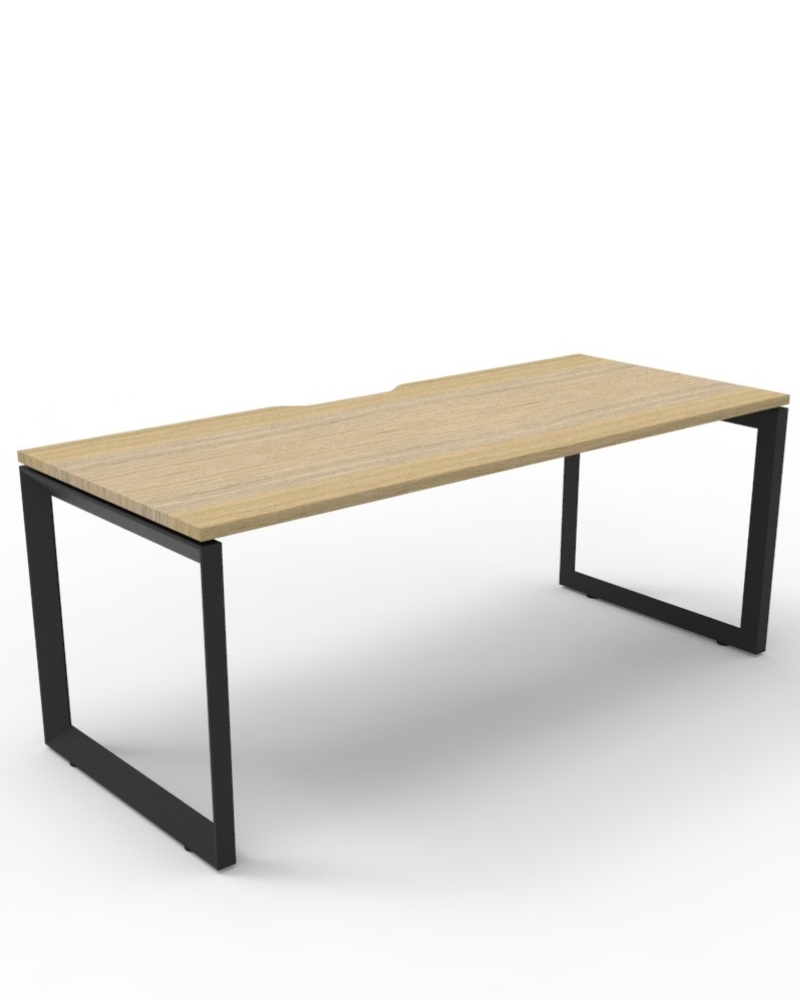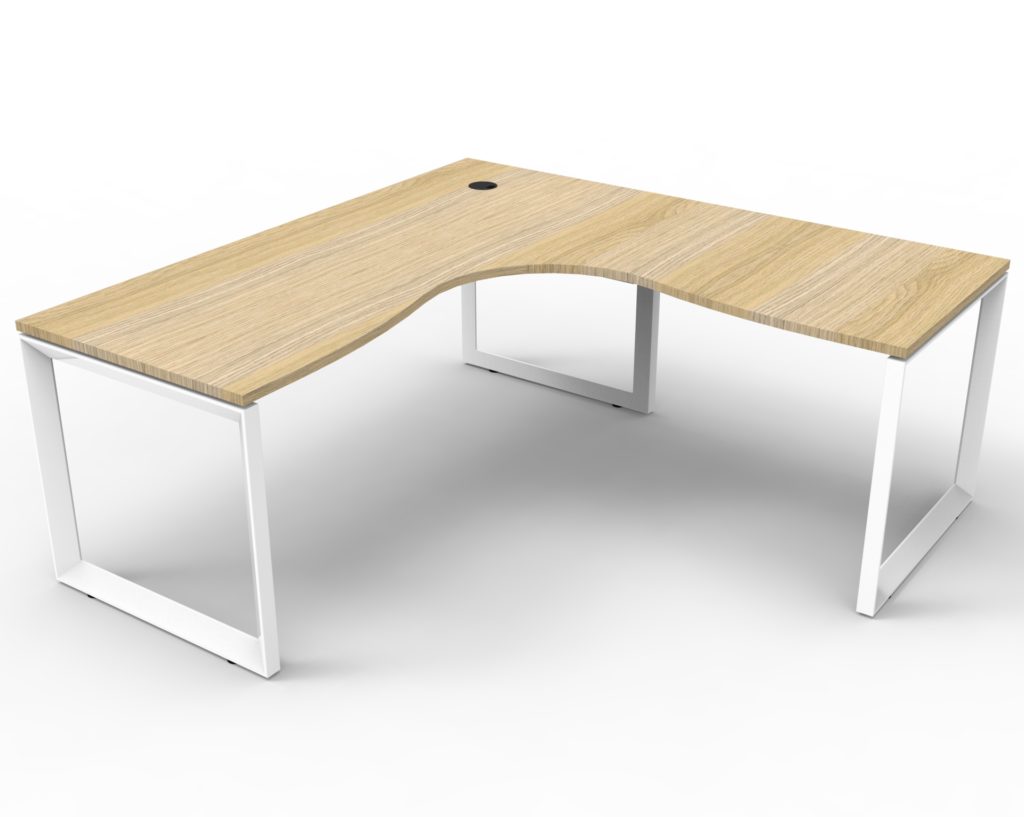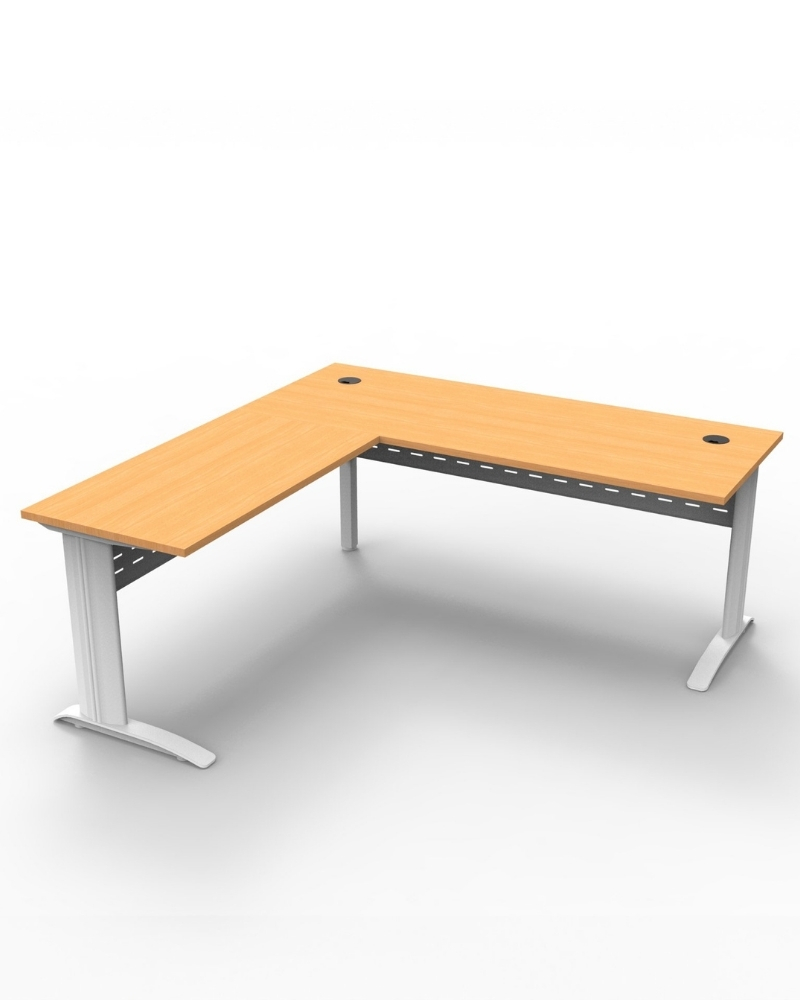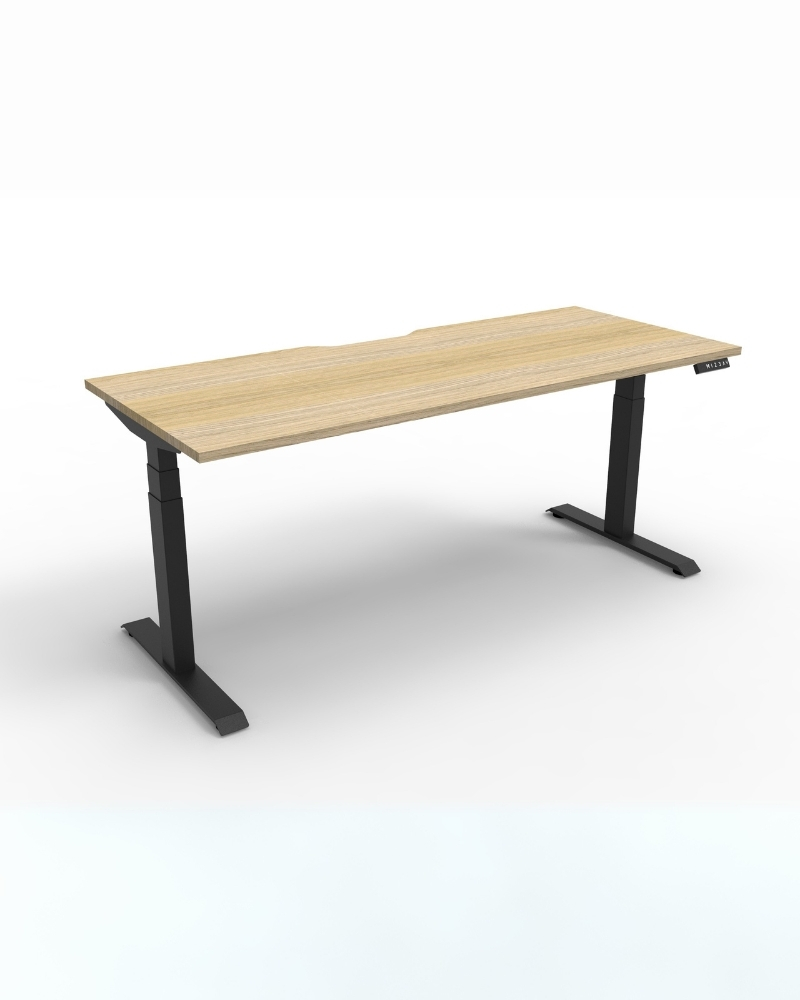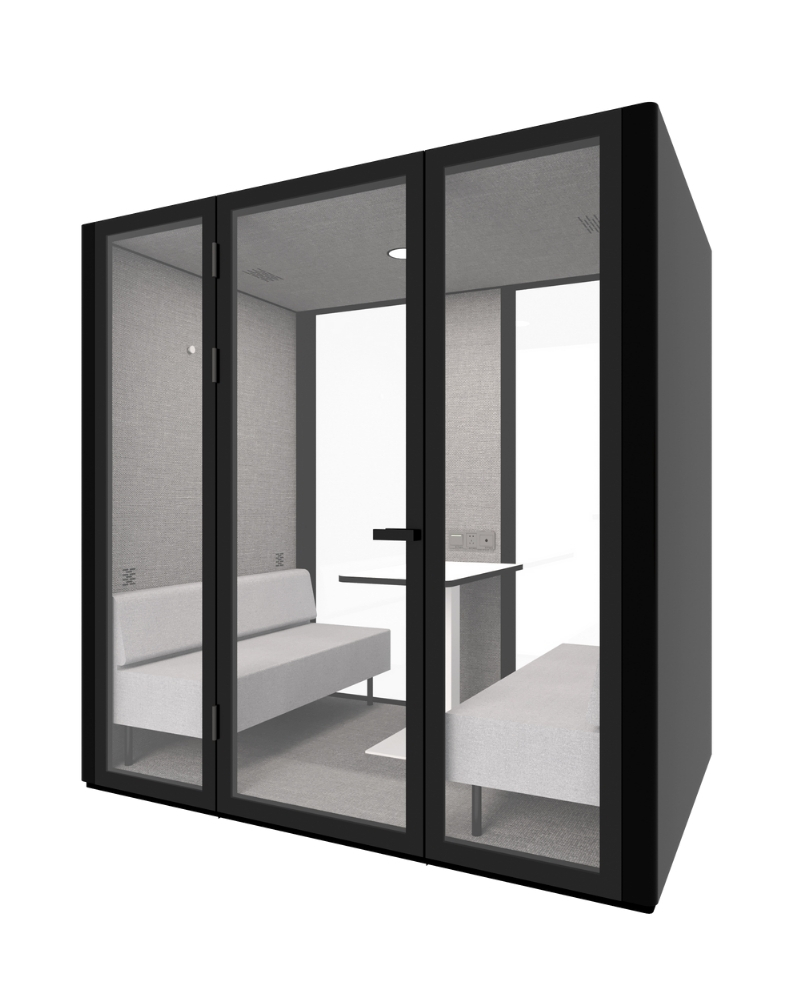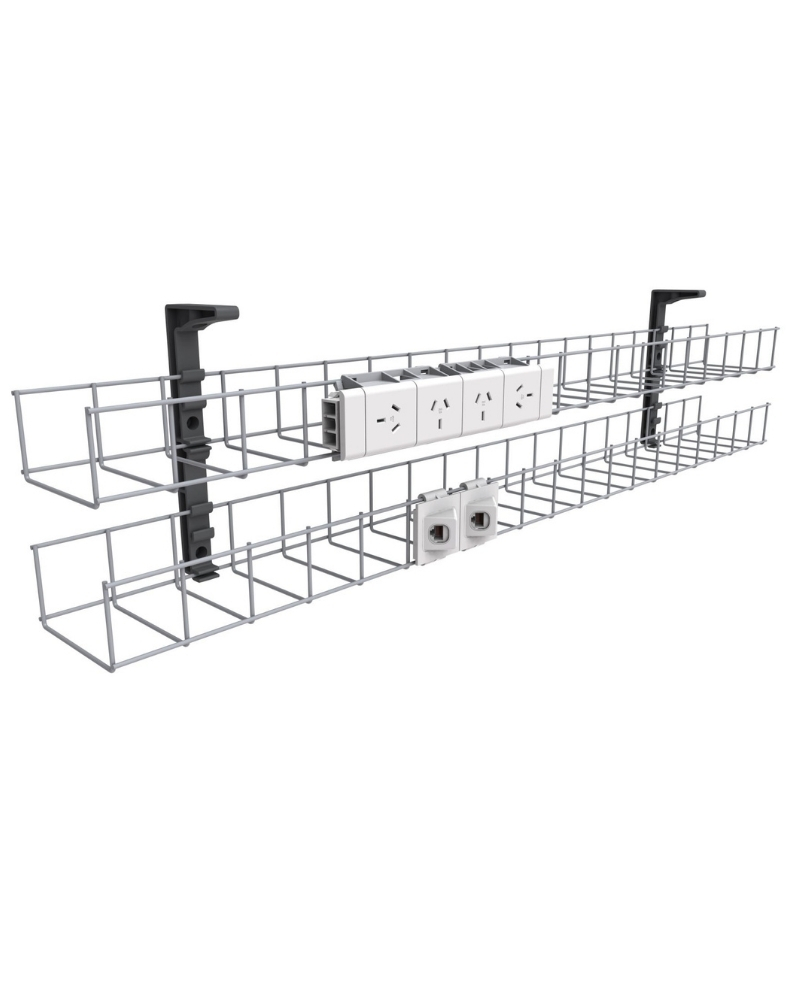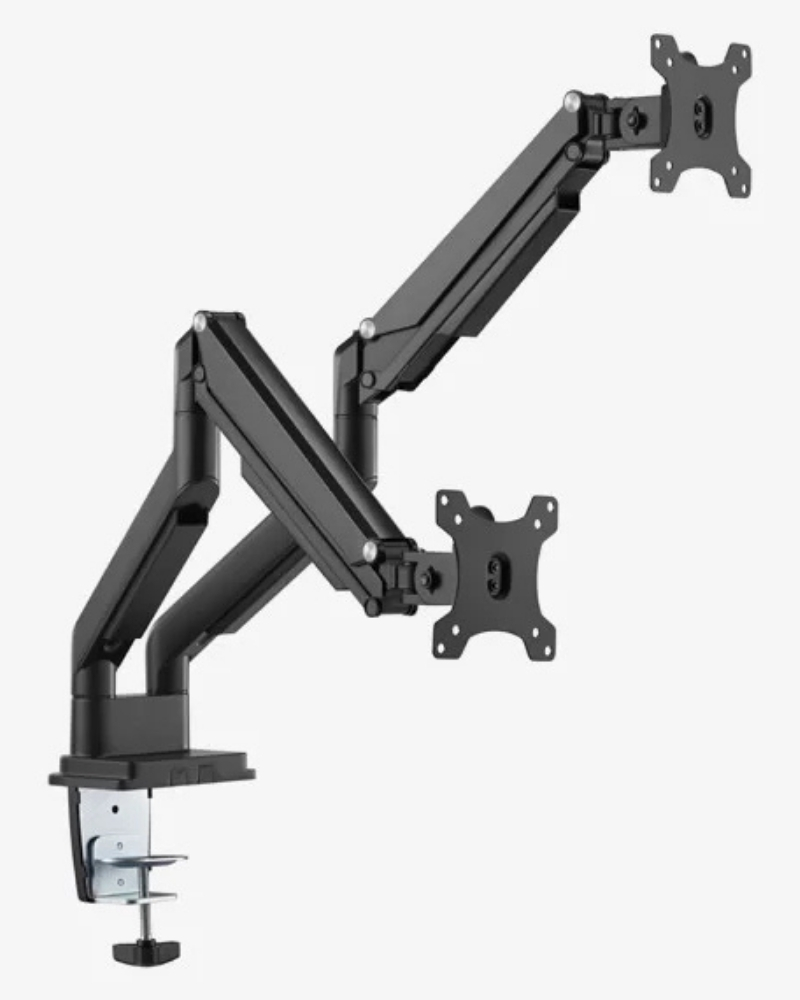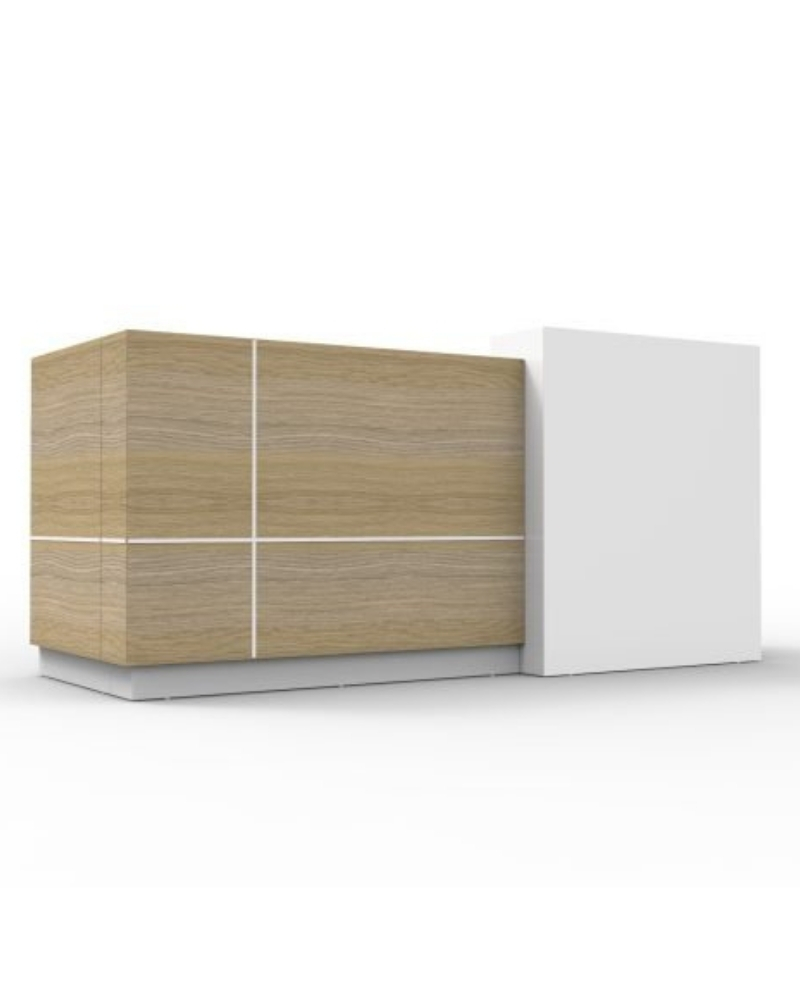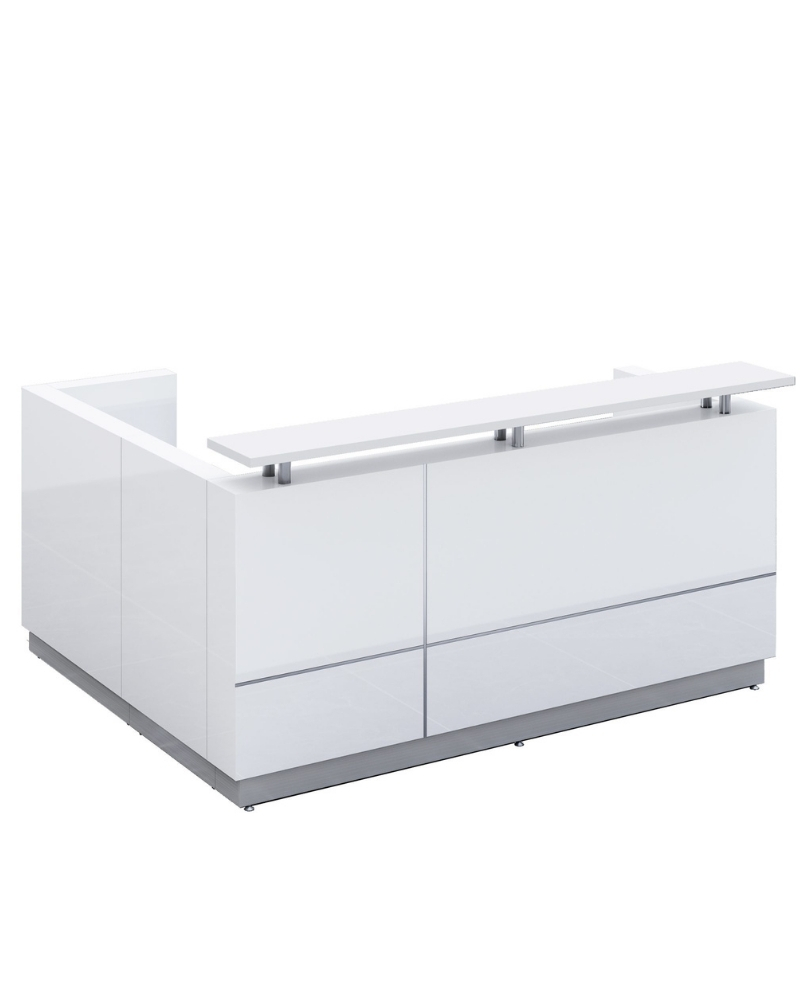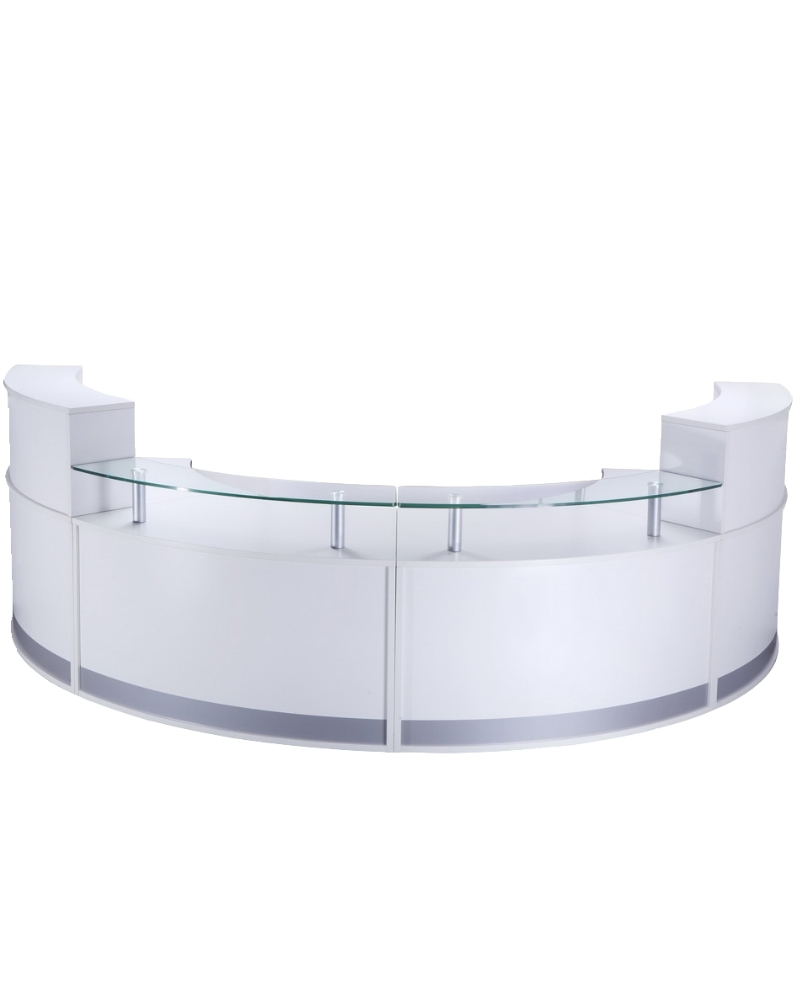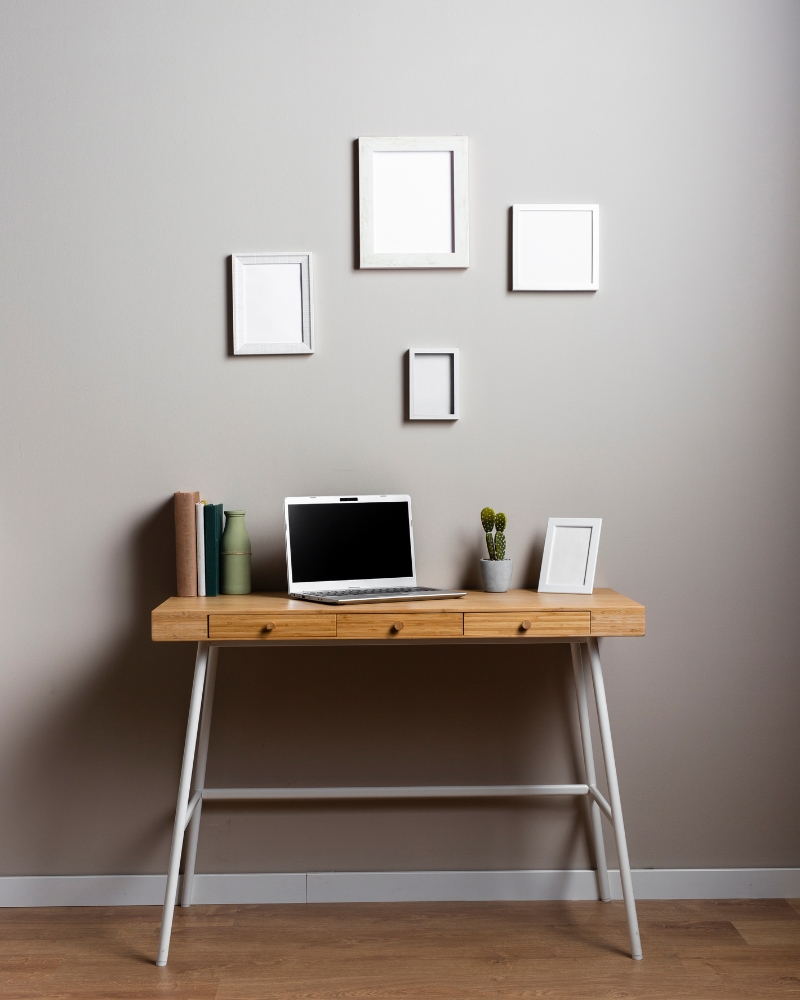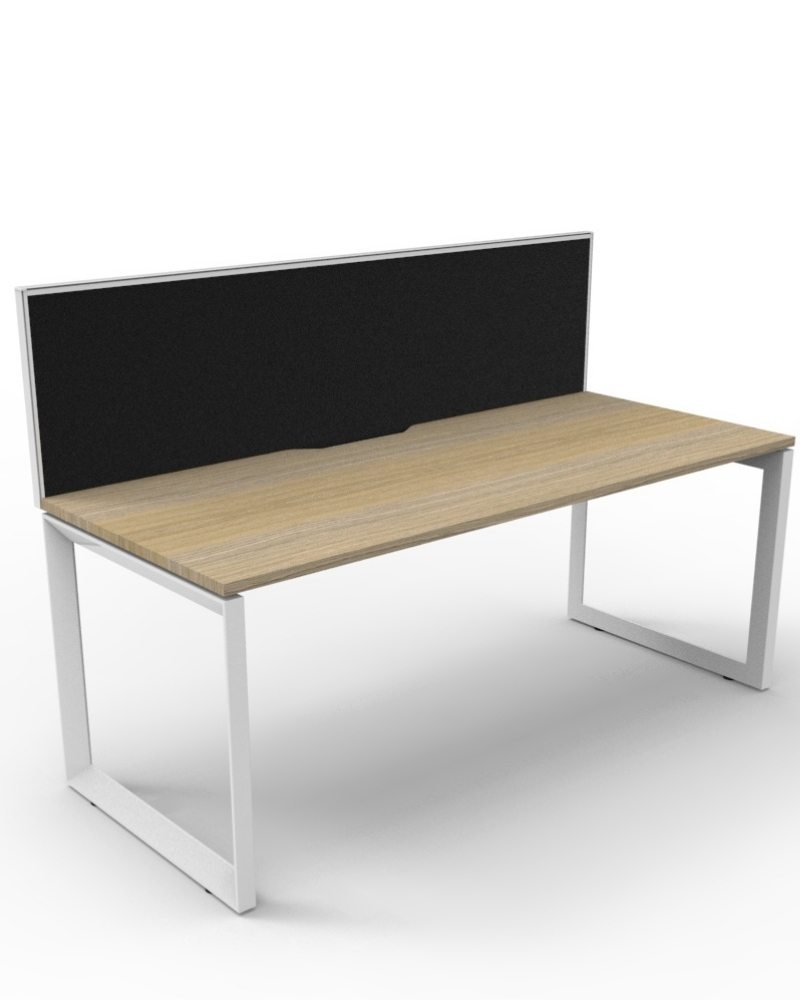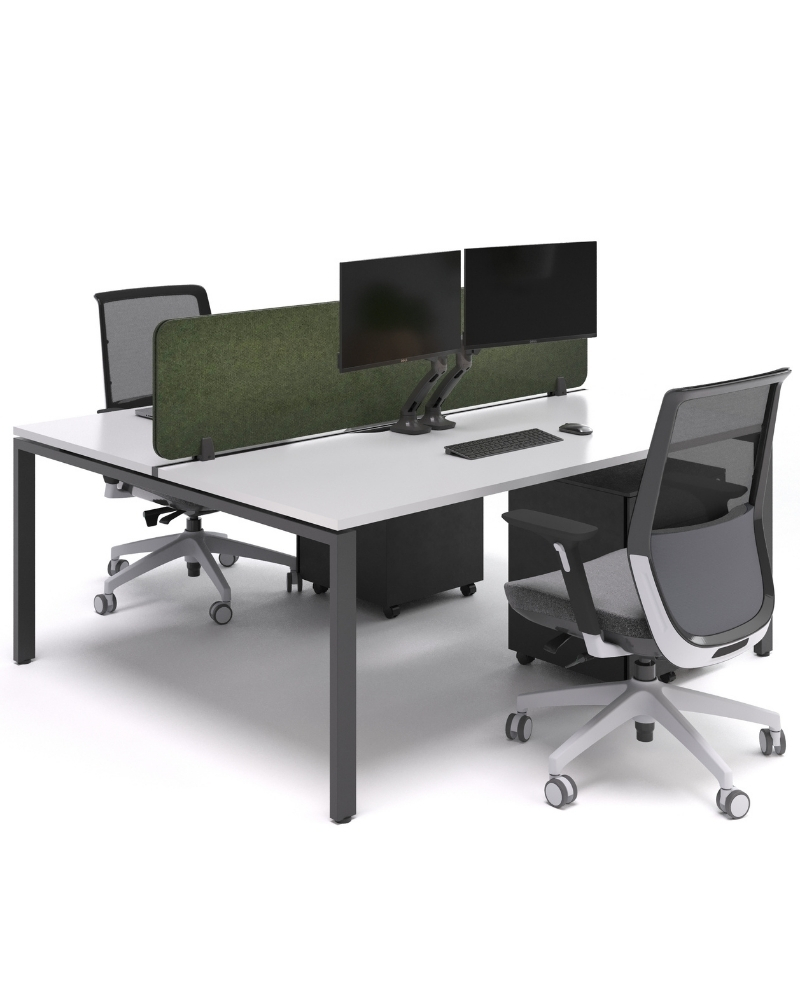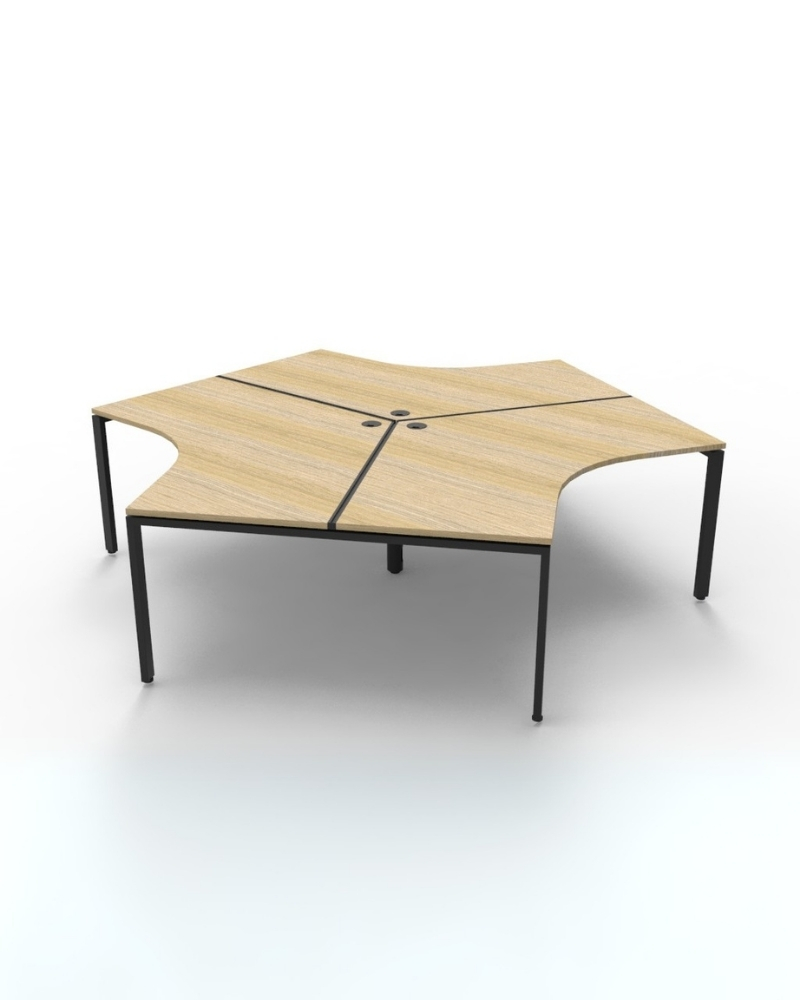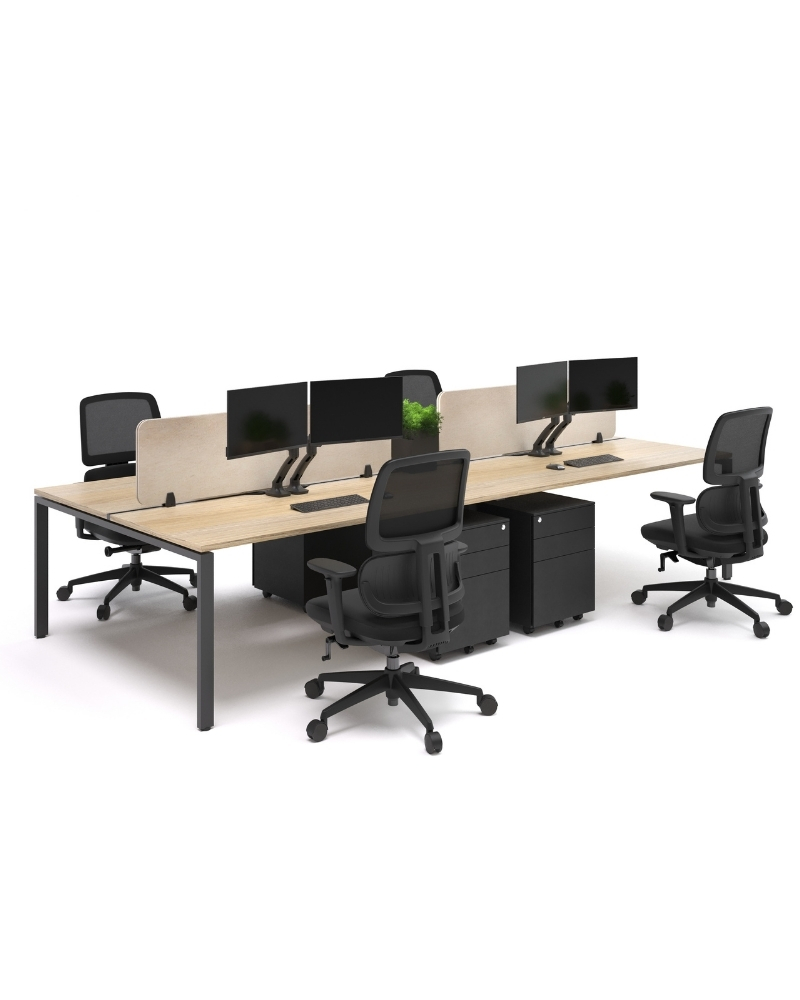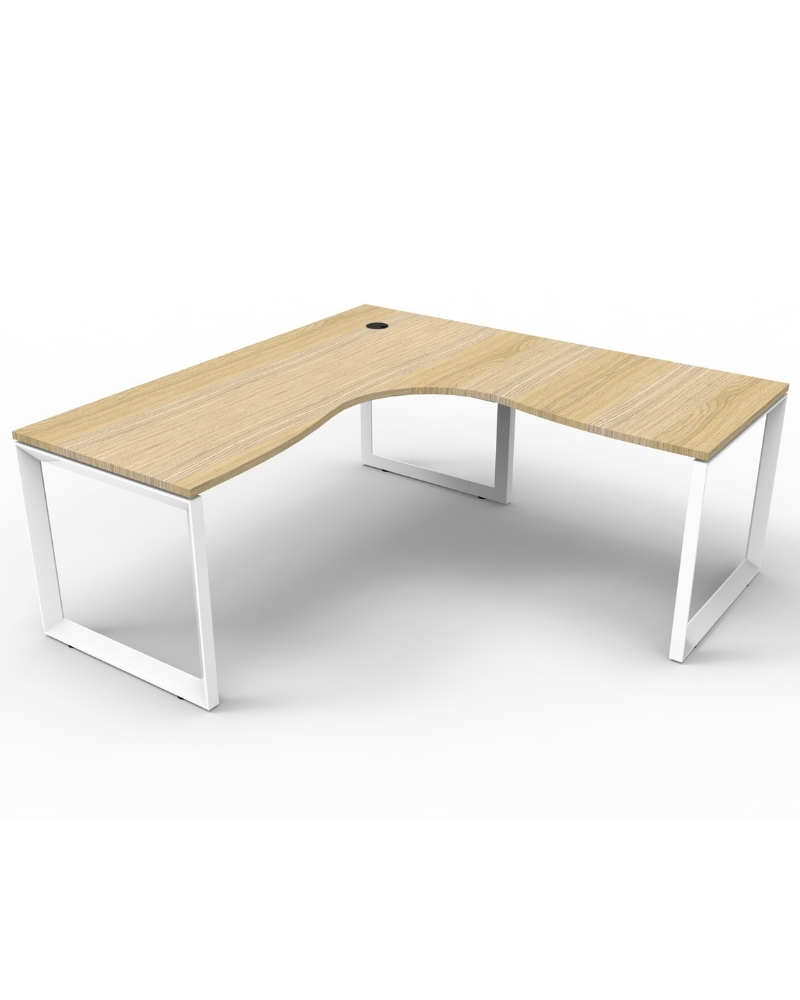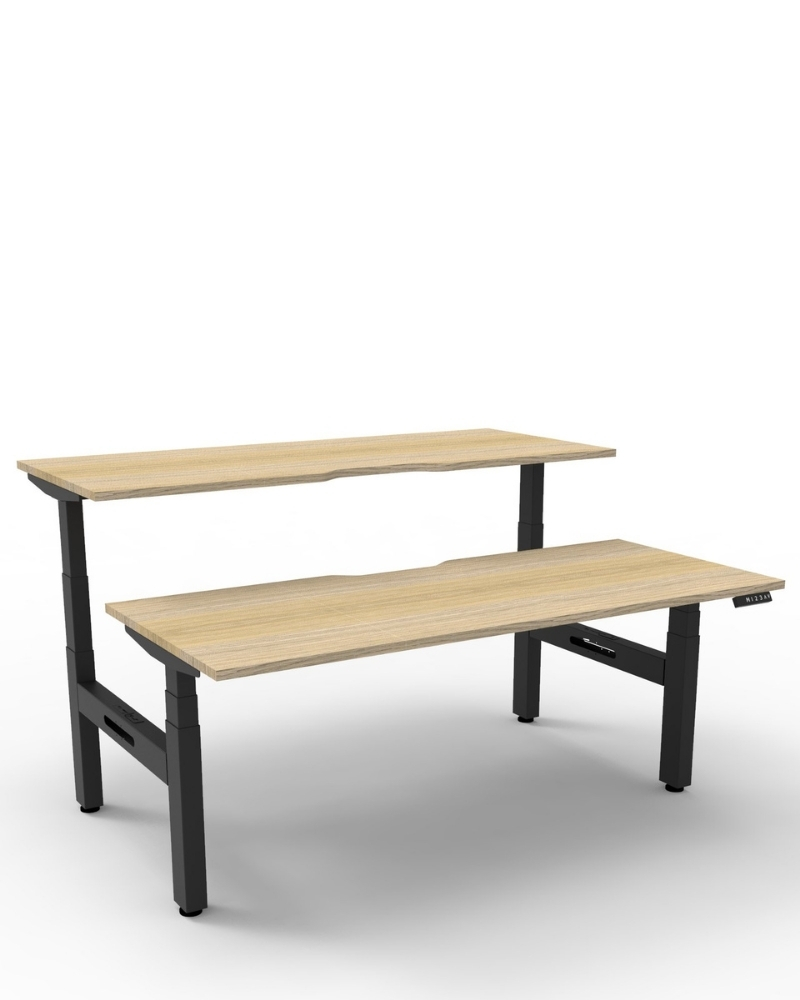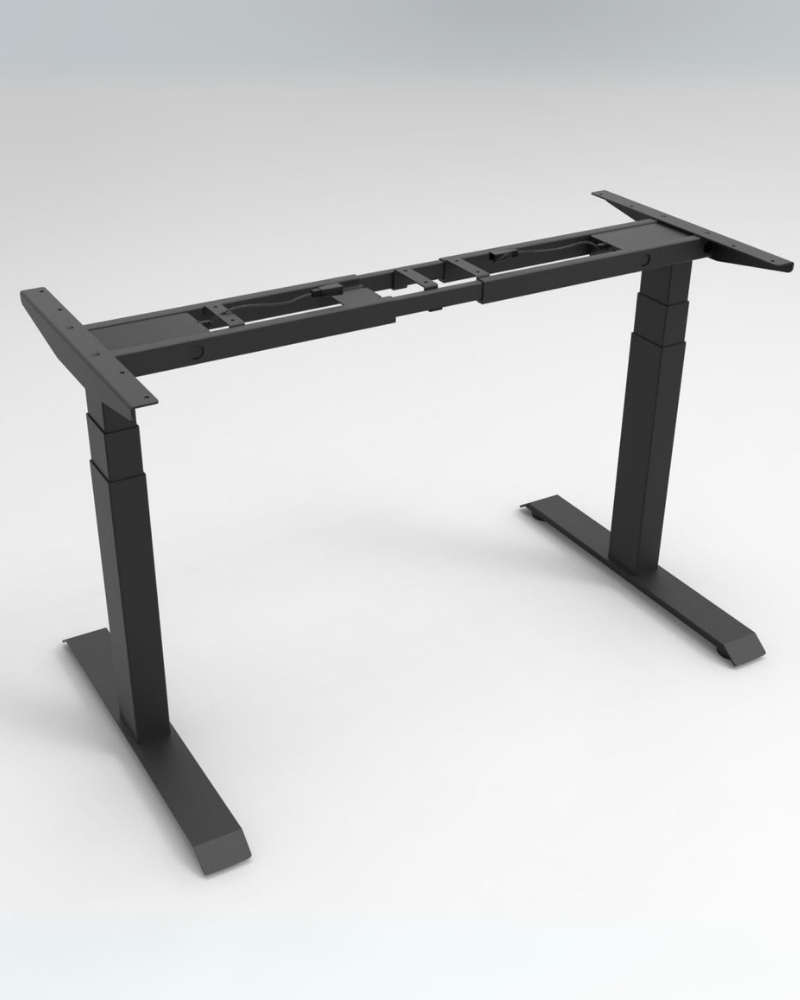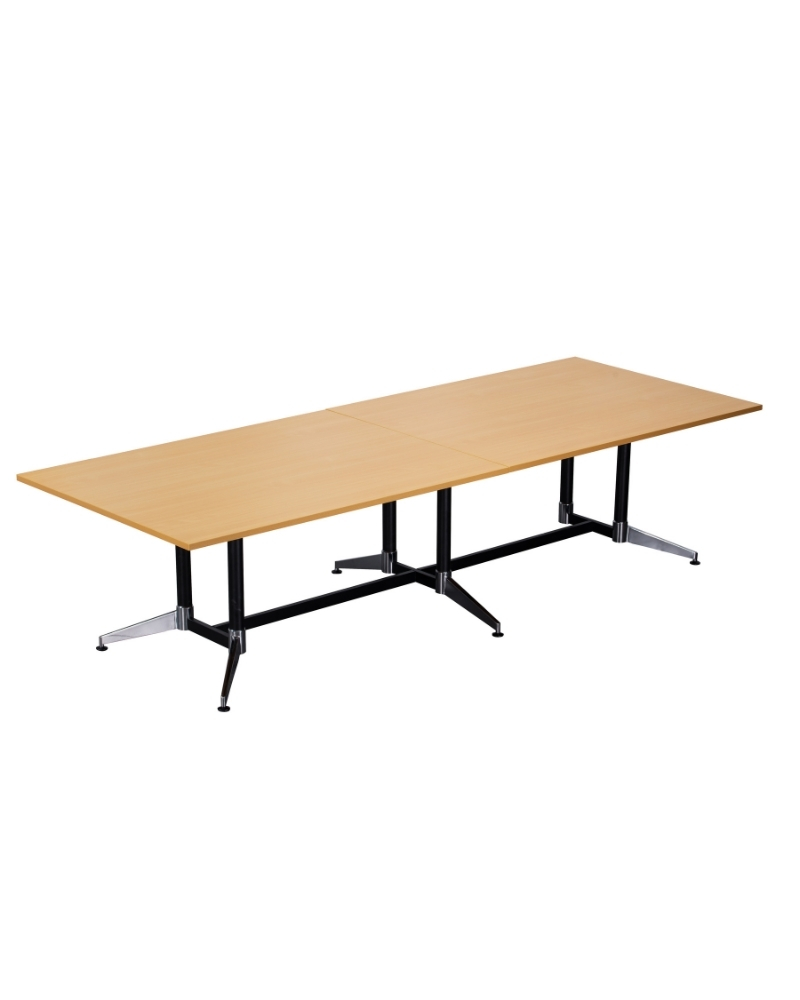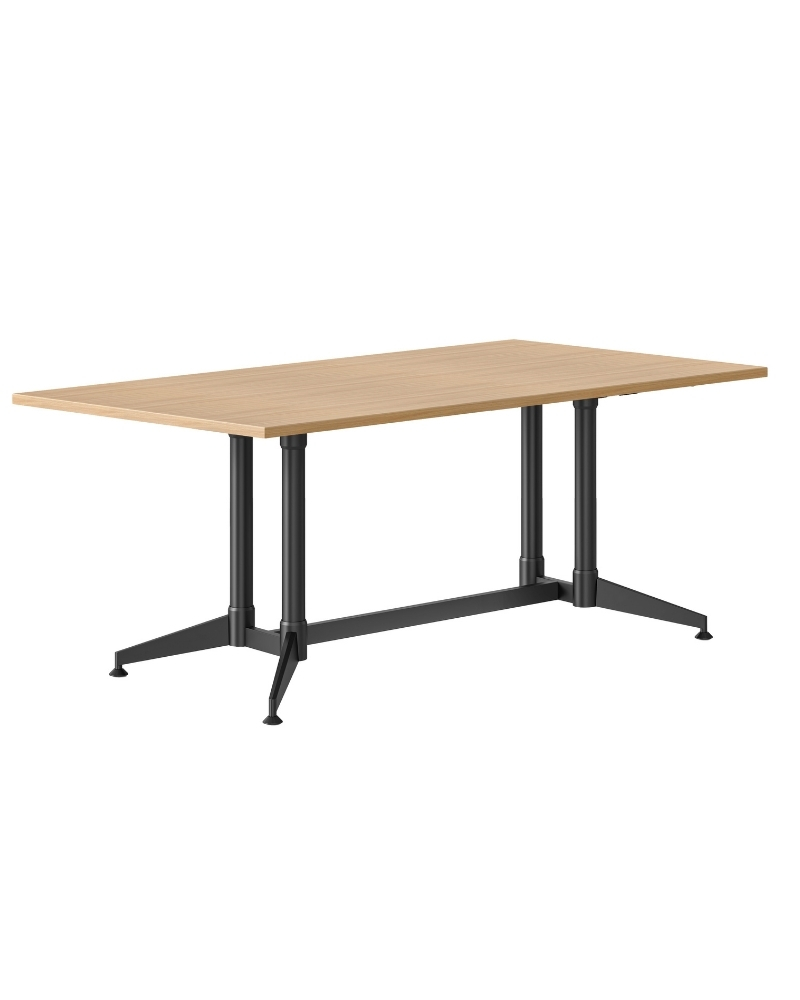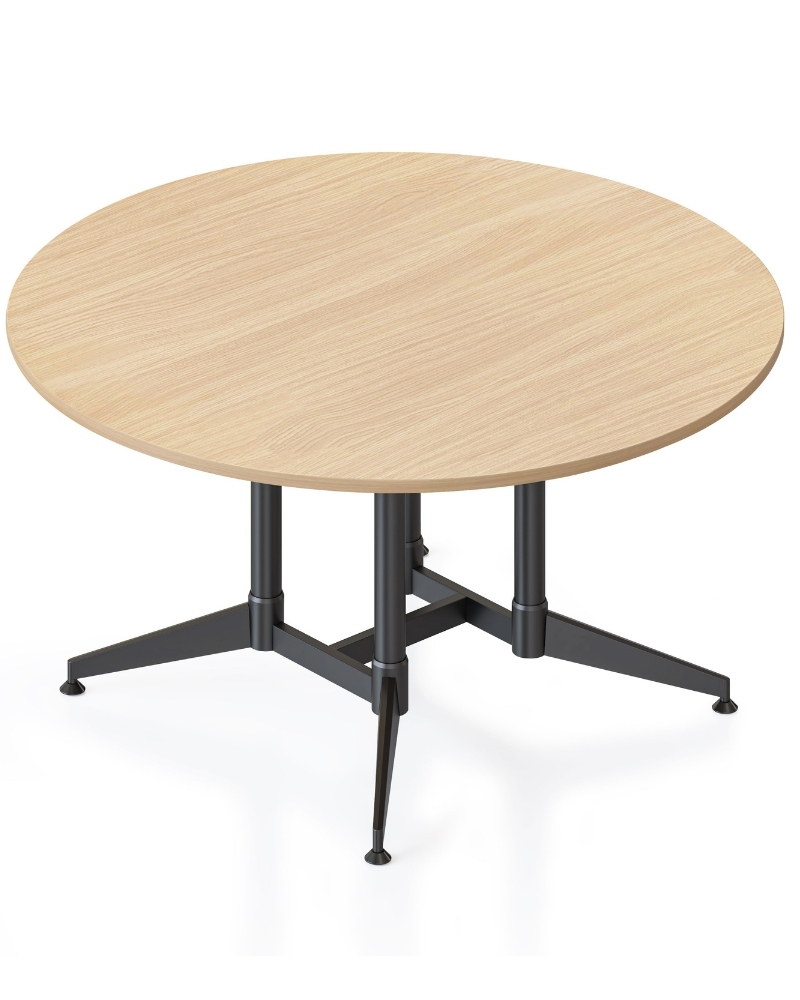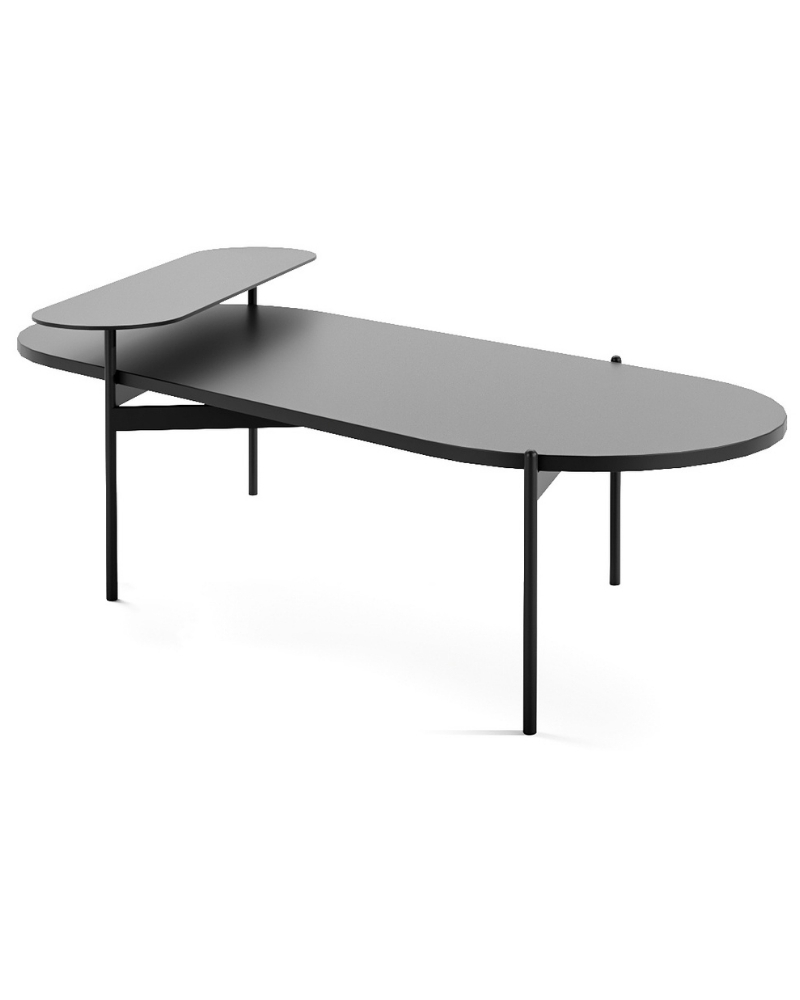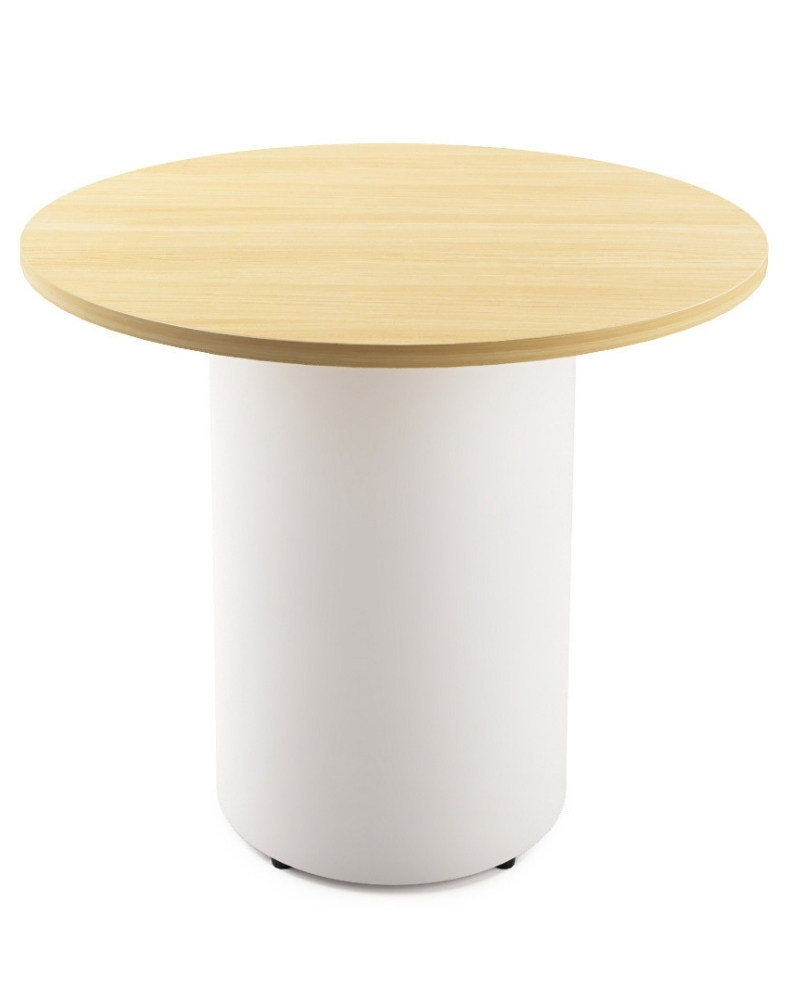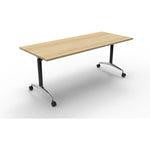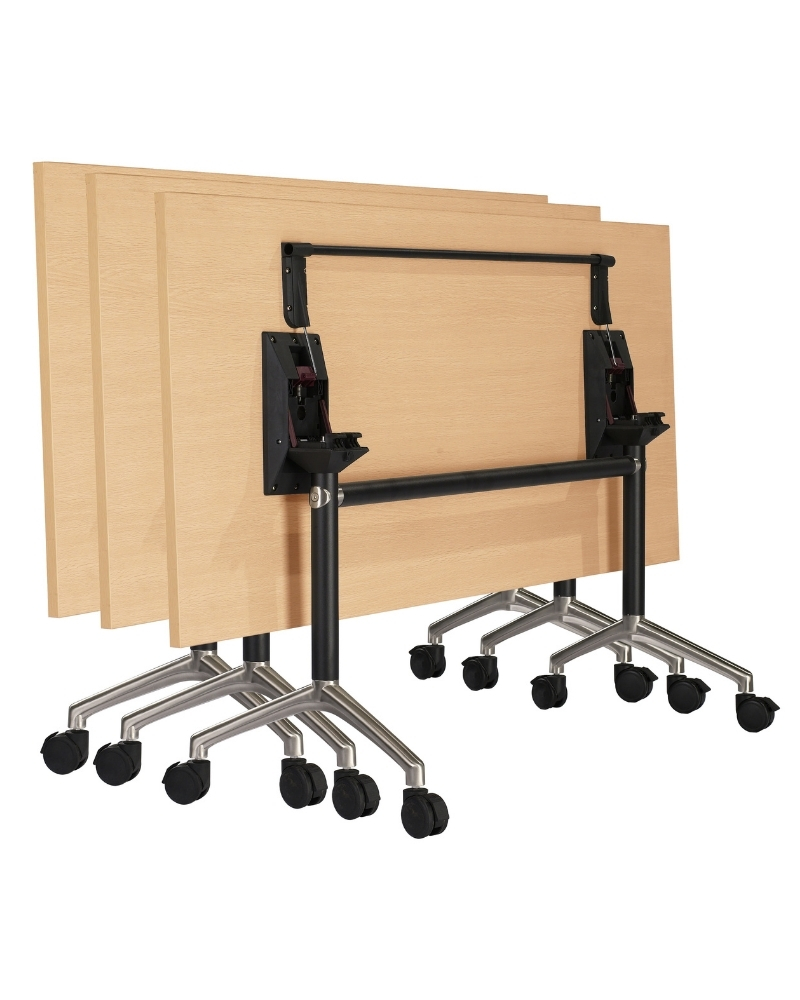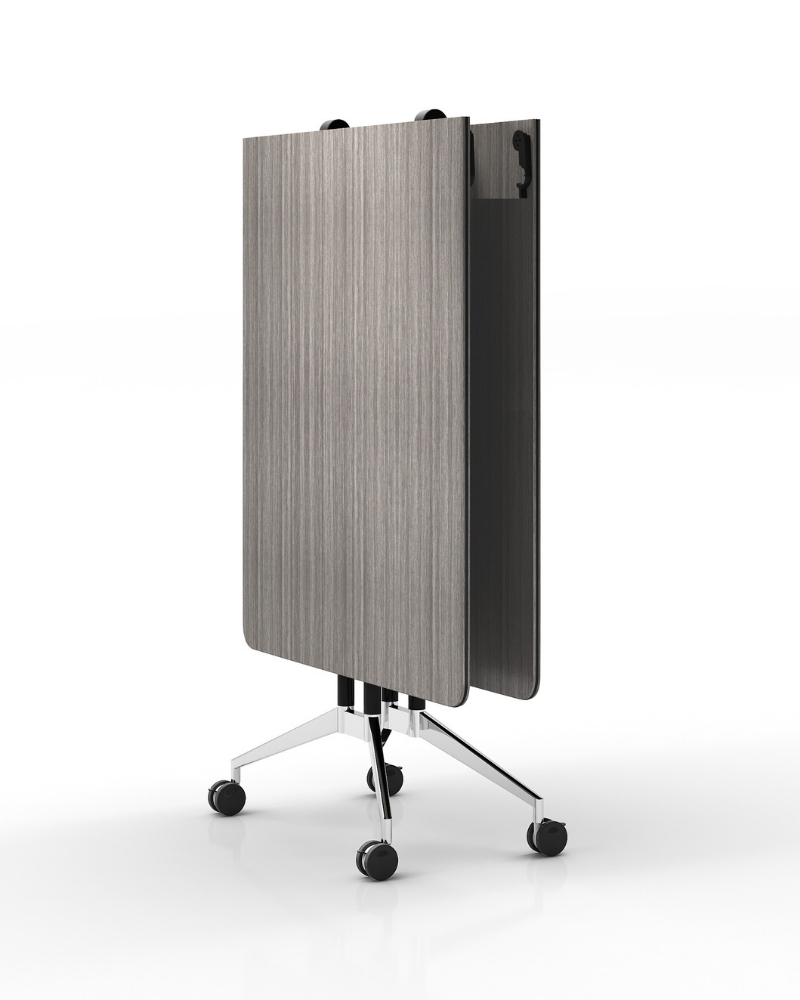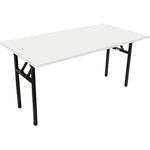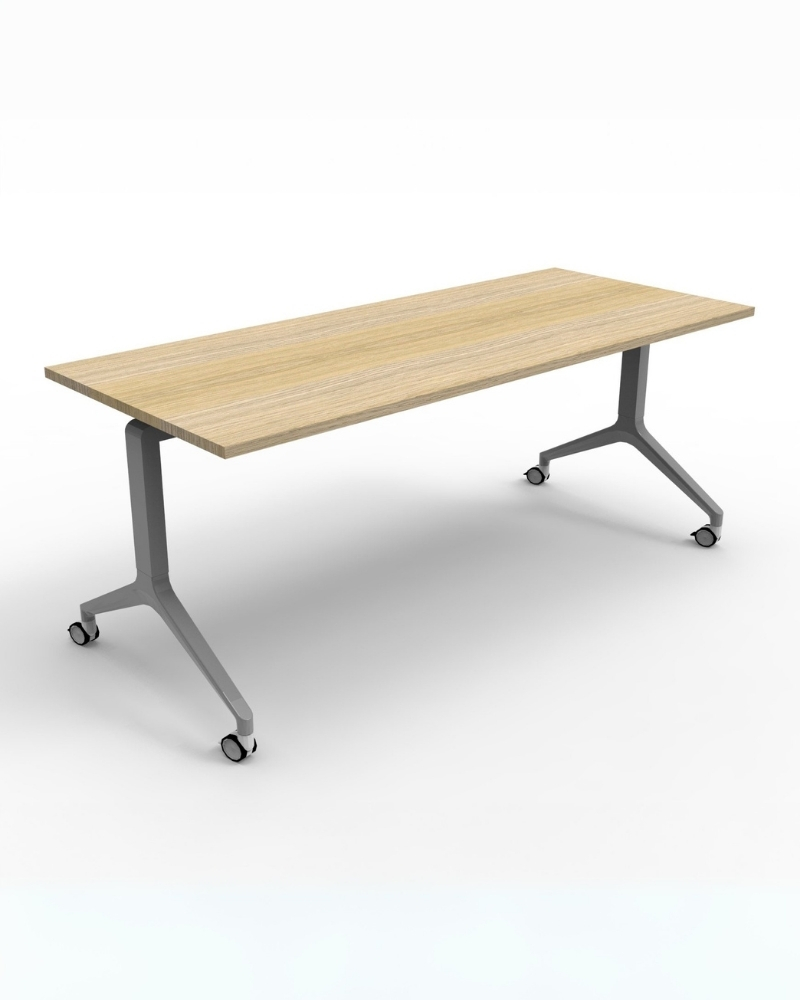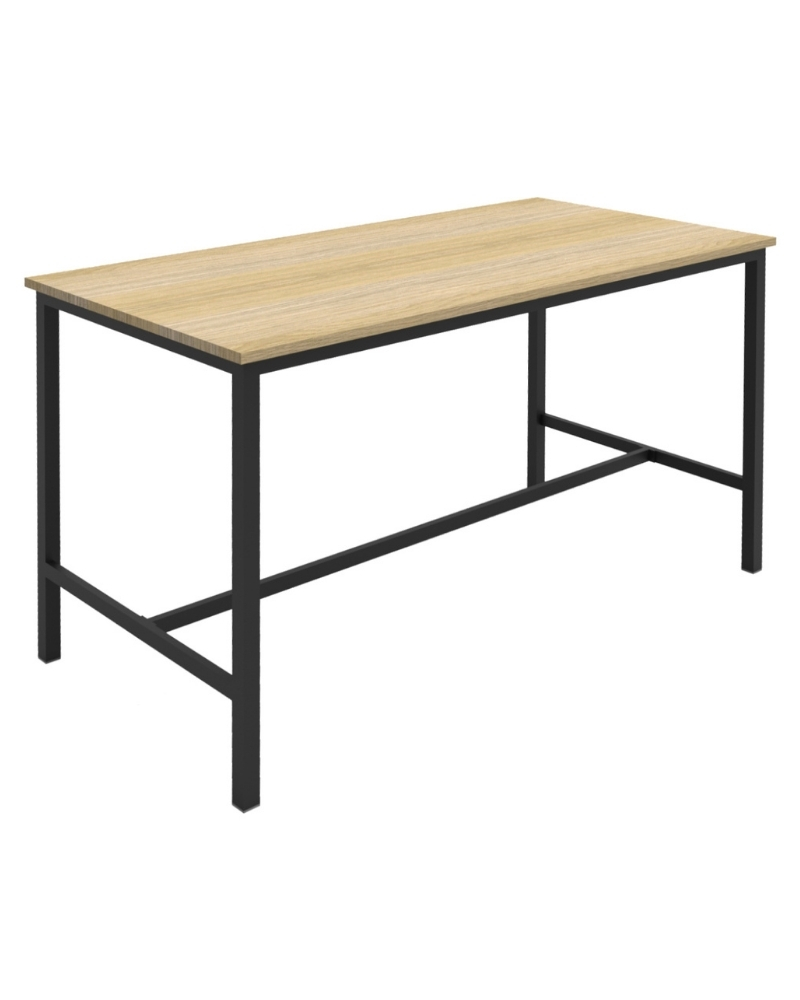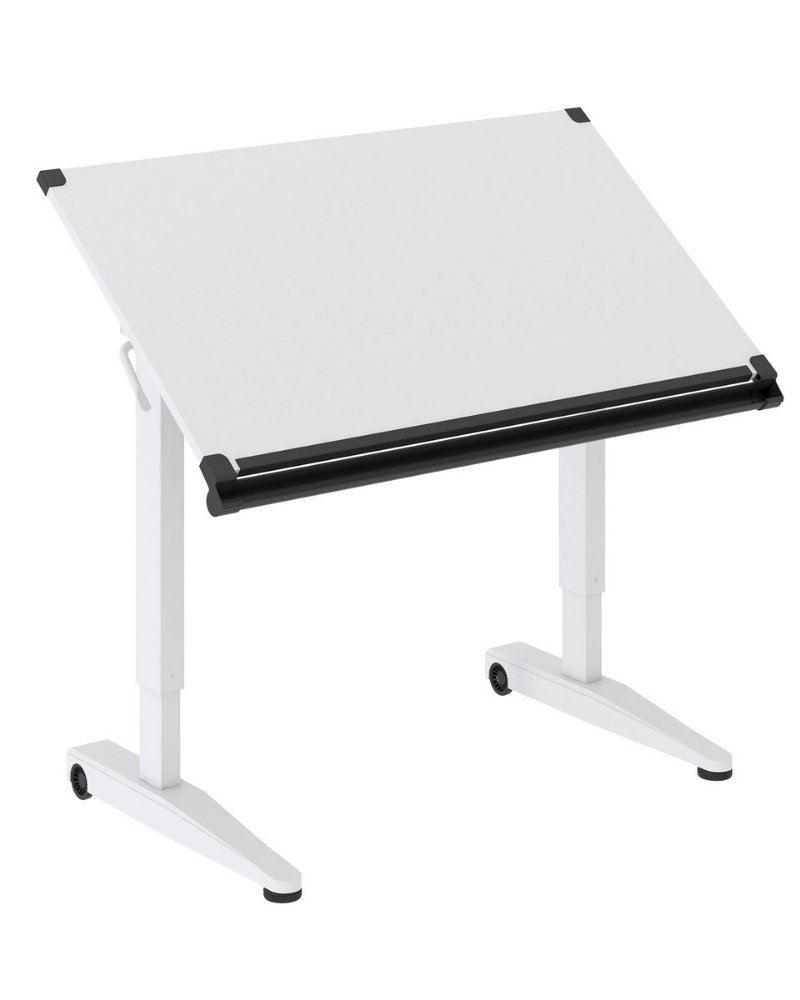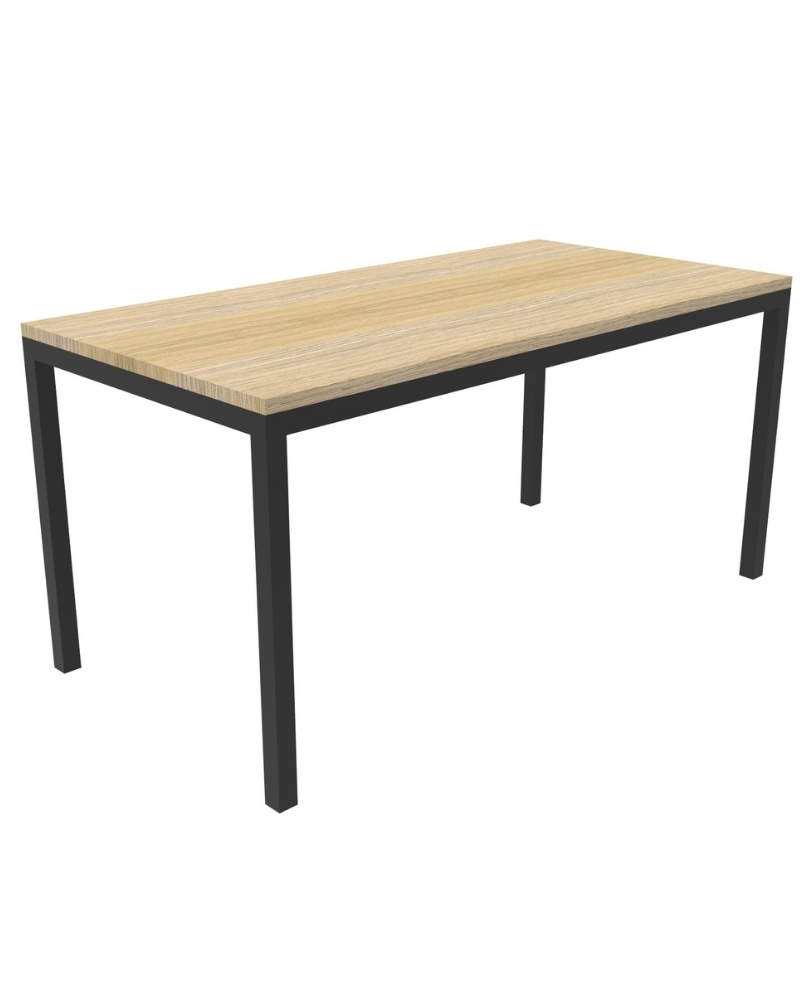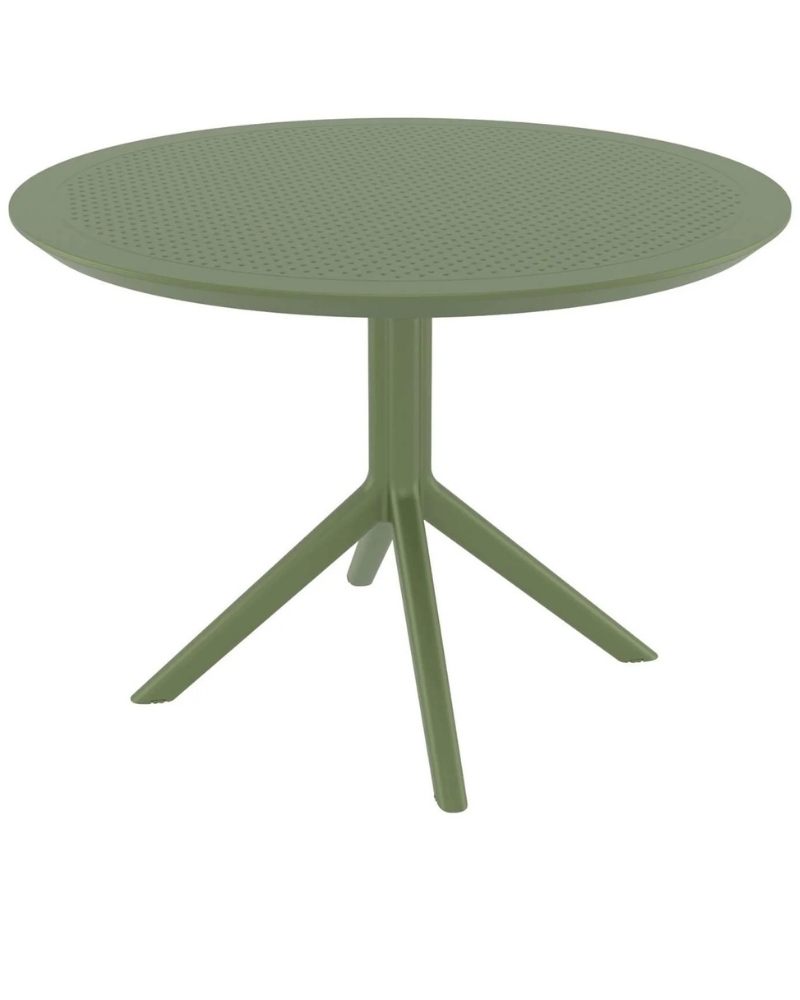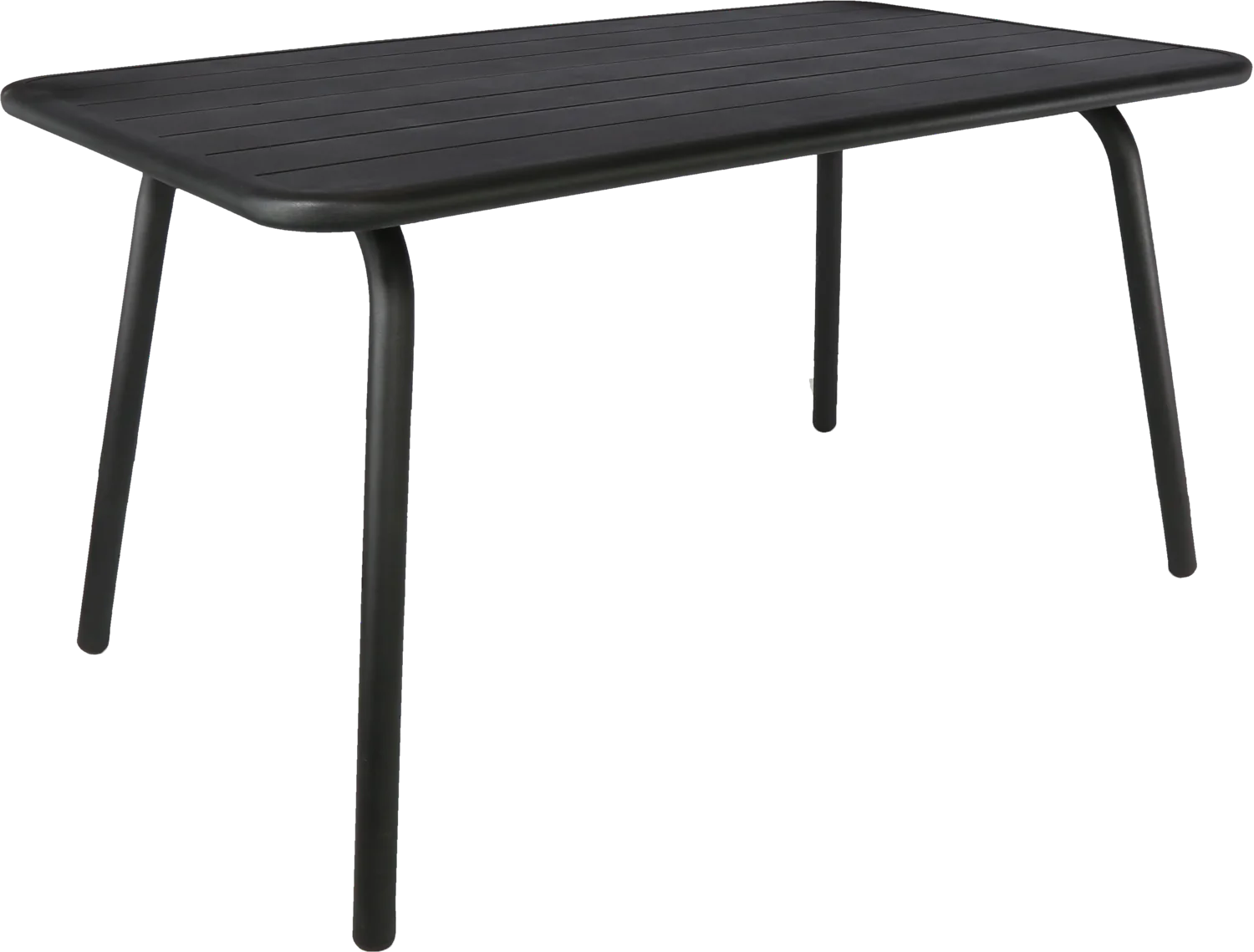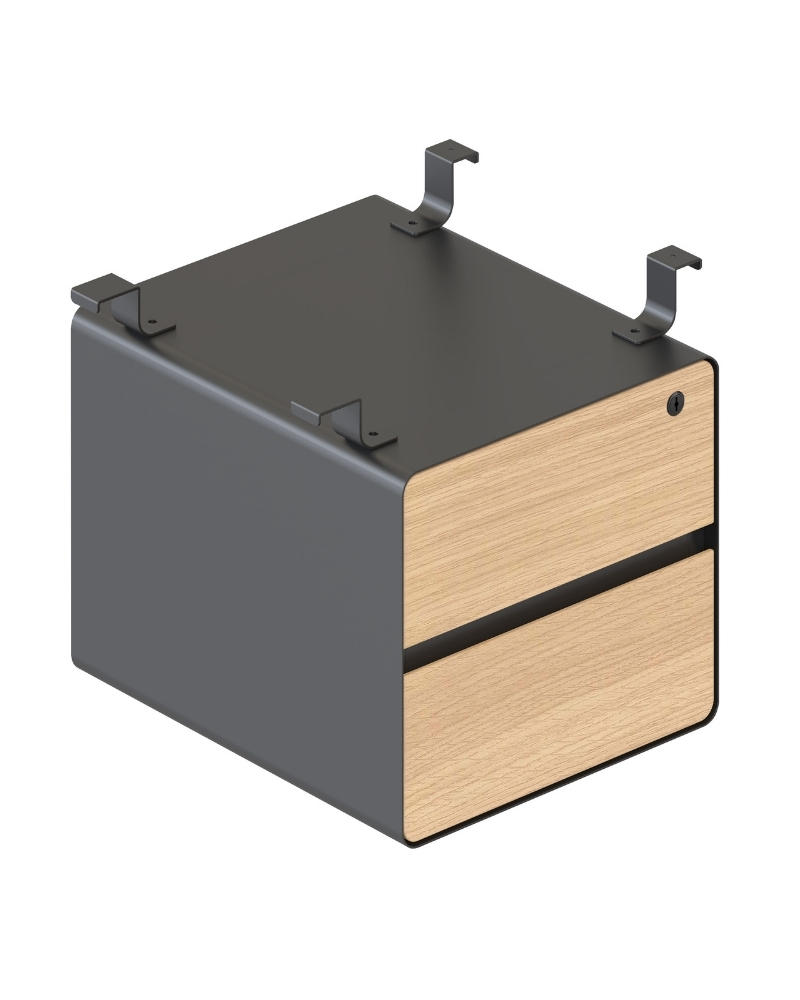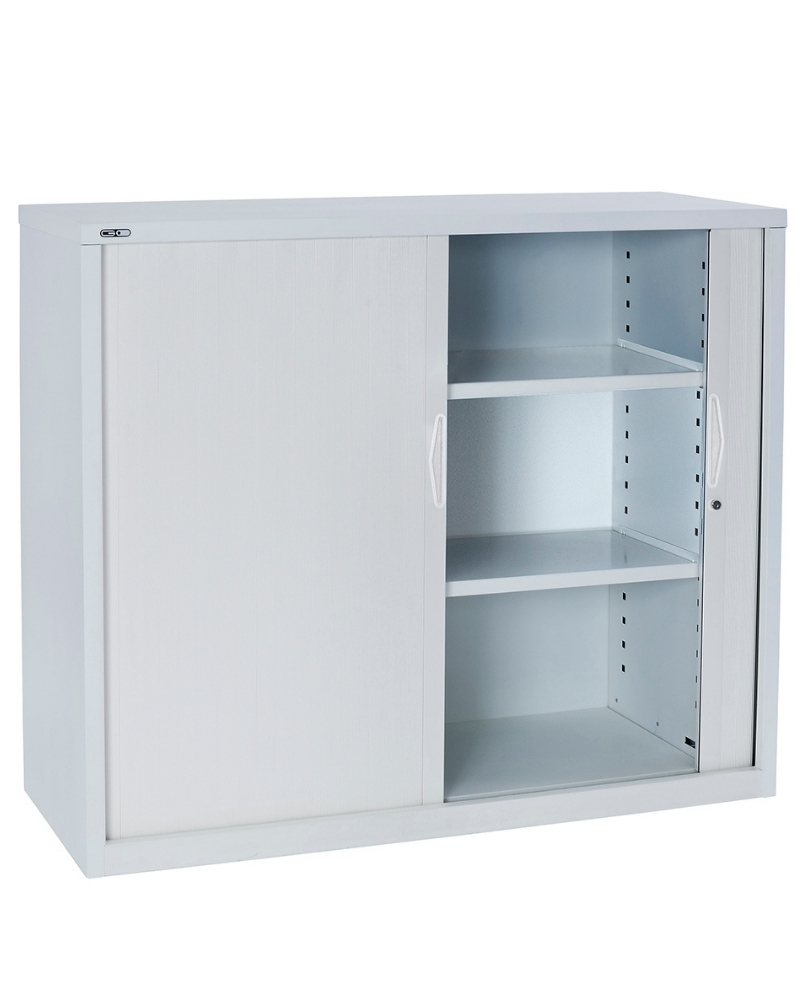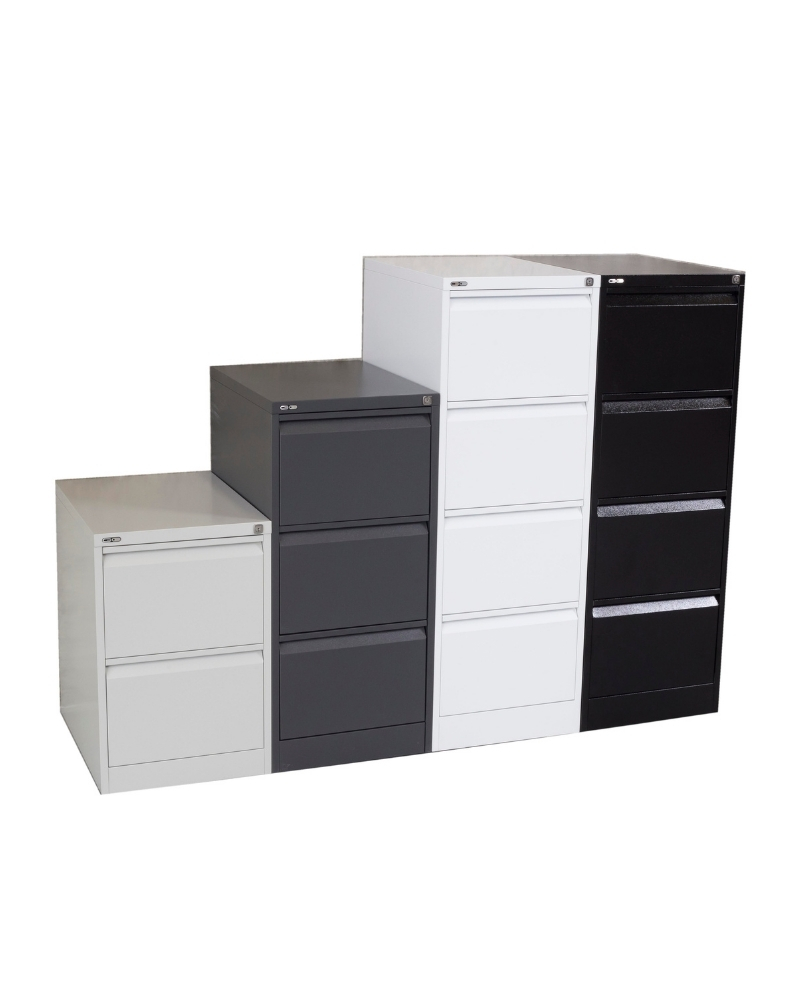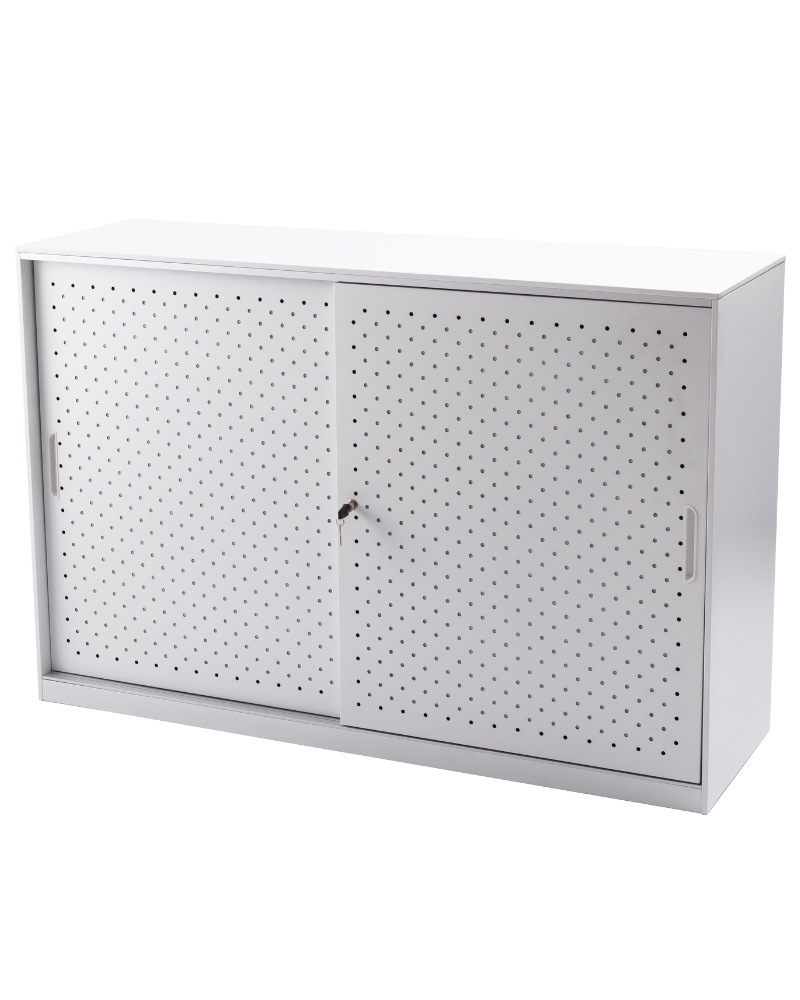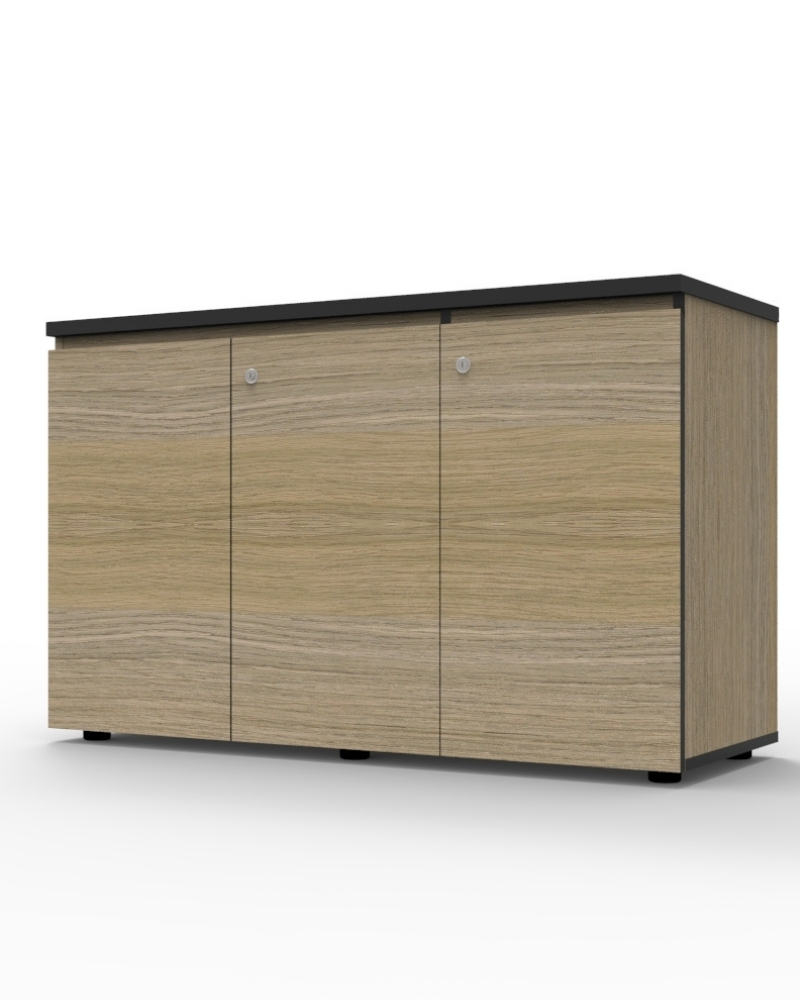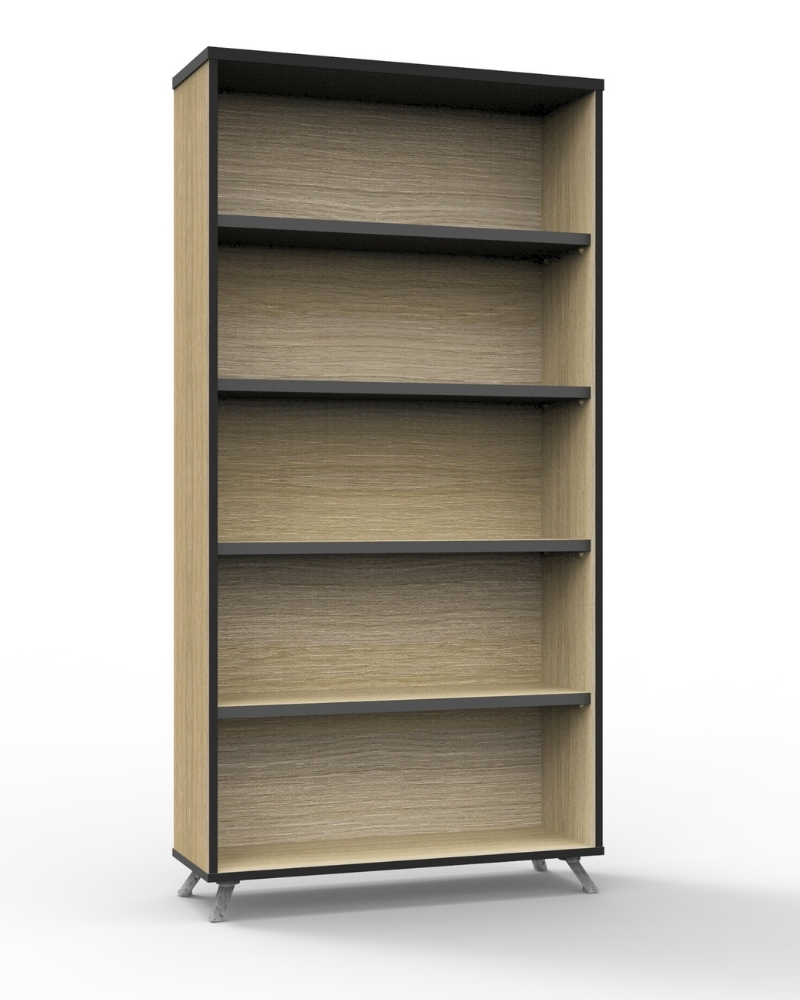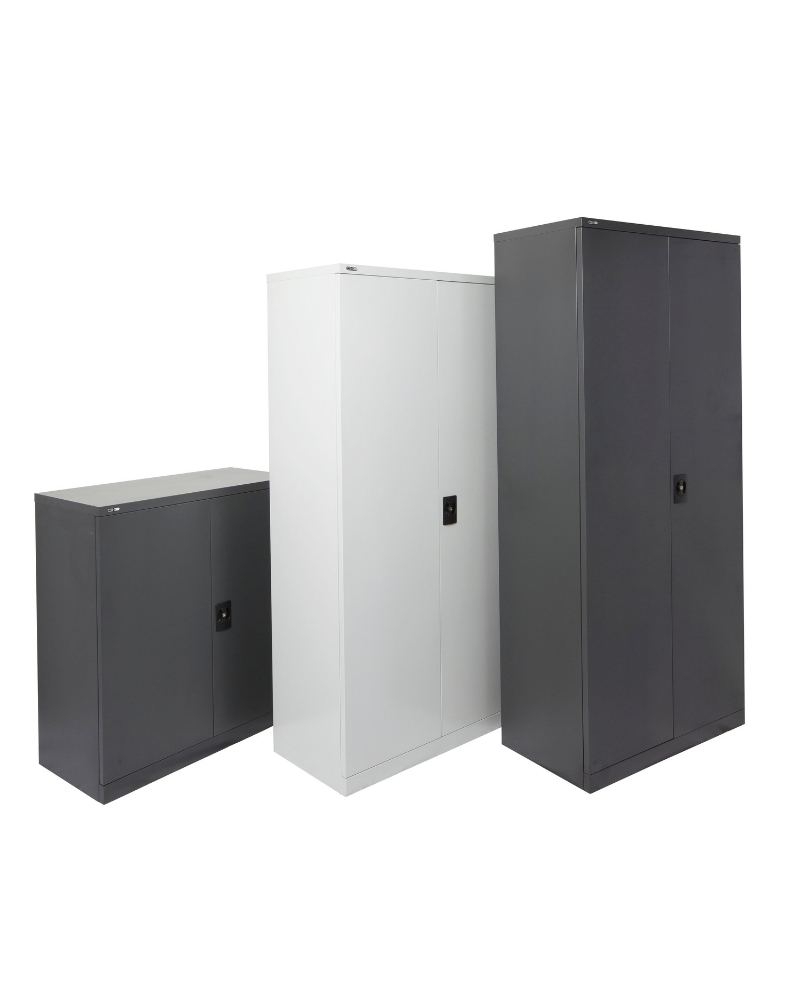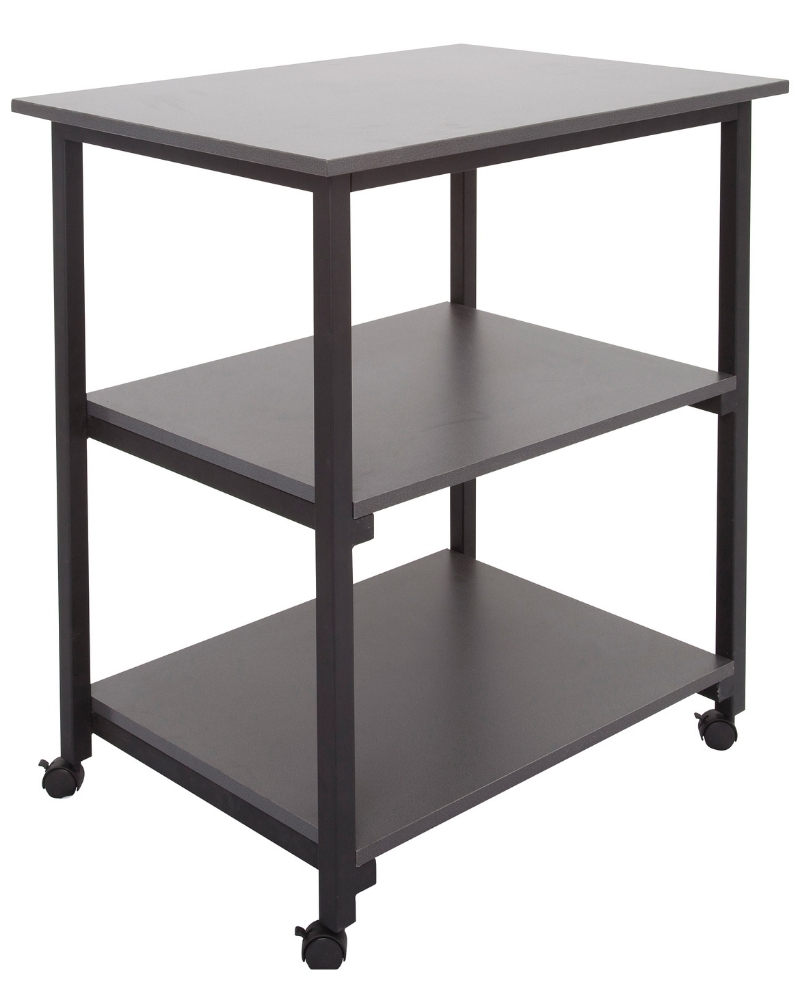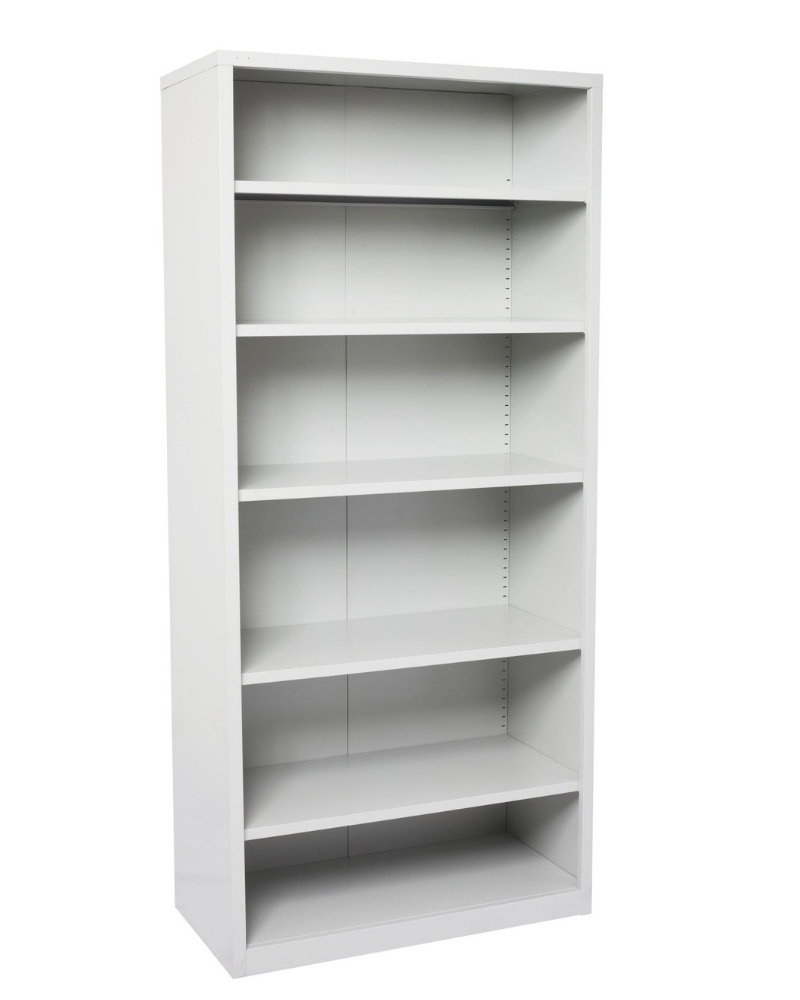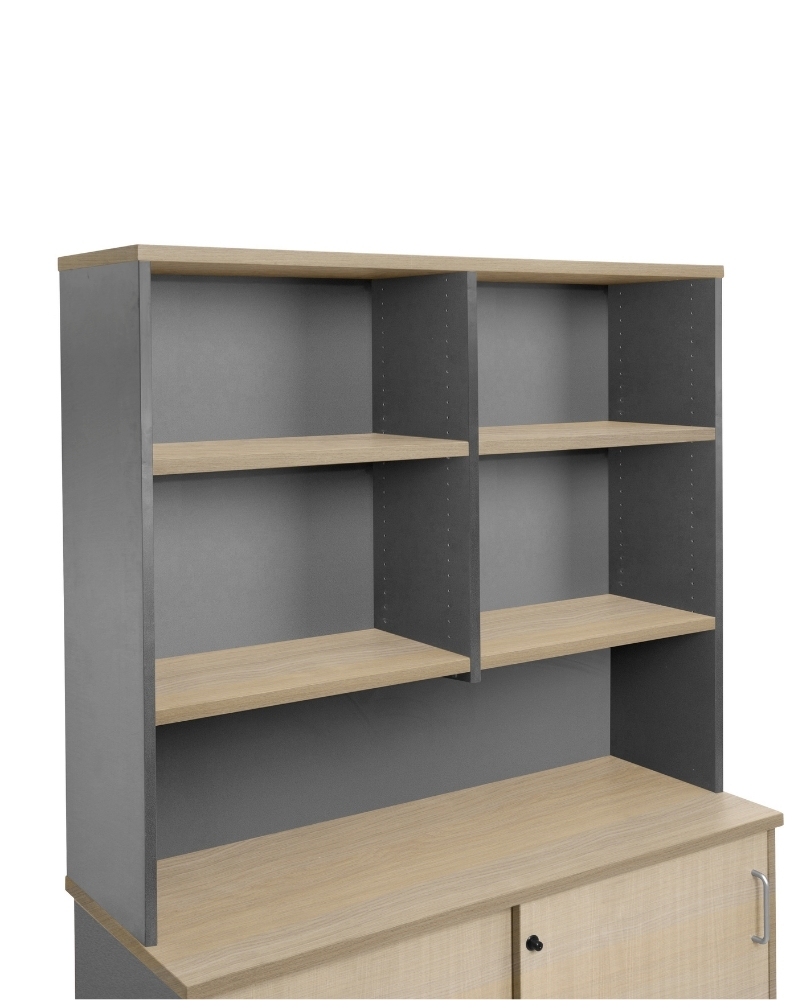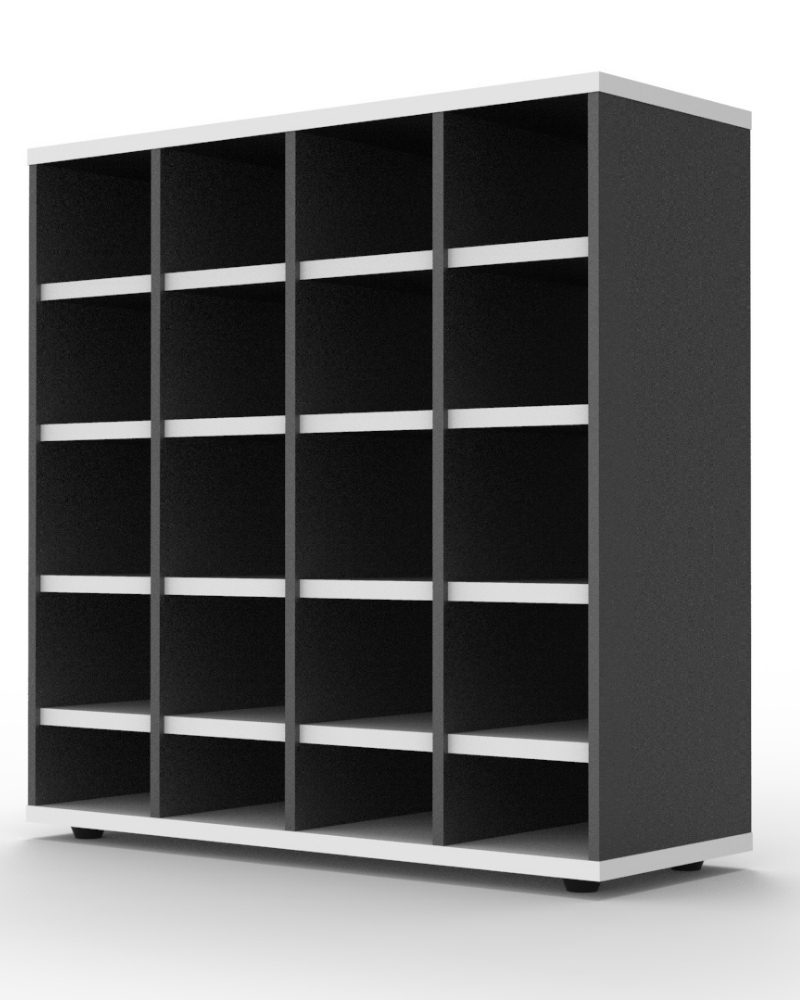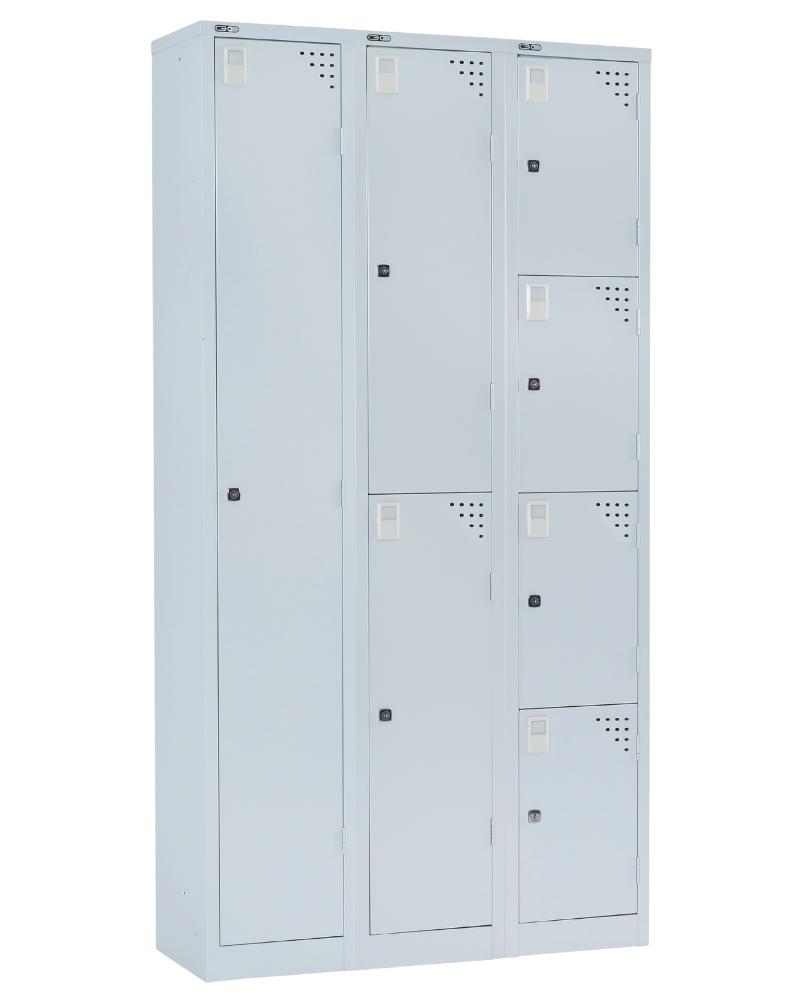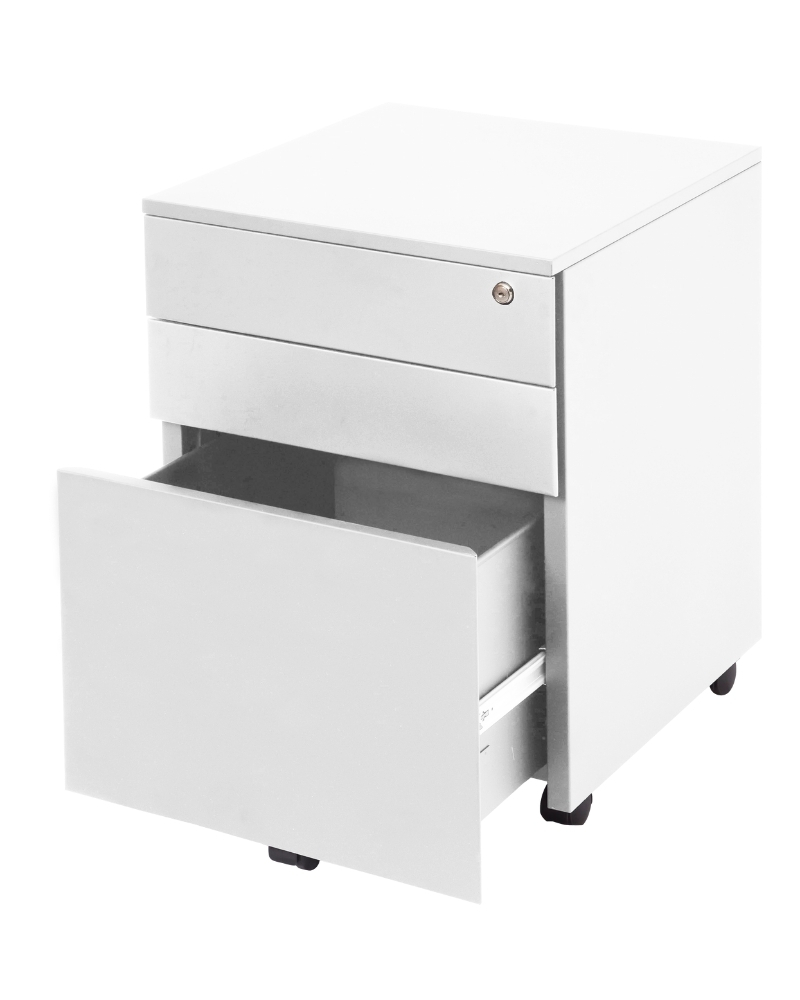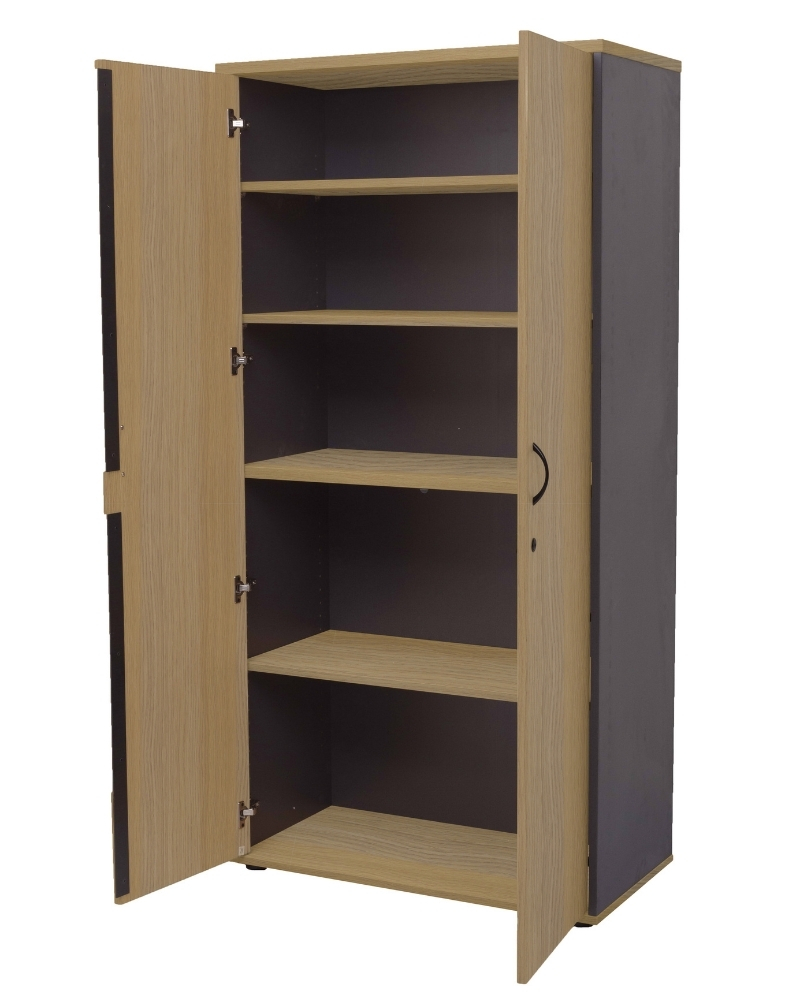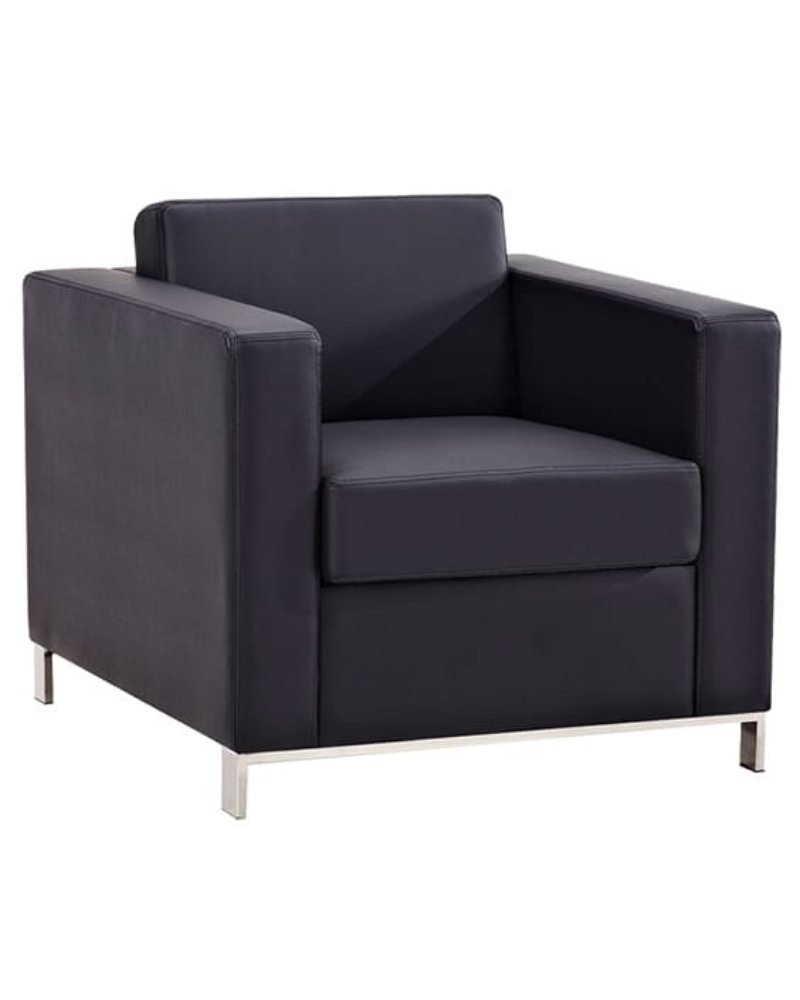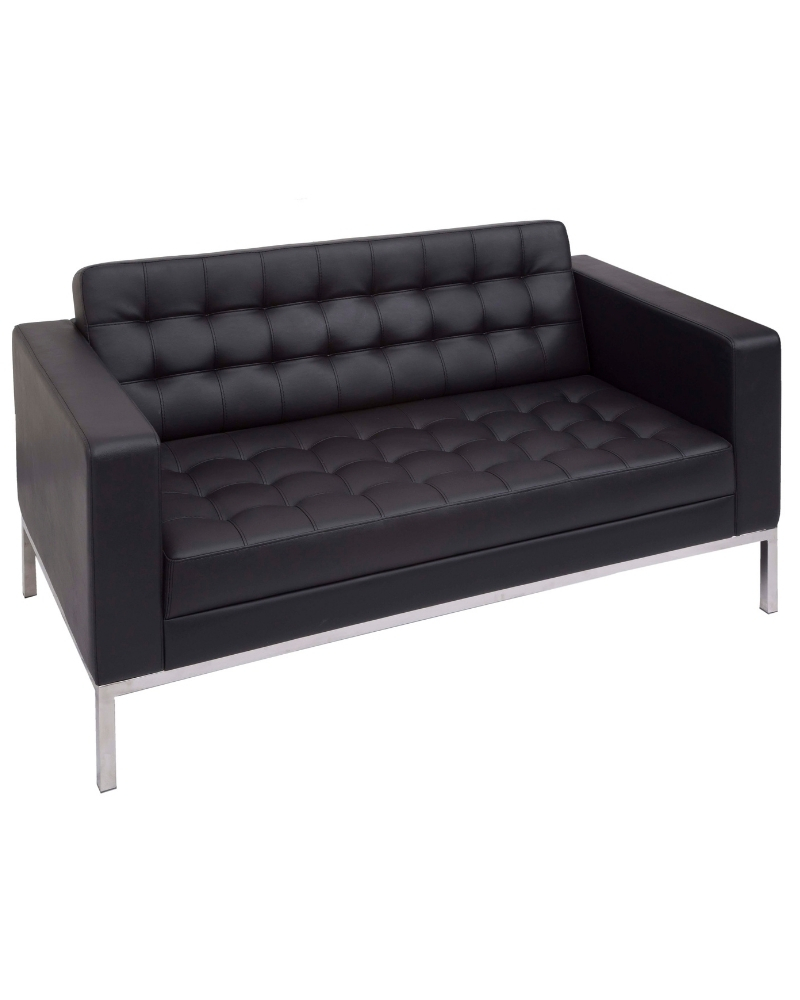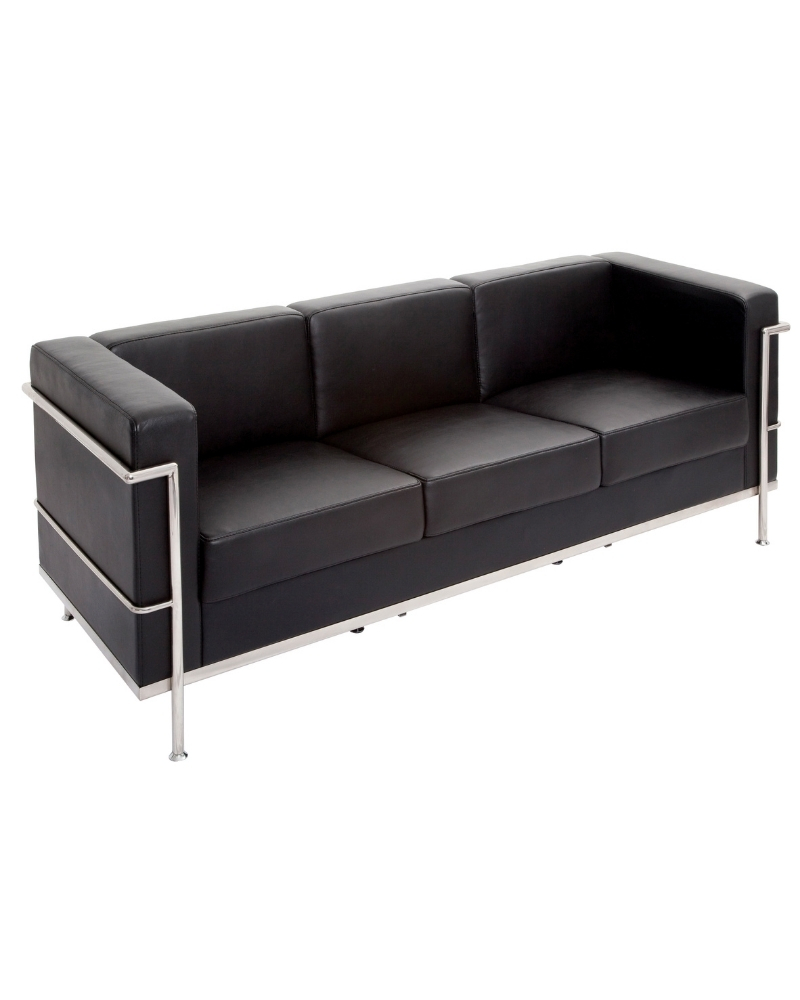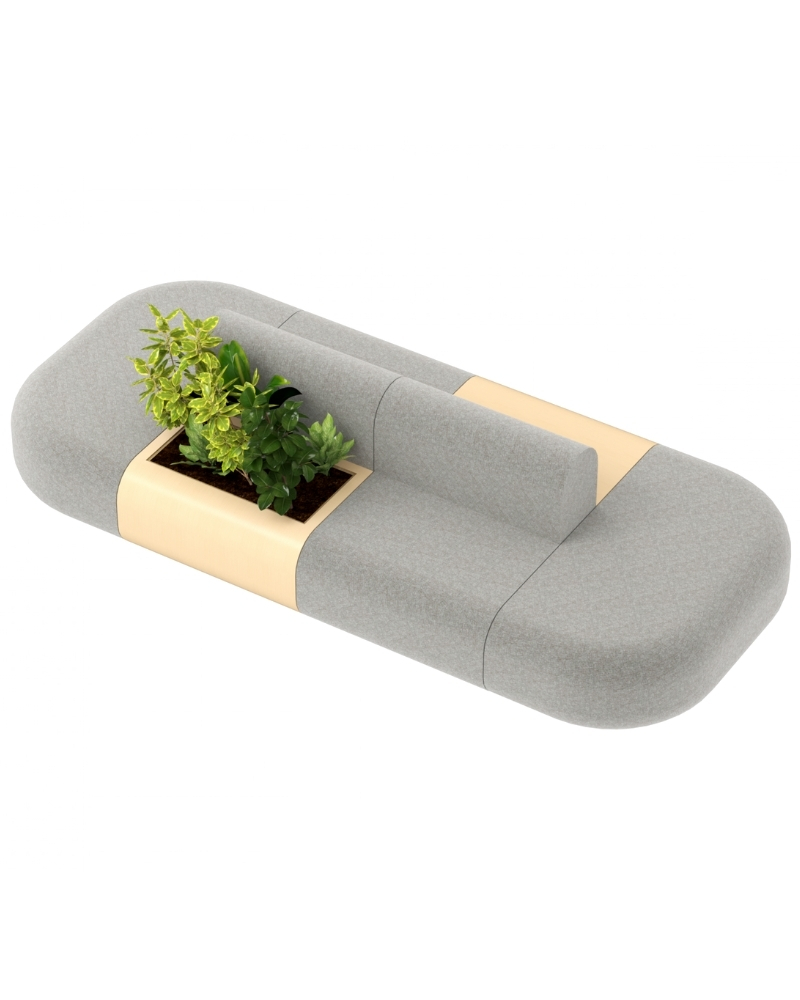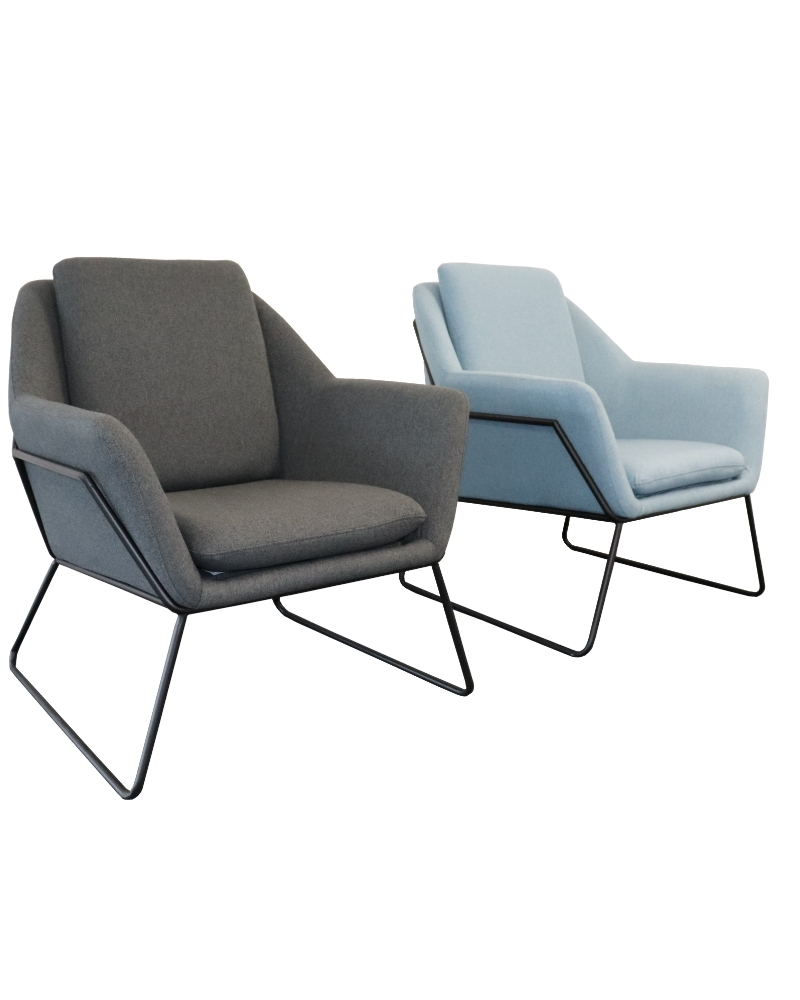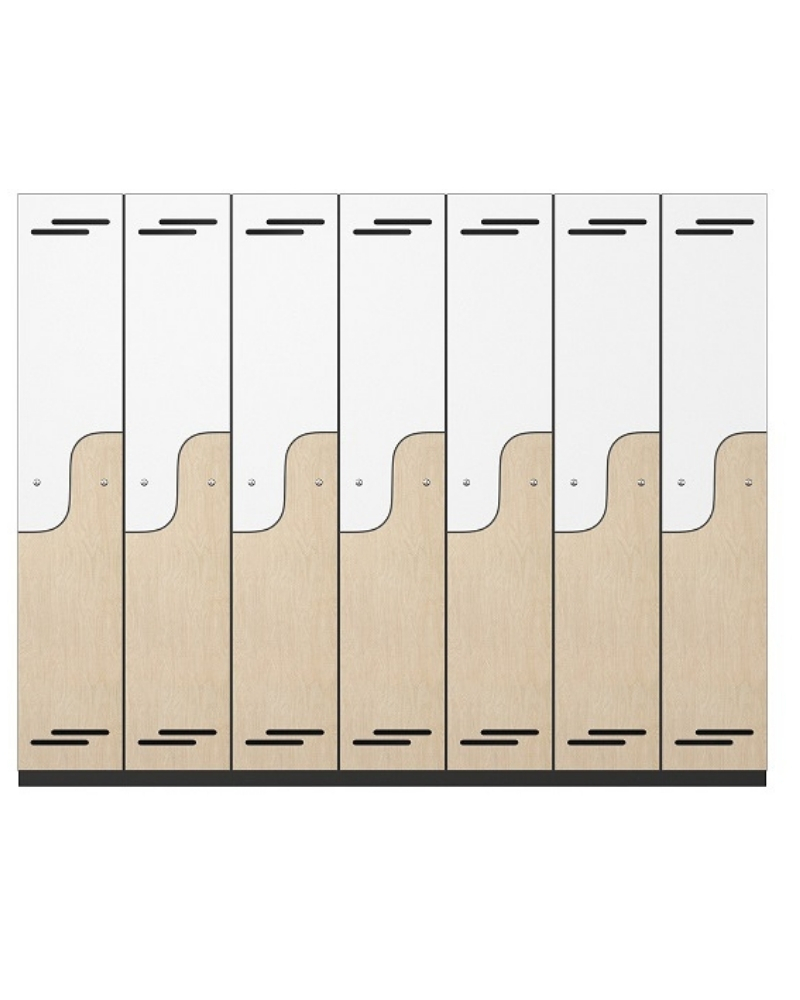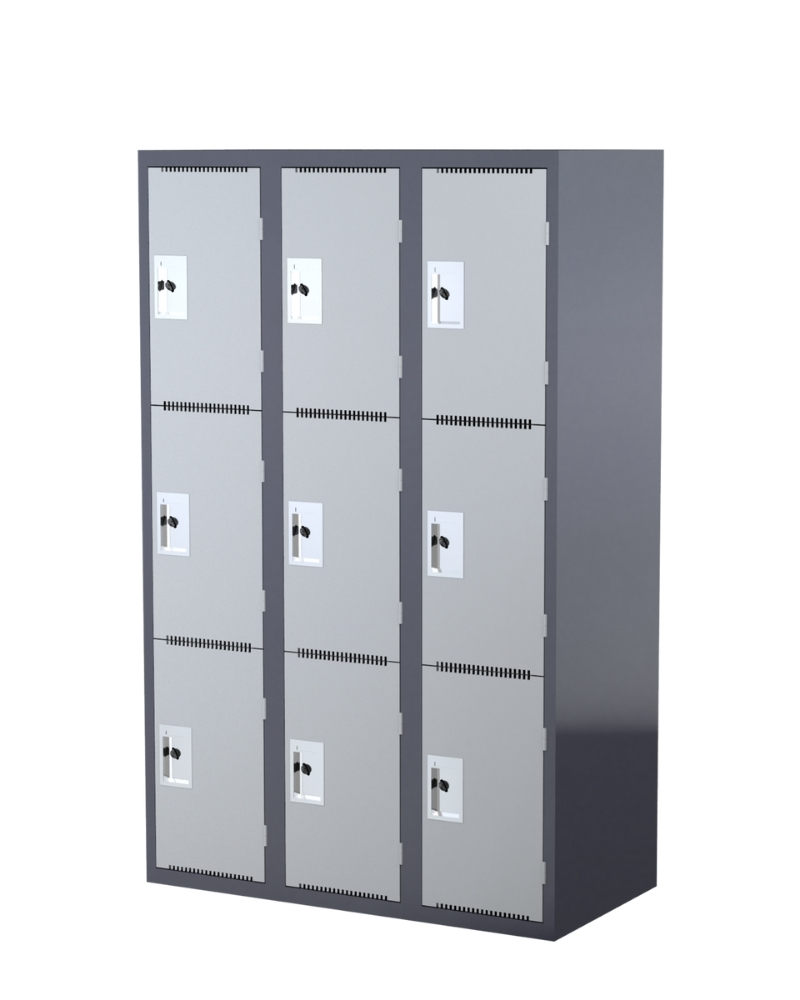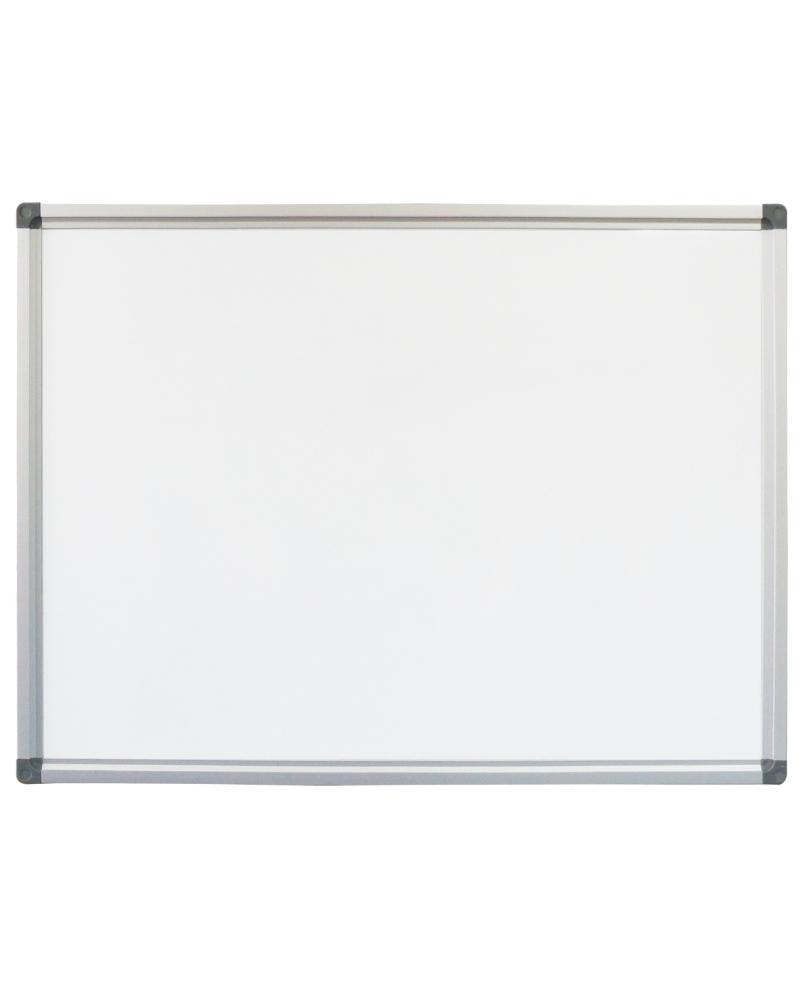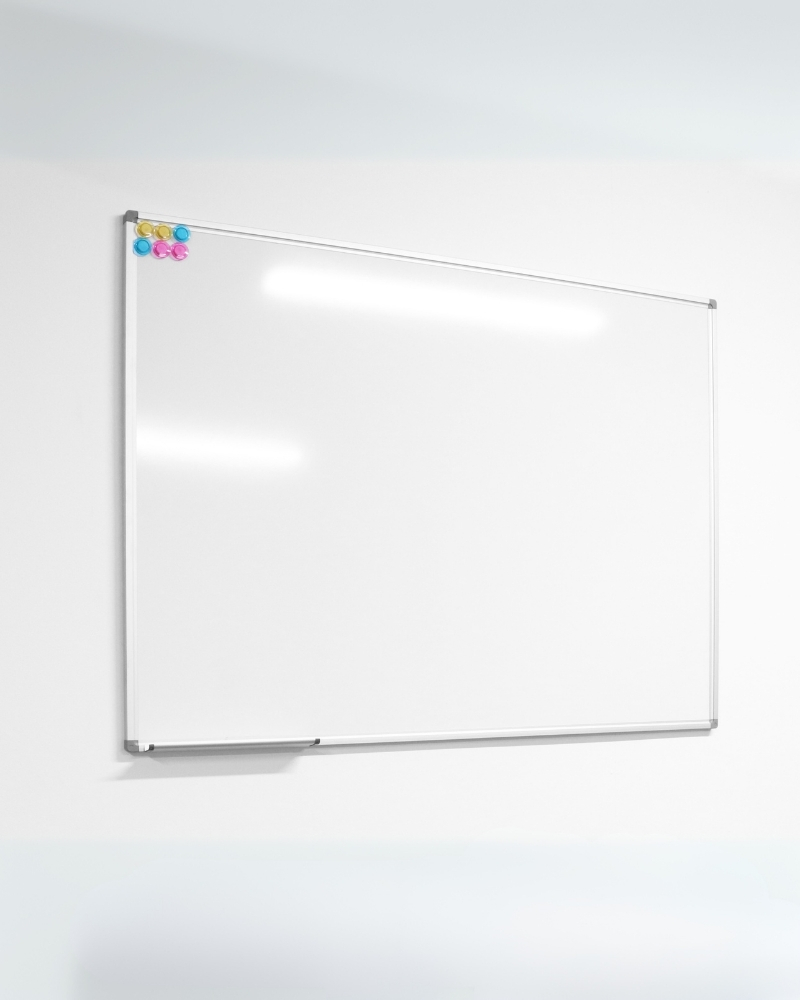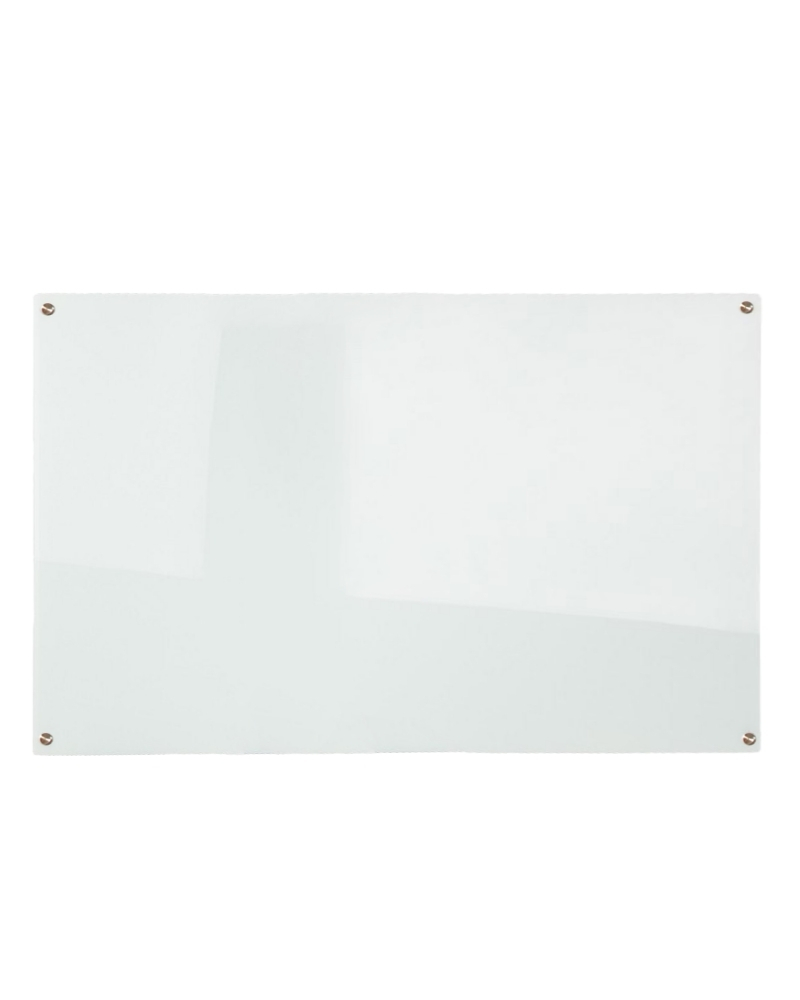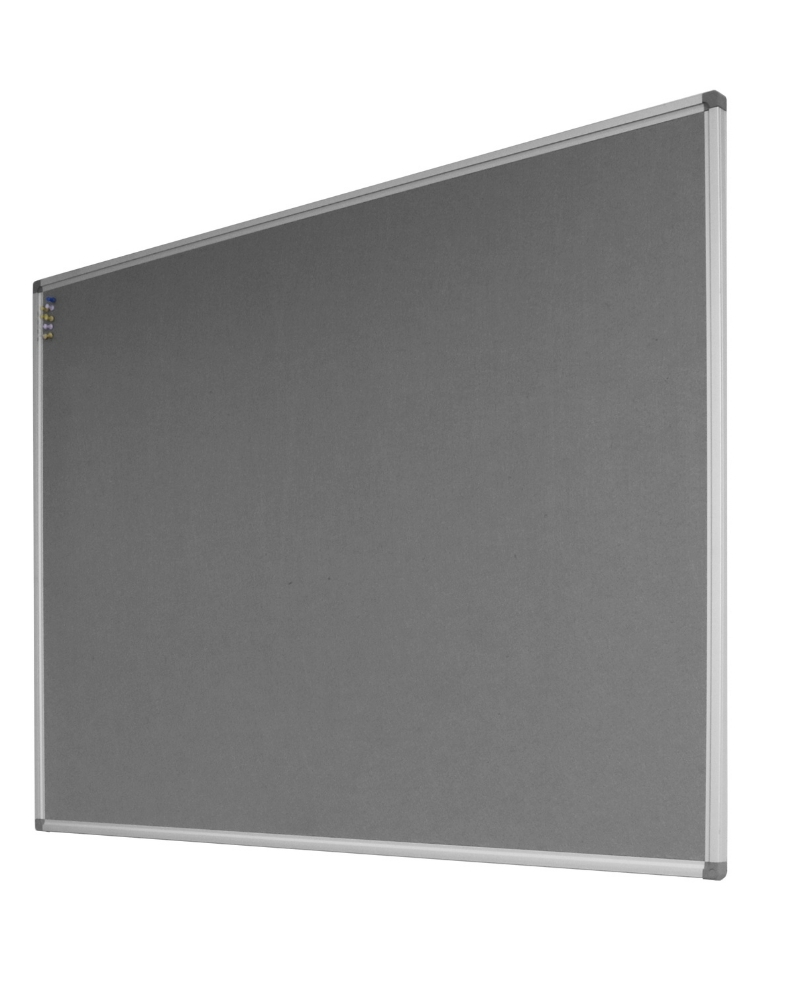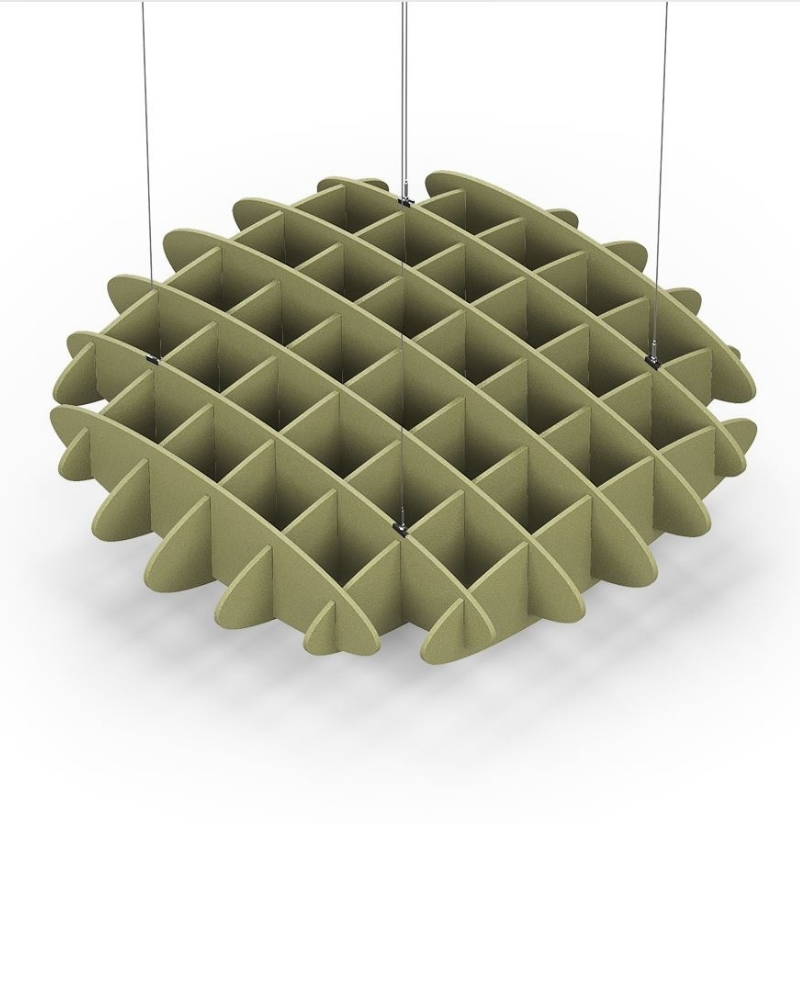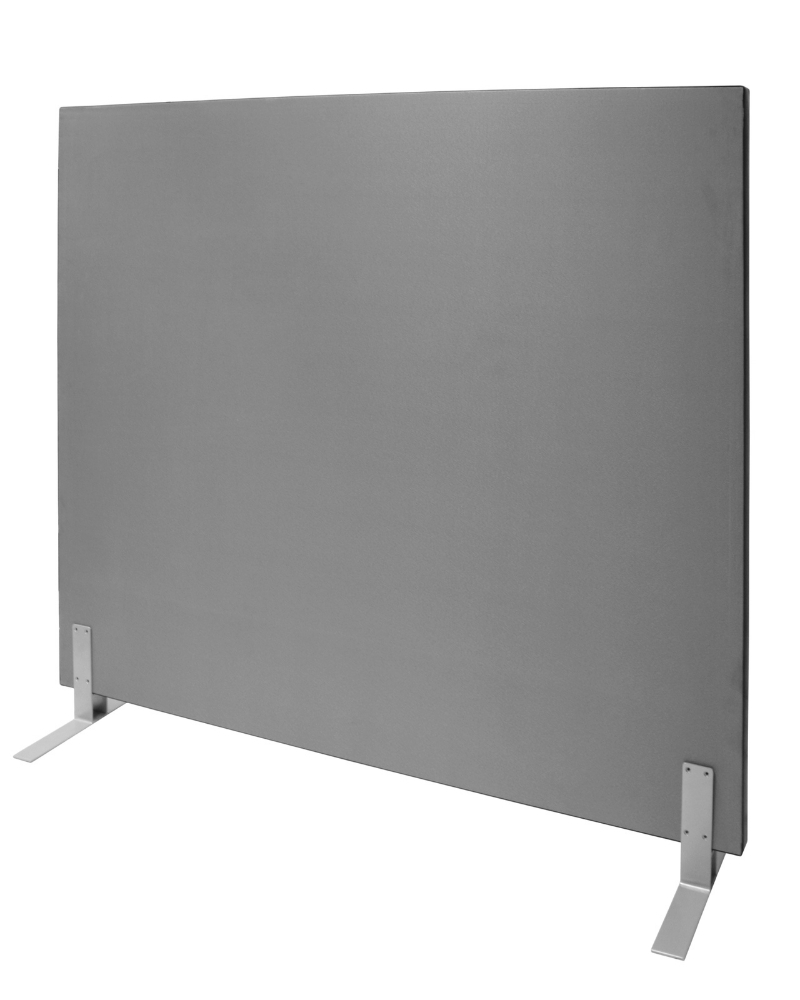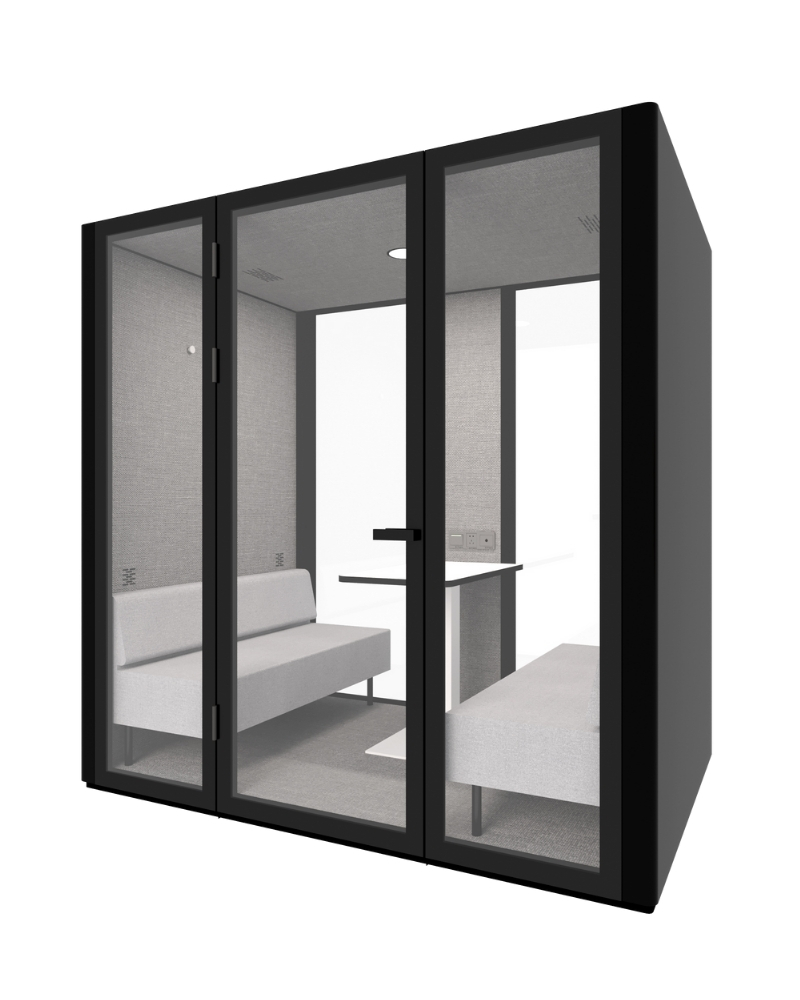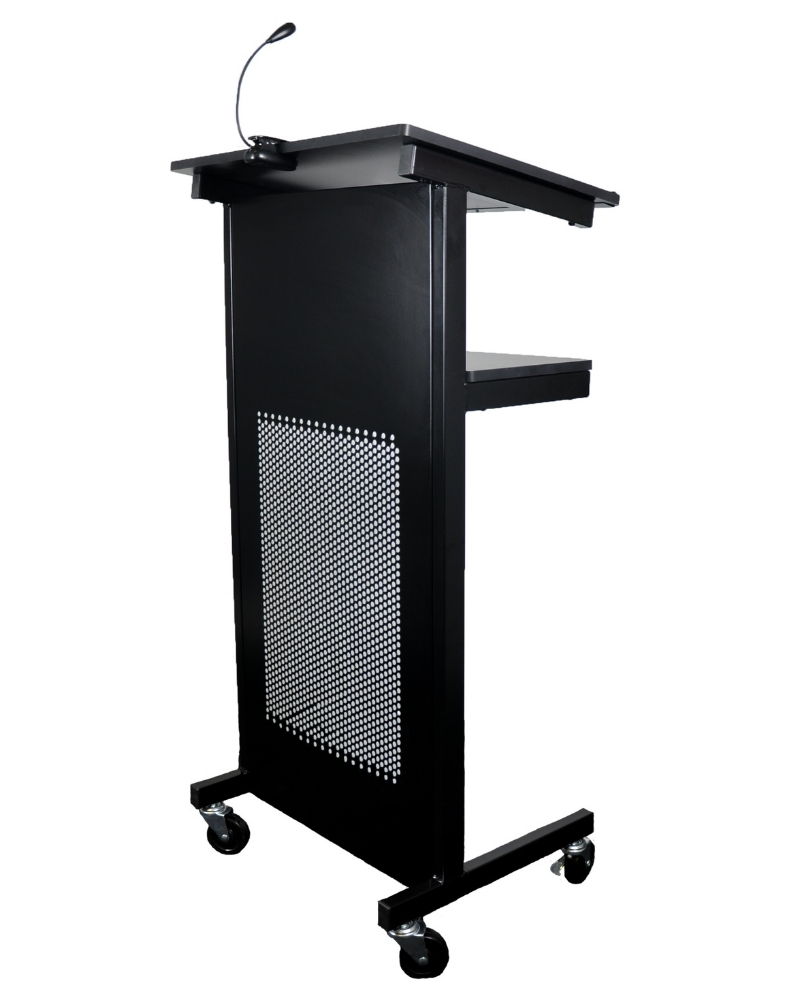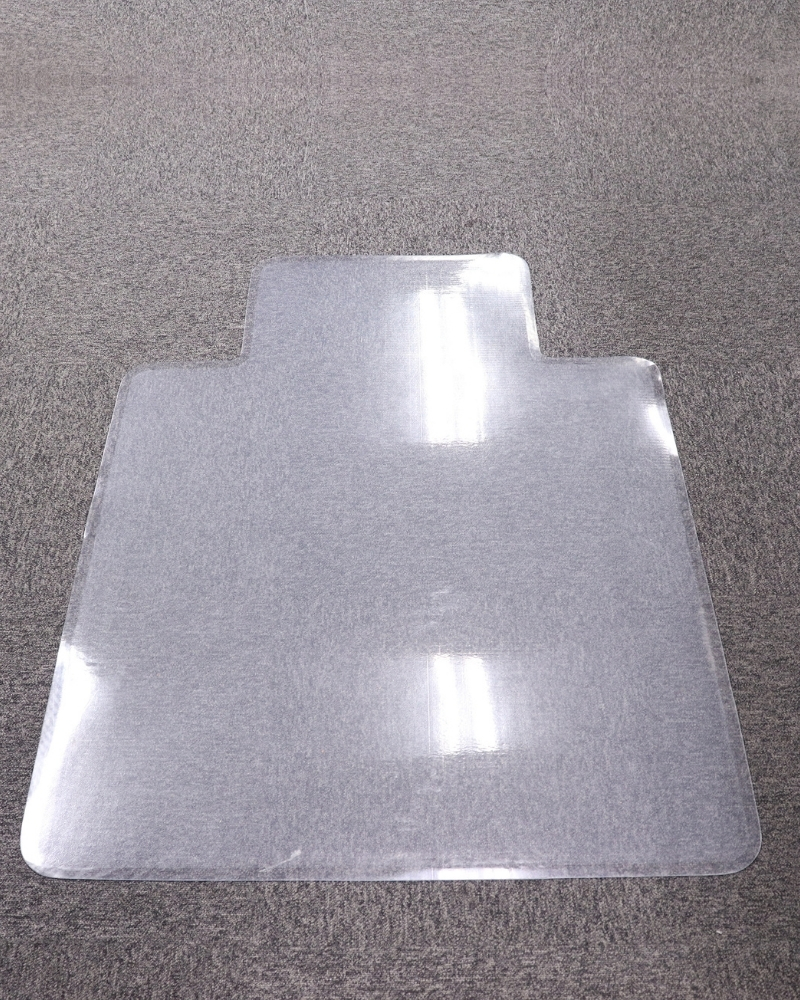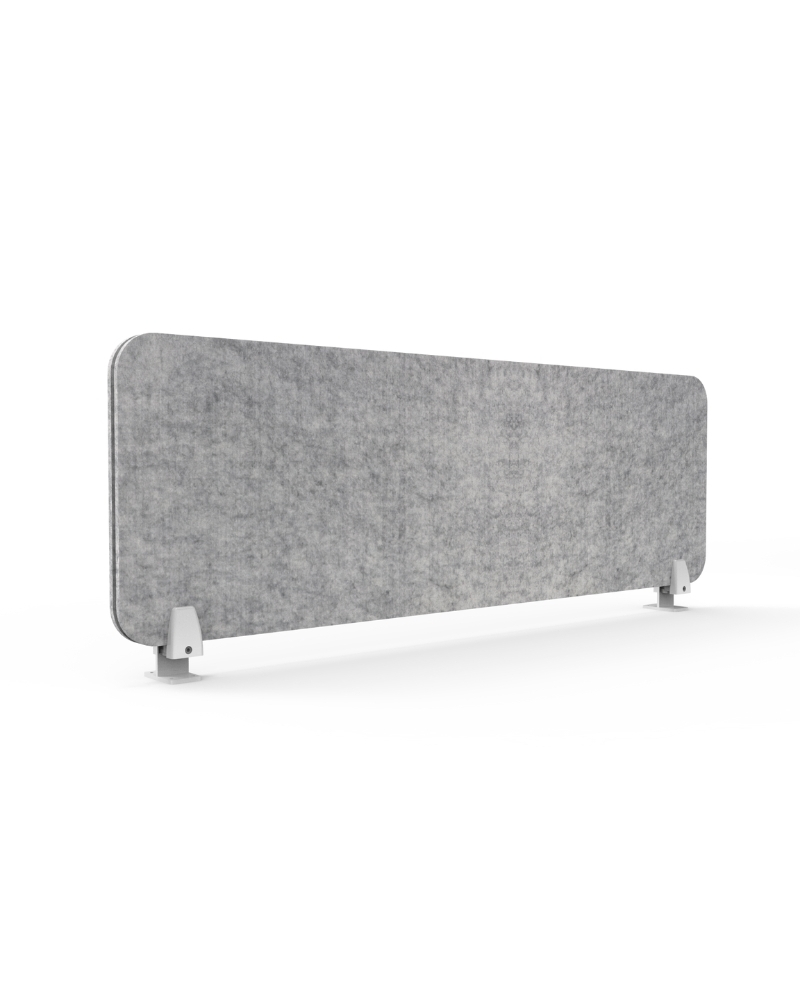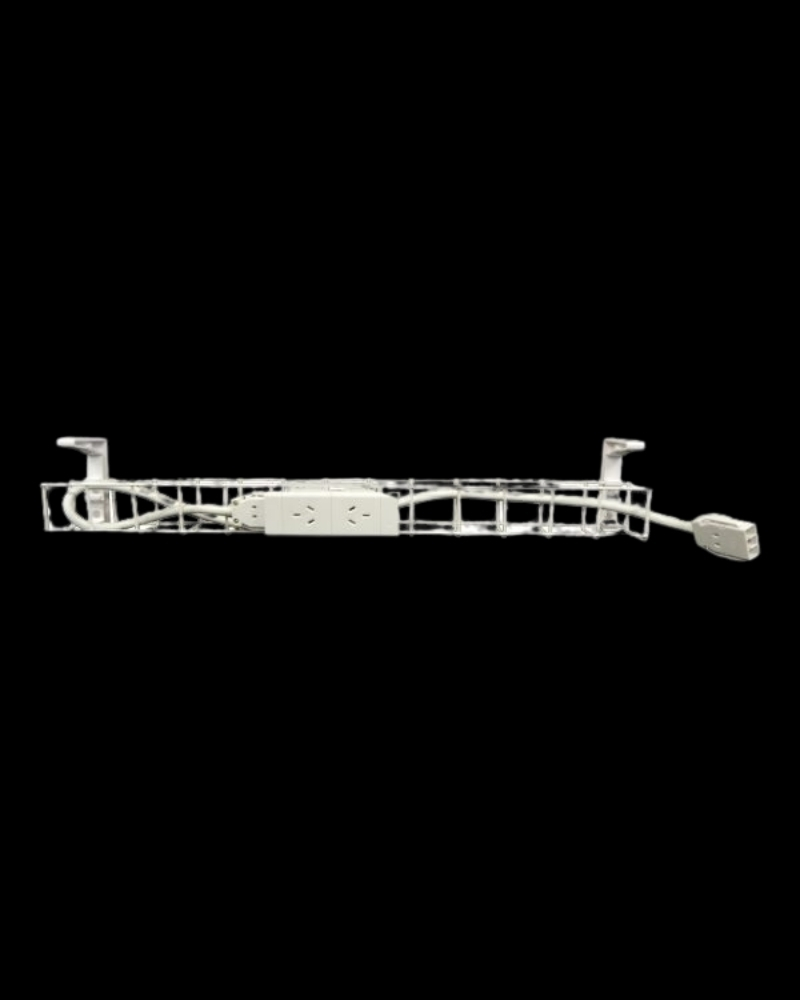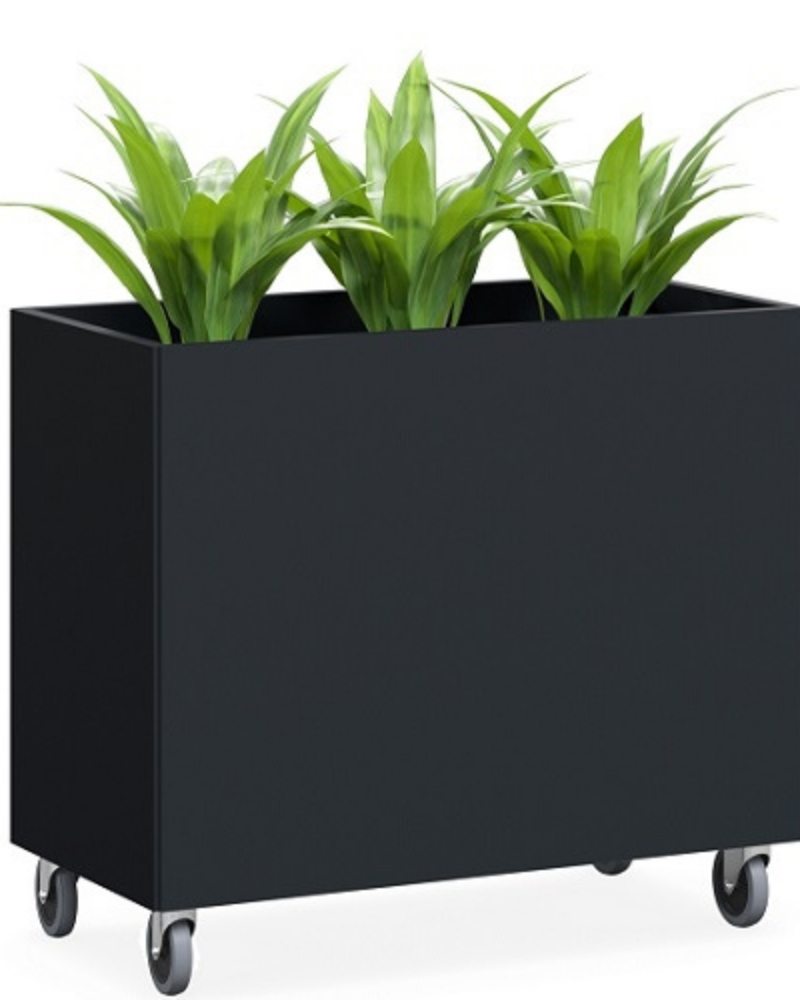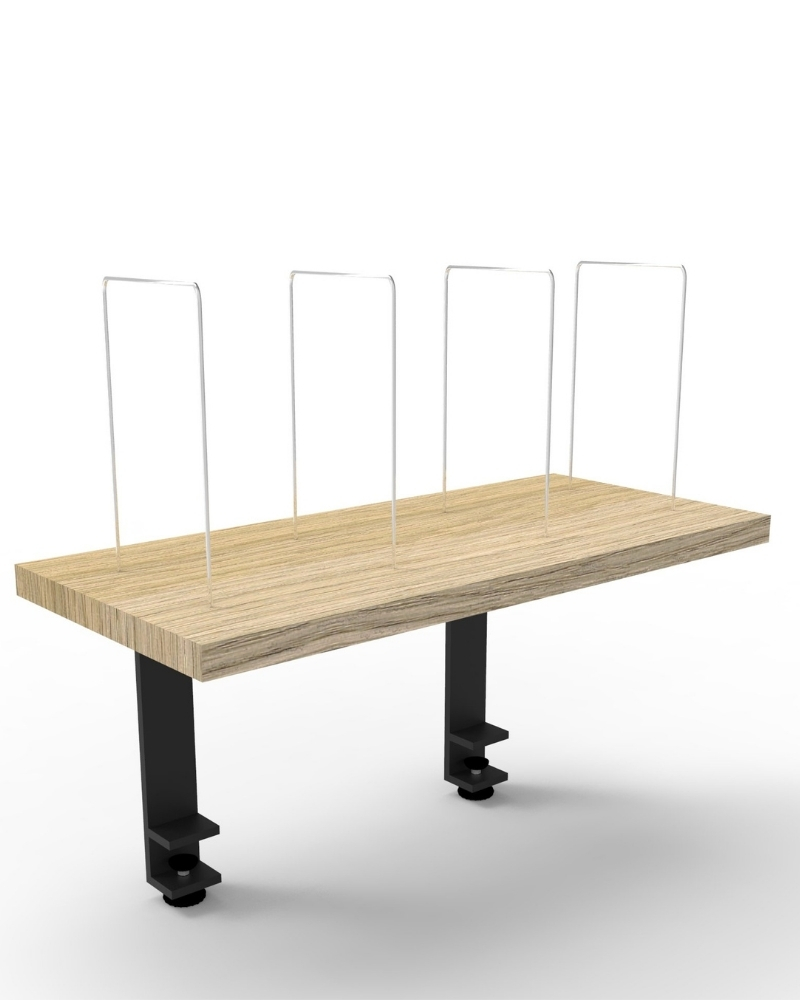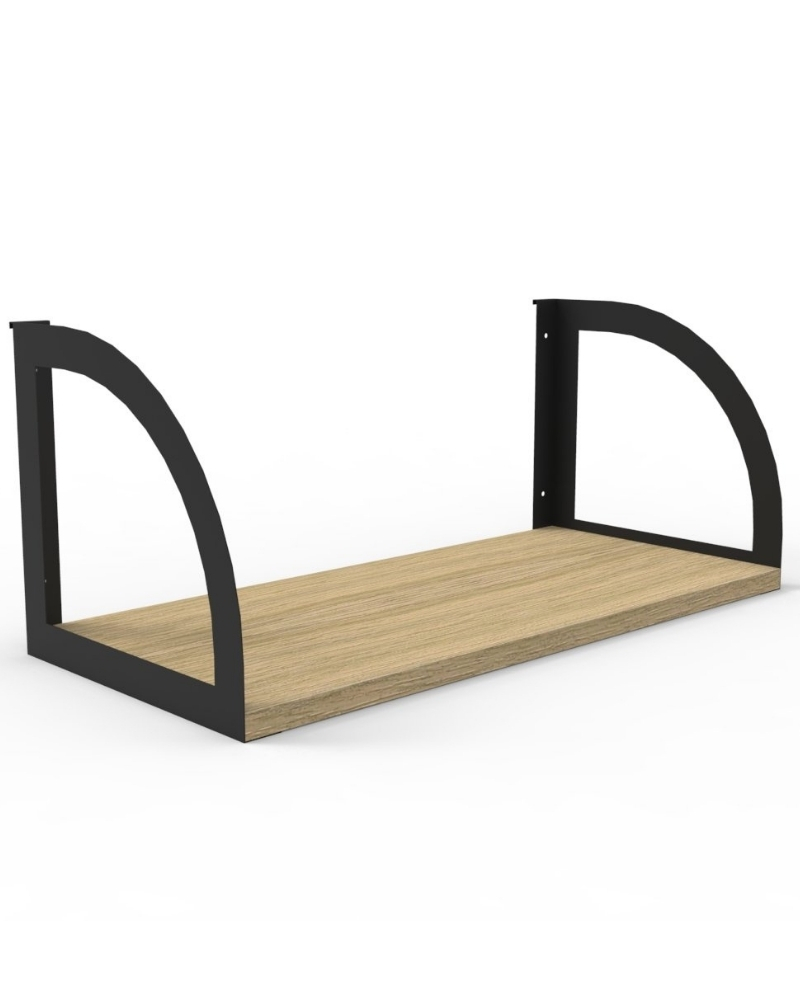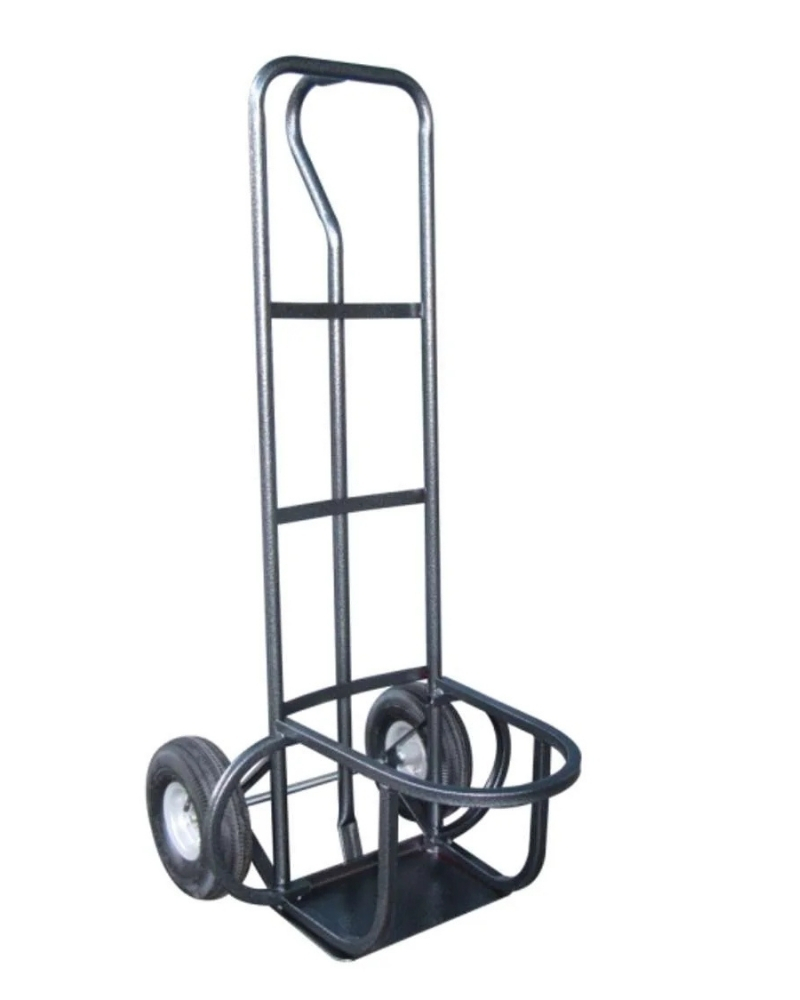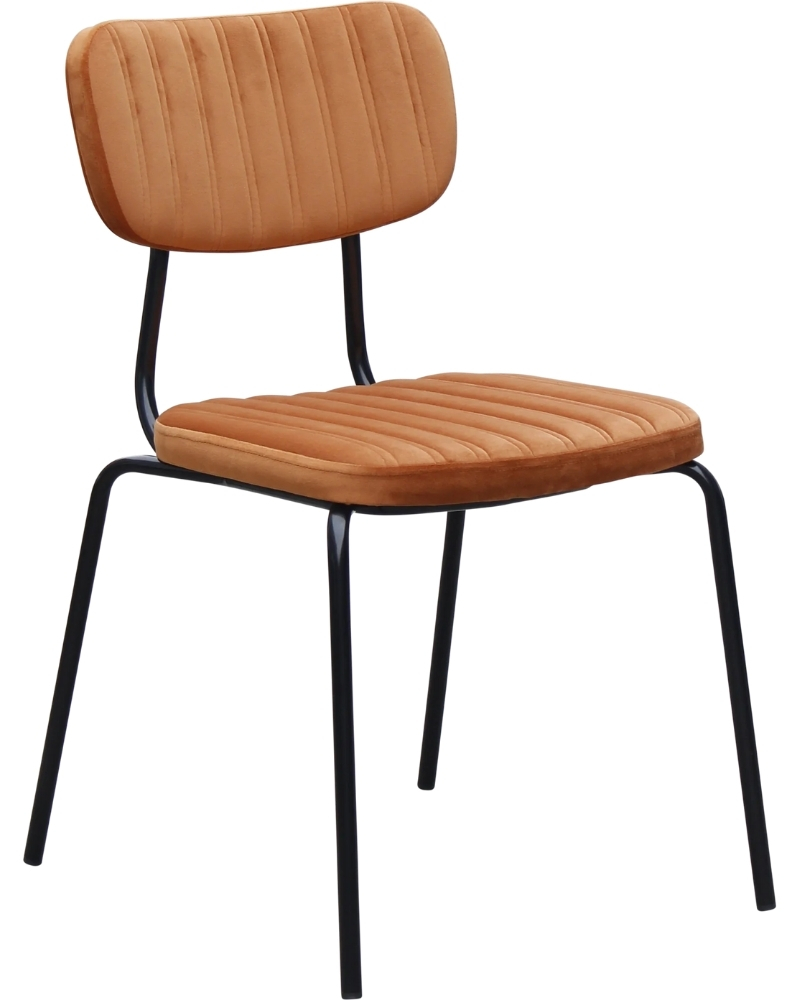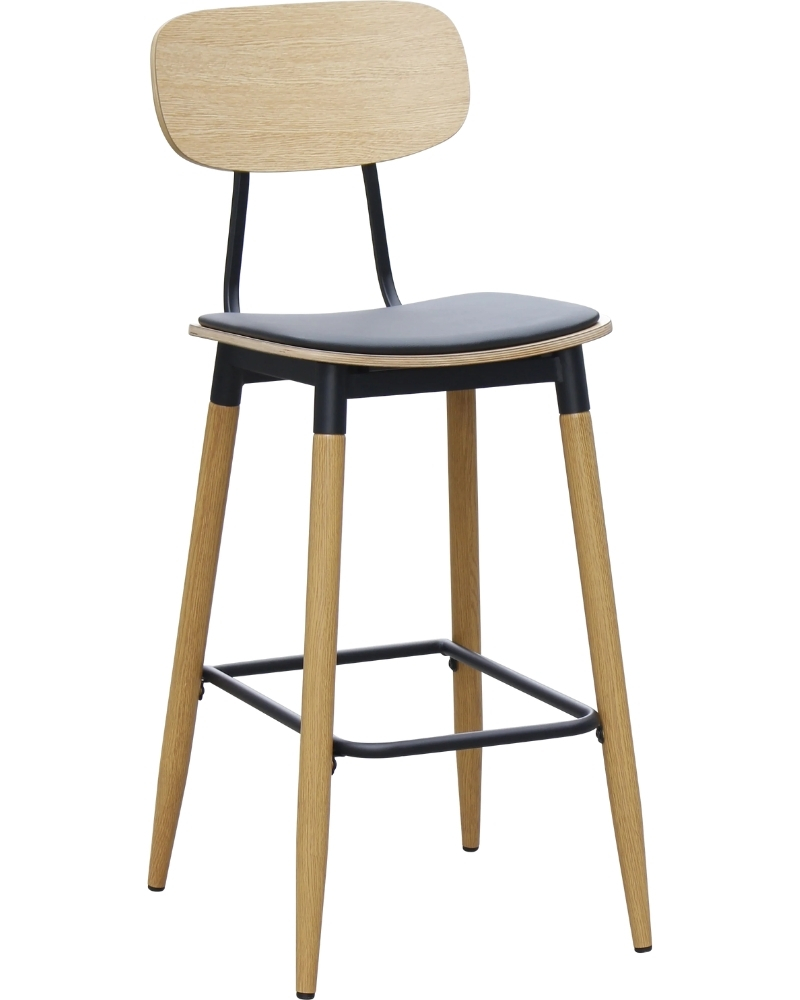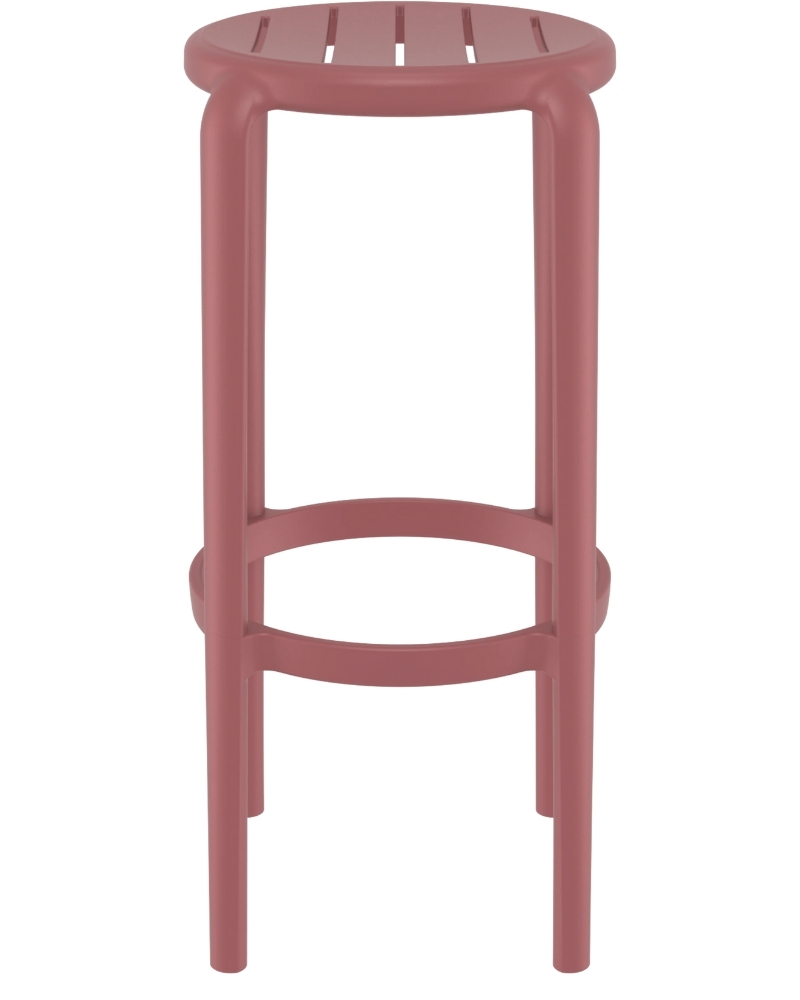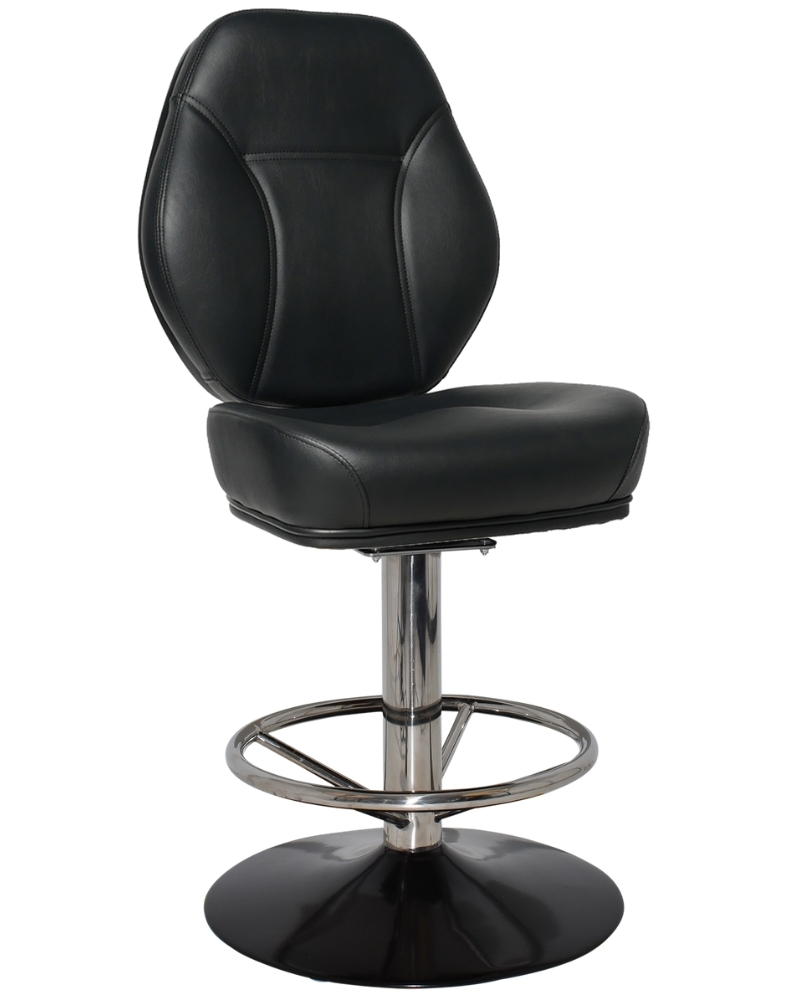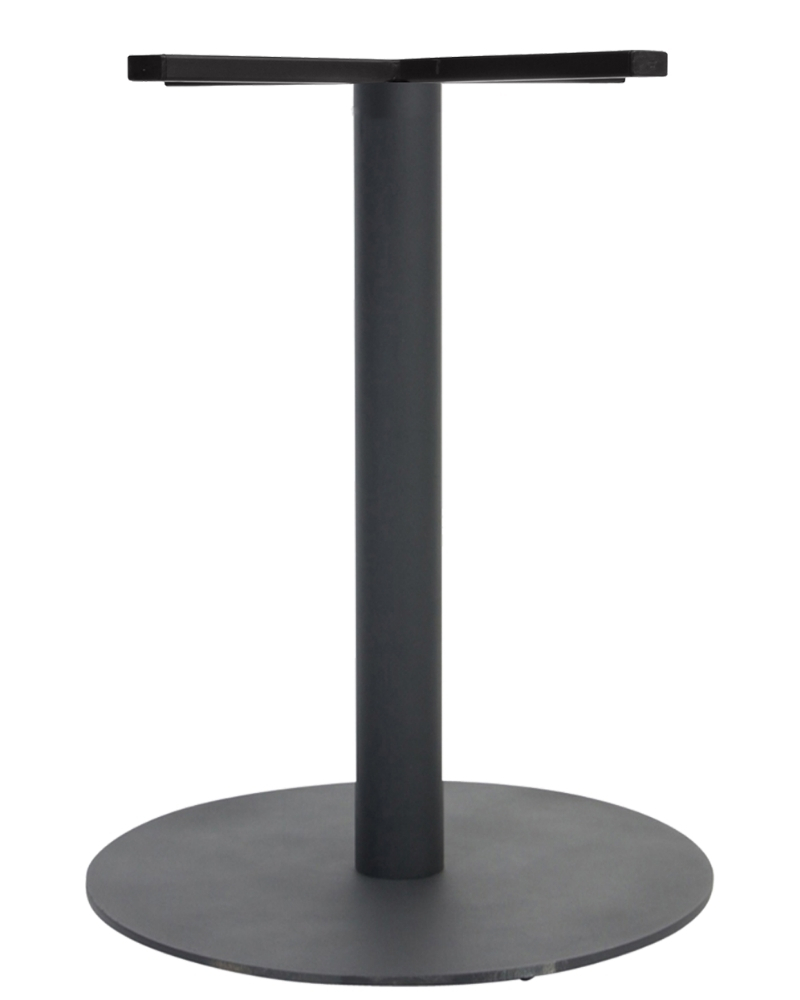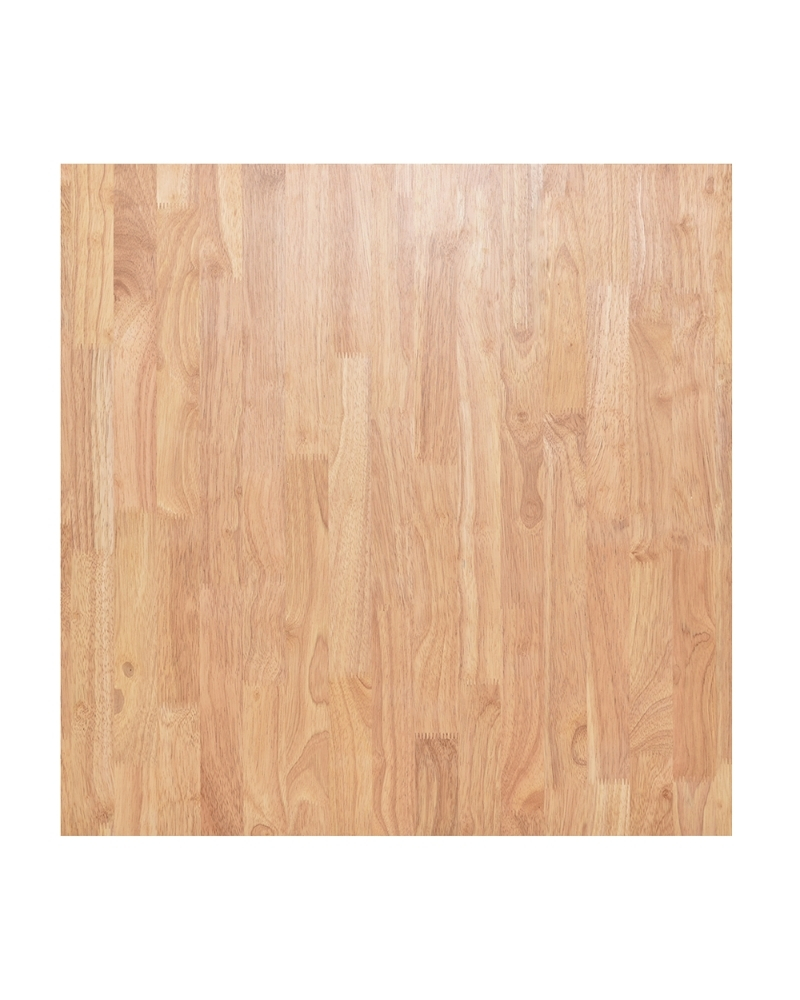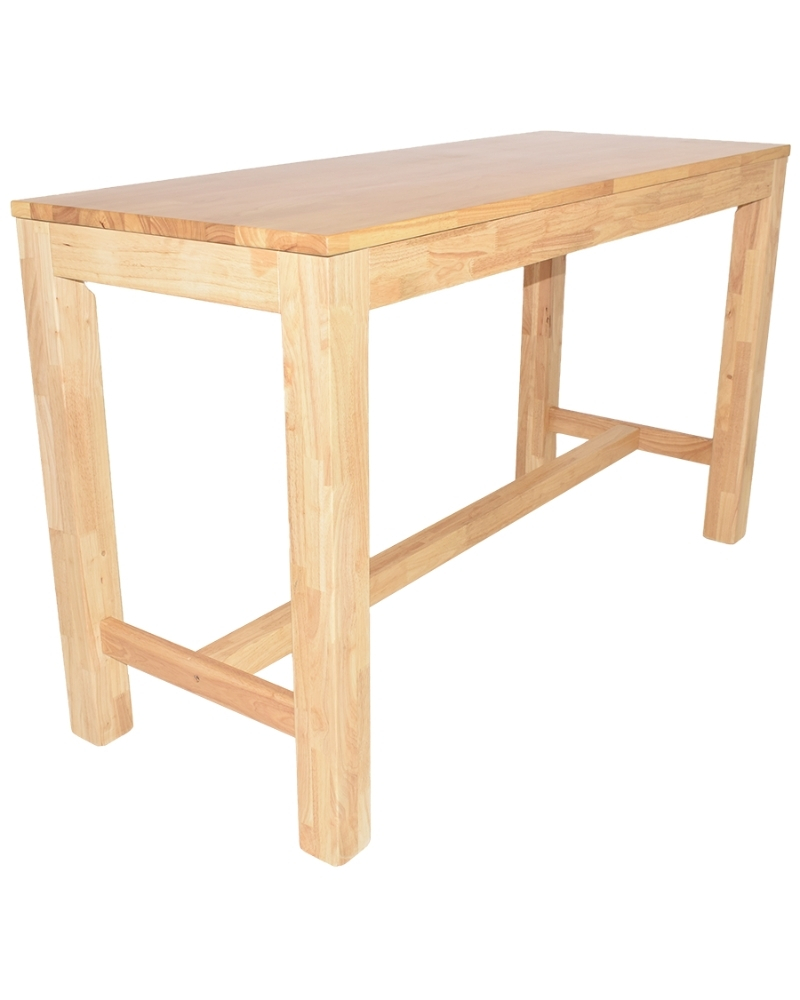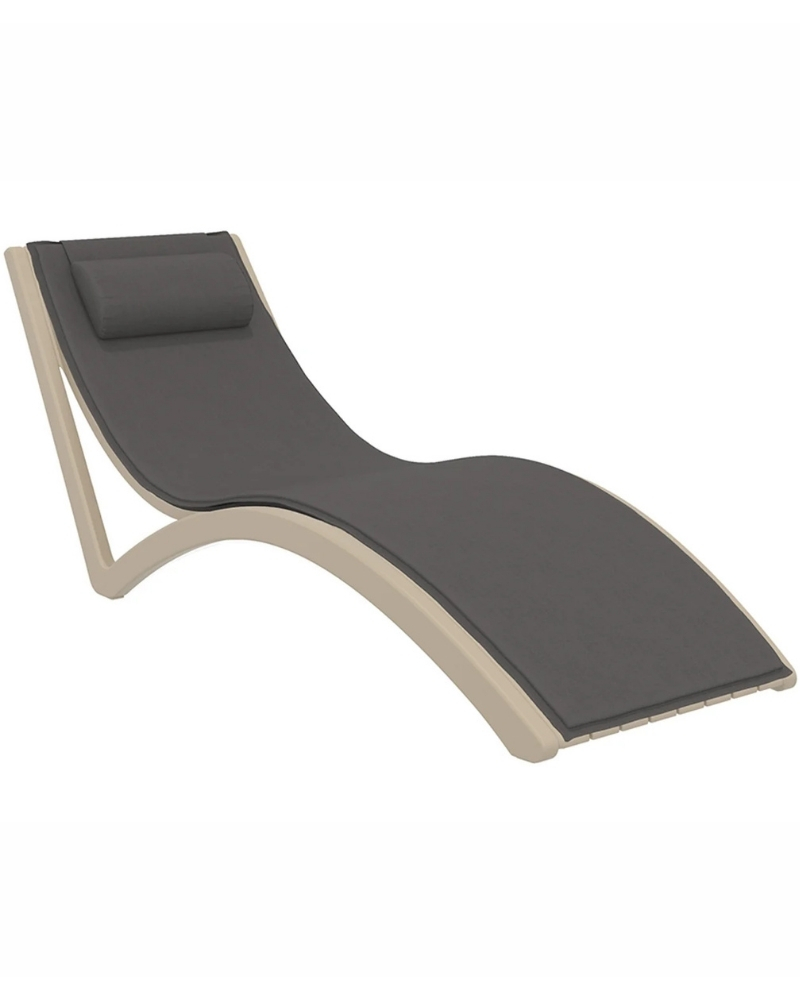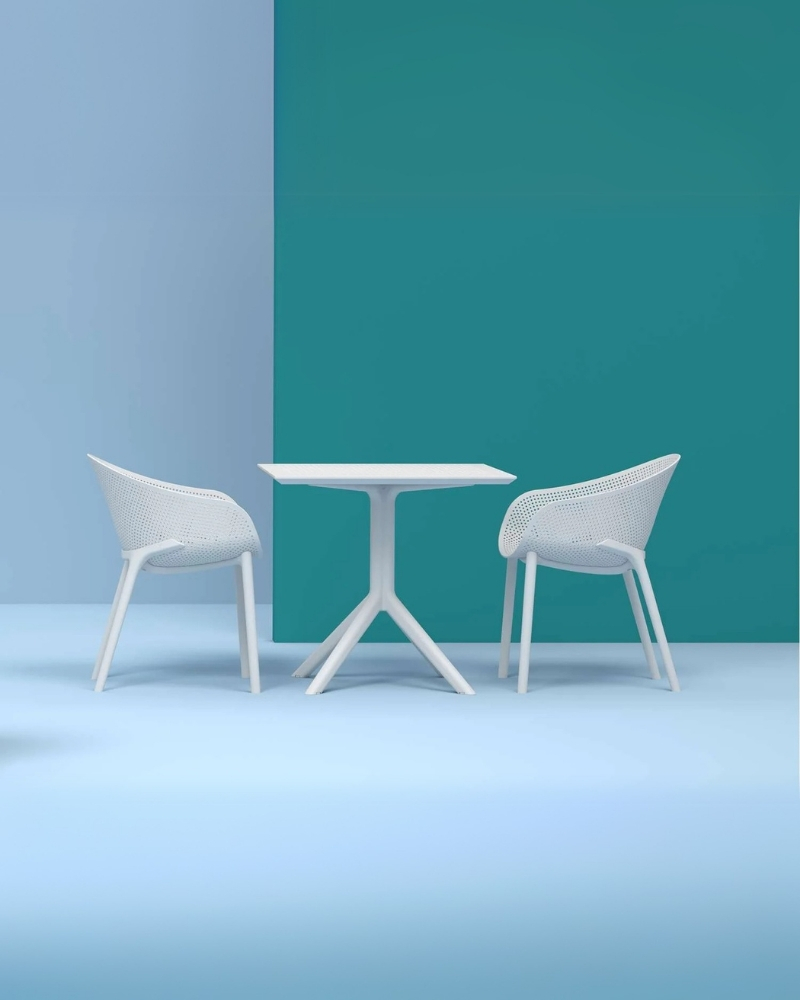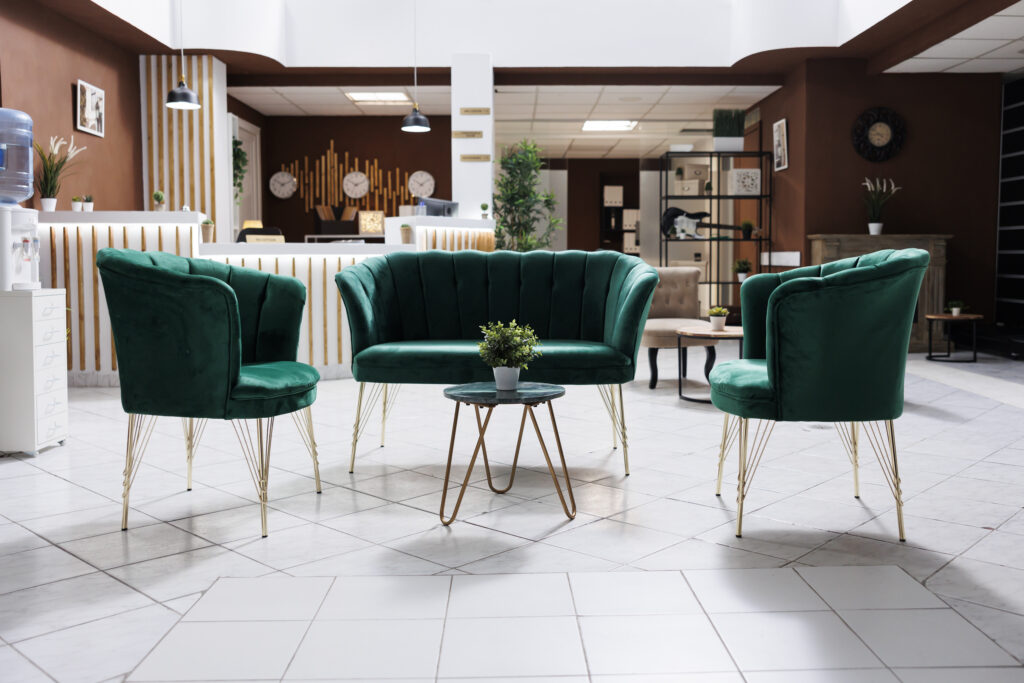Uncategorized
Choosing the Right Furniture for Modern Cafés in 2025
Choosing the right furniture isn’t just about filling a space. For cafés, coworking venues, classrooms, or council offices across Australia, furniture shapes how people feel, behave, and perform. Whether you’re fitting out a boutique espresso bar in Melbourne, an open-plan workspace in Sydney, or a break room in a regional school, your furniture decisions directly affect your bottom line, staff morale, and the experience of everyone who walks through the door.
Furniture sets the first impression, and it drives daily performance. Discomfort, clutter, and poor layout frustrate customers and limit efficiency. When seating is awkward, circulation is cramped, or surfaces show signs of rapid wear, people notice. And when your team has to work around furniture instead of with it, you lose time, energy, and productivity. It’s subtle, but the effects compound fast in high-traffic, high-use environments like cafés and public spaces.
In hospitality, comfort and flow define customer loyalty. Most people won’t mention a sturdy, well-spaced table or a chair that feels just right—but they’ll remember how relaxed or frustrated they felt. You need layouts that support high turnover and lounge zones for longer stays. It’s not just about the style of the stools or the height of the counter. It’s about movement, atmosphere, and how people naturally engage with the space.
For government buildings and schools, furniture must prove its worth daily. From administration offices to staff rooms and multipurpose classrooms, equipment gets constant, varied use. Here, the goal isn’t just simplicity or style. Institutions need ergonomic fit, long-term durability, and ease of maintenance. Chairs should support full-day use, storage must be adaptable, and finishes need to resist everything from pen marks to sanitizer residue.
The same counts double for Australian offices in 2025. Hybrid work hasn’t made offices redundant, but it has changed how they function. Staff expect spaces that support focus, collaboration, and well-being. Office furniture has to support multiple work modes—fast meetings, deep task work, informal breakouts—and it has to look good doing it. Startups want modular furniture that scales. Corporates need uniform branding without sacrificing day-to-day functionality. Either way, comfort is non-negotiable.
Think of furniture as infrastructure, not décor. You’re not just choosing finishes and shapes. You’re investing in tools that affect hygiene, noise levels, occupancy, posture, and downtime. Furniture decisions influence how long customers stay, how often staff call in sick, and how much time gets lost to avoidable setup and teardown routines.
And all of this matters more in high-use environments like cafés and shared spaces. These aren’t showcase rooms used occasionally. They’re in constant motion. Furniture has to be strong, flexible, and smartly positioned, or it turns into clutter. In schools, poorly placed furniture becomes a hazard. In cafés, it costs sales by disrupting flow. In busy public offices, it contributes to fatigue and friction during routine tasks.
Your goals are clear: create a space that works, lasts, and feels inviting. Whether you’re a hospitality entrepreneur or a procurement lead for a community centre, the right furniture connects every part of your mission: customer experience, staff welfare, operational flow, and long-term cost efficiency. And given Australia’s unique climate, standards, and usage patterns, local context matters.
This guide covers what to look for, what to avoid, and how to choose furniture that delivers results—not just immediately, but over years of ongoing use. Because the right set of choices now saves rework, complaints, and costs later. And when your space works better, so does your team, your venue, and your business.
Understanding the Primary Needs of Your Space and Audience
Selecting furniture starts long before you browse catalogues or pull out a tape measure. The real work is in understanding what your space needs—and who you’re furnishing it for. Every café, office, or institution operates under different pressures, rhythms, and goals. What works in a quiet library reading room won’t translate to a high-traffic espresso bar on a busy Saturday morning. Before you think design, think function.
Start With Purpose and Day-to-Day Use
Ask one clear question: What does this space need to do?
That objective shapes everything from layout to materials. A staff lunchroom in a school needs different furniture than a communal work zone in a startup office. A café focused on takeaway traffic may prioritise compact counter seating and efficient circulation. A government reception area will need modular seating, accessible configurations, and durable commercial-grade finishes.
Break the space down into core activities. Use this as your checklist:
- Seating: Will this be for quick use, extended sitting, or flexible repositioning?
- Surfaces: Are tables for dining, laptops, paperwork, or all of the above?
- Storage: Do you need personal lockers, product shelving, or service station units?
- Zoning: Should the space allow for focus areas, collaboration, or one continuous flow?
Define each requirement with clarity. Vague ideas like “we want it to feel welcoming” won’t guide structured decisions. Instead, focus on tasks: accommodating large groups, supporting solo work, encouraging turnover, increasing lounge time, or reducing noise in shared zones.
Gauge Your Foot Traffic and Flow
Volume shapes durability, flow defines function.
Heavy foot traffic in cafés, lobbies, and offices puts furniture under pressure. Chairs slide constantly. Tables shift. Surfaces are cleaned multiple times a day. In schools, chairs get dragged by kids. In venues, rowdy events can test even the sturdiest finishes. Estimate the intensity of daily use. High churn demands solid joins, scratch-resistant finishes, and pieces designed for ongoing wear, not just visual flair.
Then think about layout. Ask yourself:
- Do people pass through, sit briefly, or stay for hours?
- Will you reconfigure the space often for different setups?
- Are there any bottlenecks, blind spots, or obstructions?
Good flow prevents congestion and promotes comfort, even during peak periods.
Define Your Audience’s Functional and Comfort Needs
Chairs aren’t just chairs. For a customer sitting with a laptop and coffee, or an office worker hunched over a report, comfort has a big impact. The same applies for staff. If your team stands for long stretches or navigates tight prep areas, support and breathing room cut down fatigue and injury risks.
Consider these core use cases:
- Hospitality visitors: Need varied seating options, intuitive arrangements, and furniture that invites either quick use or longer stays depending on the concept.
- Clients and guests: Sitting in waiting rooms or meeting zones may require ergonomic seating, consistent desk height, or visible wayfinding through layout.
- Internal teams: Require workstations, breakout zones, and furniture that supports posture and productivity over full-day use.
- Students and public users: Deserve durable, comfortable desks and chairs in learning or community environments where furniture gets rotated frequently.
Match furniture features to functional needs: Choose chairs with lumbar support for team rooms, bar stools with footrests for sit-and-perch counters, or stackable pieces for rooms that transform throughout the day.
Align Aesthetic Goals Without Compromising Fit
Style plays a big role, but it should never lead the decision by itself. You want visual appeal, yes, but placed in service to your space’s identity and function. A Scandi café in coastal New South Wales might aim for warm wood tones and pastel-stained timbers. A modern co-working floor in the CBD could lean on black metal, clean lines, and modular separators.
Build with your brand, purpose, and layout in mind—not trends you haven’t pressure-tested. And remember, not all attractive furniture holds up under daily demand. Narrow down your options by choosing a material range that aligns with the real-world usage intensity of your space.
Function, Footprint, and Feel Need to Sync
No single piece of furniture works in isolation. It always operates in collaboration with the other furnishings, people, and layout it belongs to. If a lounge looks great but blocks access, it’s a problem. If your café tables feel stylish but rock steadily on tiled flooring, patrons will notice before you do.
Audit your fitout based on the full picture:
- Practicality of use for both guests and staff
- Expected volume and wear exposure
- Ergonomic benefit for long-term user health
- Mobility or modularity where required
- Cohesion with the surrounding environment and purpose
If any of those break down, even a costly new fitout can feel awkward within months. The most effective layouts start with clear functional priorities, not décor boards. Get that right, and every choice that follows—from material to colour to configuration—just makes more sense.
Key Furniture Types and Their Roles in Modern Cafés and Similar Environments
Once you’ve defined your needs and mapped your space, it’s time to dig into the furniture types that will do the actual work. Every piece you choose plays a role in how staff operate, how guests interact, and how efficiently your environment handles the pressures of daily use. Whether you’re fitting out a hospitality venue, institutional space, or hybrid office, selecting the right categories is the difference between a layout that simply looks nice and one that performs without compromise.
Stools: Compact Seating That Drives Turnover and Movement
Stools serve quick interactions and high-use counters. They’re staples in cafés, bars, reception areas, and compact staff zones where space is at a premium. With no backrest—and often no arms—they allow fast seating, short stays, and easy flow between standing and sitting.
Look for reinforced frames and secure footrests. Height matters too: standard bar height and counter height both exist, and mixing them creates awkward experiences. Tall stools work well for communal tables and high benches, while low stools offer flexible breakout seating in offices or schools. Stackable designs can free space quickly when needed for cleaning or layout changes.
Use case checklist:
- Fast turnover seating (cafés, takeaways, service counters)
- Compact collaborative spots (co-working zones, school group spaces)
- Standing-height meeting surfaces or design benches (creative offices)
Tables: Anchoring Dining, Work, and Collaboration
Tables are functional anchors. They set the rhythm of each space—whether you’re running a brunch spot, a reception lobby, or an open-plan learning area. The shape, size, and surface finish of a table affect everything from seating arrangement to cleaning effort.
Round and square tables let you flexibly serve small groups. Larger rectangle tables support sharing, collaboration, or group study. Surface materials matter too: heat resistance, stain protection, and edge durability should match your setting’s usage pattern.
In hybrid spaces, flip or nesting tables add adaptability, allowing reconfiguration across different functions. Just make sure locking mechanisms are commercial grade to avoid rocking or tipping during use.
Use case checklist:
- Group dining or informal meetings (hospitality, shared offices)
- Flexible solo-and-group use (schools, breakout zones)
- Technology support (tables with ports or cable access)
Chairs: Support That Shapes Comfort and Experience
The best chairs do more than sit pretty. They support posture, align with table heights, and contribute to ergonomic health. For hospitality spaces, stackability, wipe-clean surfaces, and comfort are top priorities. In offices or government facilities, adjustability and support become more important, especially for longer use.
For patrons, chair comfort can dictate stay-time. In a café that relies on fast turnover, too much comfort works against your model. But in a venue that wants people to linger, sharp-edge seats won’t support those goals. It’s about fit, not fluff.
Use case checklist:
- Short-stay seating with easy access (hospitality)
- Ergonomic task seating for all-day use (offices, admin spaces)
- Lightweight or foldable designs for flexible layouts (multipurpose rooms)
Lounges and Soft Seating: Encouraging Relaxation and Longer Engagement
Lounges create pause points, not productivity zones. These pieces suit waiting areas, casual catch-ups, and customer dwell zones. Think about placement and spacing. A badly positioned lounge becomes a tripping hazard or a magnet for off-task loitering. But when used well, they shape atmospheres that increase dwell time, improve mood, and ease congestion in main areas.
Choose commercial-grade upholstery that can handle daily wear and spot-cleaning without fading or staining. Foam density and seat depth also matter—too soft, and it’s hard to get up again. Too shallow, and it won’t feel welcoming.
Use case checklist:
- Waiting and reception areas (public sector, professional services)
- Lounge zones in hospitality or events
- Breakout nooks in office or educational settings
Desks and Workstations: Structuring Focus and Output
Workspaces require intent-built surfaces. A café with an attached co-working area needs very different desks than an education administrator’s office. Desks must balance footprint, tech compatibility, and posture alignment.
Consider cable management, storage integration, and scale. For primary users, fixed desks with storage might make sense. For transient or hot-desking environments, modular workstations with add-on partitions can deliver more flexibility. Look for finish types that won’t show wear from laptops, writing, or sanitiser wipes after heavy use days.
Use case checklist:
- Focus work areas (administration, education, startups)
- Shared spaces with modular setups (co-working, flexible teams)
- Reception desks with both public and staff-side functionality
Storage Units: Keeping Clutter Down and Work Flowing
Good storage isn’t an afterthought. It shapes how tidy, efficient, and safe a space feels. In cafés, open shelves and utility carts support active service. In schools and offices, under-desk pedestals or mobile cabinetry keep daily tools within reach but out of sight.
Make sure storage matches the load it’s meant to carry. Heavy product shelves, file drawers, or lockable staff areas all have different build and hardware requirements. If furniture is used by multiple users, durability, internal organisation, and tamper resistance matter even more.
Use case checklist:
- Service and prep storage (hospitality)
- Staff paperwork and supplies (offices, schools, council buildings)
- Secure storage for mobile workers (hot desks, public use zones)
Every Piece Should Support the Bigger Picture
No matter your setting—hospitality, institutional, or professional—the job of each item is to serve the way people actually use the space. The most impressive layouts come from matching each furniture type to a function, forecasted pressure, and long-term demand. When that’s done right, workflows improve. Comfort increases. Upkeep drops. And the space becomes more than a cluster of objects. It becomes a tool that helps people do what they came to do—whether that’s sipping, meeting, learning, or just catching a break.
Material Selection and Durability Considerations for High-Use Settings
Furniture in high-traffic cafés, shared offices, and public institutions doesn’t get a break. It’s pulled, cleaned, leaned on, and repurposed day after day. Choosing the right materials is not about appearances. It’s about whether the seat, table, or surface holds up after hundreds—or thousands—of uses without showing its age. If you’re sourcing furniture in Australia, local temperature swings, humidity, and UV exposure add another layer of stress to every finish. Durability is non-negotiable.
Choosing the Right Wood: Solid, Veneered, or Laminate?
Not all wooden finishes are built the same.
Wood delivers warmth and tactile appeal. It’s a common choice in cafés and breakout spaces where you want a natural look. But exposed softwoods get scratched quickly, and finishes wear down from constant cleaning. Here’s how to compare your options:
- Solid hardwood: Strong, repairable, and long-lasting, but higher in cost and weight. Best for statement pieces that stay in place.
- Veneered boards: More affordable with a wood-look surface, but edges and corners can chip under impact. Aim for high-pressure laminates underneath for extra strength.
- Melamine or laminated particleboard: Low maintenance and cost-effective. Ideal for fitouts where resilience trumps high-end detail. Be sure to select commercial-grade options with sealed edges to resist swelling in humid areas.
General rule: Reserve natural and veneer finishes for controlled, lower-impact areas. In service zones or public areas, engineered surfaces reduce maintenance headaches.
Metals: The Backbone of Strength and Load-Bearing Design
Steel and aluminium make high-traffic furniture work harder and last longer.
Metal frames, brackets, and support legs provide excellent structural integrity. Especially in stools, chairs, and communal tables, metal parts handle heavy loads, repositioning, and day-to-day knocks. The key is the finish. Here’s how to pick wisely:
- Powder-coated steel: Durable and chip-resistant when applied to a professional standard. Available in a wide colour range to match brand palettes.
- Brushed stainless steel: Low-maintenance and corrosion-resistant, ideal for coastal environments or semi-outdoor spaces.
- Aluminium: Lightweight, rustproof, and suited to mobile or outdoor setups. Be cautious of flex or wobble in budget constructions.
For settings exposed to moisture or placed in alfresco areas, metal finishes should be rust-resistant and treated for UV stability. In Australian cafés using outdoor spillover seating, this makes a difference fast.
Plastics and Polymers: Lightweight, Durable, and Low Maintenance
Plastic is often dismissed, but commercial-grade polymers are a smart play in high-rotation spaces.
Moulded chairs, stacking stools, and clip-together seating options are lighter, easier to move, and simple to sanitise. That makes them ideal across schools, food courts, overflow seating, and collaborative classrooms. For durability:
- Choose reinforced polypropylene over cheaper injection-moulded alternatives
- Look for UV-rated grades if any furniture will sit near large windows or outside
- Confirm weight capacity and impact resistance on lighter plastic furniture for adult use
Plastic doesn’t mean low quality. When specified correctly, it survives contact cleaning, daily wear, and storage cycles better than some timber or low-grade metal products.
Upholstery and Fabrics: Comfort Without Compromising Longevity
Soft seating only works if it stays clean, intact, and inviting.
Whether it’s lounges in a café, bench tops in a break room, or padded waiting area chairs in a municipal centre, upholstery needs to serve both form and function. In high-use zones, select textiles based on:
- Martindale or Wyzenbeek rub counts: These measure abrasion resistance. Look for commercial ratings suited to heavy use.
- Cleaning protocols: Choose fabrics that support water-based cleaning or anti-microbial wipe-downs.
- Stain resistance and colour fastness: Important for lighter shades or any surface exposed to oils, coffees, or pens.
- Vinyls and PU synthetics: More hygienic and easier to maintain than raw textiles. Ideal for food service or medical-adjacent applications.
Breathable mesh on chairs can support long-hour use, especially in office or study zones. But only if the frame behind it is structurally sound and if the mesh material doesn’t sag or catch.
Coatings and Surface Treatments: The Real Line of Defense
It’s not just about what material you choose—it’s what’s protecting it.
Clear coats, baked enamels, water-resistant laminates, UV stabilisers, and antibacterial treatments all contribute to the longer life and easier upkeep of your furniture. Especially in Australia’s warmer climates, or in venues operating 7 days a week, coatings determine whether a fitout still looks fresh after a year.
- Anti-microbial finishes: Best for shared-use furniture in schools, clinics, or public facilities.
- Moisture sealants: Essential for café tables and any furniture exposed to spills or condensation.
- Scratch-resistant laminate layers: Used in desktops, counters, and storage units with intense daily handling.
Ask vendors about re-coating or resurfacing options. The ability to refresh a worn top without replacing the entire unit can save serious money over time.
Materials Should Match Pressure, Not Lifestyle Shots
The best-looking piece in the showroom might fall apart under real conditions.
High-use environments need commercial warranties and proven material specs that reflect actual day-to-day needs. Before signing off on a furniture order, match the material selection to:
- Foot traffic level and user churn
- Cleaning intensity and product use
- Expected lifespan and futureproofing
- Indoor vs. semi-outdoor exposure to elements
If the material can’t handle the realities of your space, it’s the wrong material—no matter how good it looks on a concept drawing.
Lasting furniture performance comes down to structural integrity, correct coatings, and selecting the right substance for the job. Whether you’re serving lattes or leading a public service department, materials do the quiet heavy lifting behind every good fitout.
Balancing Style and Functionality: Achieving a Cohesive and Practical Design
Style grabs attention. Function keeps the space running. The trick is building layouts where both work together, not against each other. In cafés, offices, and shared public spaces across Australia, trendy furniture that doesn’t serve purpose turns into clutter. And purely functional pieces with no design focus can leave a space feeling cold, mismatched, or dated.
Your space shouldn’t force a choice between beauty and usability. You can have atmosphere and flow. The key is having a framework that incorporates visual identity, operational needs, user comfort, and future adaptability—without forcing compromises in any direction.
Start With a Clear Design Theme That Supports Purpose
Good design starts with structure, not surface. Before choosing colours or materials, define what the space needs to communicate. Ask:
- Is this space fast-moving or meant for lingering?
- Do you want warm, relaxed tones or sharper, energised contrasts?
- Should formality or casual flow lead user expectations?
Once that purpose is locked down, build style layers around it. A loud, pop-art inspired venue can be functional if layout, lighting, and materials stay aligned with turnover and seating needs. An education office can feel calm and modern using controlled palettes, natural textures, and efficient layout choices.
Form follows function. But function looks better when the visual story makes sense.
Use Colour to Guide Flow, Not Just Add Flair
Colour choices influence emotion, brand perception, and movement. But don’t treat colour as wall paint alone. Use upholstery, table tops, and joinery to support spatial zoning and unobtrusive wayfinding. Modular lounge units in different tones can define informal group spots. Benches with bright backs signal a spot to pause. Lighter surfaces increase the feeling of openness in high-use areas.
Stick to three core tones to avoid visual overwhelm. From there, layer neutral accents or materials that reflect your brand, values, or target audience. Educational spaces may benefit from calming pastels or natural finishes. Cafés aiming for high energy might lean on bold contrasts or mix-and-match tones across furniture footprints.
Well-chosen colour flows reinforce hierarchy, break up dead zones, and lead users where you want them to go.
Incorporate Modular and Multi-Use Furniture to Support Flexibility
Fixed layouts are a liability in dynamic environments. Modular, stackable, or reconfigurable pieces make change easy when needs evolve. In cafés, shift the layout for weekend crowds versus weekday workflow. In government or education buildings, reuse training room setups for presentations, group sessions, or quiet work—without needing entirely new furniture each time.
Look for pieces with:
- Matching scale and height for seamless joins
- Clip-on or foldable legs for compact storage
- Castors with brakes to enable safe mobility
- Finish consistency that works across multiple areas
A unified furniture language makes moving parts feel like a cohesive whole. Even simple design details—matching edge profiles or hardware colours—help everything feel intentional.
Ensure Function-First Layouts Serve Both Staff and Guests
Designing for looks alone is a classic misstep. Desk clusters that look elegant but restrict staff movement fail the test. Dining layouts with visual symmetry that cause service bottlenecks frustrate customers and staff alike. No matter what style you’re aiming for, test every zone with operational needs in mind:
- Can staff reach service points without detouring?
- Do guests have personal space without wasted floor area?
- Are key zones (receptions, coffee counters, breakout corners) intuitive and obstacle-free?
Style becomes functional when it supports rather than competes with workflow.
Adaptability Future-Proofs Your Investment
Trends change. Staffing models shift. Foot traffic fluctuates. Plan your furniture selections to support those changes with minimal cost or disruption. That includes:
- Furnishings that blend easily with future colour accents or décor updates
- Base furniture in neutral materials that can stay while accessories or finishes evolve
- Stackable or replaceable units that extend instead of needing full replacement
A cohesive design isn’t static—a good layout adapts without losing its core identity.
Keep Brand Voice in Furniture Decisions
Whether you’re a café building an identity or a department looking to update a public-facing reception area, furniture is a physical extension of your brand. Sleek black powder-coated chairs send a very different message than timber-ply stools with brightly painted backs.
Use this framework to test alignment:
- Does it feel like us? Match materials and lines to your operational tone.
- Would our typical user feel comfortable here? Style shouldn’t leave anyone guessing where to go, what to do, or how to interact.
- Can this layout support our pace? Calm elegance in a slow turnover restaurant creates the right mood—but that same setup in a takeaway sandwich shop slows things down.
You’re not furnishing a show set. You’re building a machine for mood, comfort, and movement. Function lets people use it. Style makes sure they enjoy being there—and want to come back.
Ergonomics and Comfort: Supporting Staff and Visitors
Comfort isn’t a luxury—it’s a performance tool. Whether you’re furnishing a café dining zone, an open-plan office, or a staff breakroom in a government facility, ergonomic furniture shapes how people feel and perform over time. Sharp-looking pieces that neglect basic support lead to back pain, fatigue, shorter stays, and more frequent turnover. In high-use settings across Australia, the payoff for ergonomic investment shows up daily—more productive staff, more relaxed patrons, and fewer maintenance calls from overused furnishings falling short.
What Ergonomics Really Means in Commercial Spaces
Ergonomics is about one thing: designing for how people actually use furniture. That means supporting body alignment, movement, and comfort across different postures and time durations. Your patrons aren’t always sitting with perfect posture. Your team members shift, lean, perch, and reach—for hours. Good ergonomic decisions prevent strain while extending how long someone can use a space without discomfort.
Get this wrong, and furniture becomes an obstacle. Get it right, and the whole space works better.
Key Ergonomic Features to Look For
Each furniture type has its own checklist. Prioritise adjustability, support, and form matching function, especially in zones with repeat or long-term use.
- Chairs for staff workstations: Should have height adjustment, lumbar support, and seat pan tilt. Armrests can help or hinder depending on desk setup, so test compatibility before bulk ordering.
- Client and visitor seating: Choose chairs with supportive backs and stable legs. Seat height should allow people to sit and stand without strain. Avoid ultra-low options in waiting zones unless fully accessible seating is nearby.
- Stools for café counters or bars: Look for footrests, stable bases, and sized heights that match counter elevation. Spacing and legroom matter—uncomfortable stools shorten dwell times or frustrate patrons.
- Lounge chairs and breakzone seating: Aim for seat depth that feels supportive without swallowing the user. Some angle in the recline helps relaxation, but too much pitch can create muscle fatigue or awkward posture shifts when users get up.
- Desks and work surfaces: Height should match chair setups and task types. Staff typing all day need different angles than patrons checking email over coffee. Stable legs and rounded edges prevent knock hazards and increase user comfort.
Workplace Ergonomics: Protecting Staff Health and Focus
Office and admin teams spend more time at their desks than virtually anyone else in the building. That repeated use makes ergonomic support a baseline requirement. Chairs and desks that don’t adjust to user height or task type force bodies into compensations—awkward reach angles, slumped spines, strained shoulders. This reduces focus, drives fatigue, and increases complaints or absenteeism over time.
Key features for long-hour office seating:
- Adjustable seat height and backrest angle
- Built-in lumbar support (or lumbar add-ons that attach securely)
- Breathable fabrics or mesh that prevent heat buildup during extended sitting
- Rolling bases with smooth glides to reduce strain when repositioning
Pair these with desks that are either height-adjustable or calibrated to typical ergonomic ranges. Standing desk options are growing in popularity but only work if paired with appropriate monitors and keyboard positions. A poorly adjusted standing desk setup can cause wrist and neck issues just as quickly as a bad seated one.
Public and Hospitality Spaces: Balancing Comfort and Circulation
Ergonomics changes slightly in cafés, restaurants, or public zones. Here, the focus isn’t on eight-hour stints—but posture and support still matter. Patrons may linger or move through quickly, but either way, the quality of seats affects how they feel and how they rate your space.
For seating that supports high turnover without sacrificing comfort:
- Use slightly forward-angled seats to help users transition in and out easily
- Opt for seat cushions with firm foam and upholstery that won’t compress or sag over time
- Chair widths should allow for a full range of movement without elbow contact or instability
- Backs should support mid-spine at a natural angle. Flat-back designs or harsh right angles quickly feel tiring
Spacing also supports comfort. Narrow aisles or crammed bench seating may look efficient but often feel stressful. Leave room for natural movement, safe passing, and easy push-back. Especially in warm Australian climates, overcrowding sets users on edge fast.
Ergonomics for Education and Community Use
Desks and chairs in schools, libraries, or community hubs see all-age, all-day use. That makes them uniquely challenging. No single design fits everyone—but poor choices here lead to fidgeting, disengagement, and long-term postural issues in young users.
Look for:
- Chairs with supportive backrests and non-slip feet for safety during movement
- Height options for different age groups or adjustable tables that can flex between school years
- Lightweight yet stable builds for quick classroom reconfigs
- Surface finishes that are comfortable against skin—not sticky, overly glossy, or uncomfortably cold
Durability doesn’t need to cancel out comfort. Choose commercial-grade classroom furniture that respects both needs. This improves engagement, retention, and reduces the risk of repair or replacement within short cycles.
Practical Tips for Ergonomic Fitouts
Ergonomics only work if they’re built into the full environment. Choosing the right chair is step one. Matching it to the right surface, space, and user behaviour is how you get proper benefit.
- Test setups with actual users before signing off. Things look good on paper but may feel wrong when lived in.
- Use adjustable furniture in long-use zones to accommodate staff or patrons of various heights and builds.
- Prioritise comfort where time is spent. Don’t skimp on staff seating, public workstation chairs, or training room benches.
- Use rigid designs for fast-turnover areas like kiosks or waiting benches, where flow and cleaning speed matters more than deep comfort.
Comfort isn’t just kindness—it’s cost-effective. Comfortable, ergonomic furniture supports retention, health, experience ratings, and reputation. Whether someone sits for five minutes or five hours, your space should meet them where they are and support them while they’re there. When the furniture works without users thinking about it, that’s when the real design work has paid off.
Budgeting and Cost-Effectiveness Without Compromising Quality
Every fitout has budget limits. Whether you’re running a high-traffic café, upgrading an office floor, or sourcing furniture for a government building, cost matters. But so does performance. The challenge isn’t just spending less—it’s spending smart. When you aim for low upfront costs without planning around durability, function, and adaptability, you wind up replacing pieces early and compromising usability long before items break down. The real goal is value per use over time, not sticker price on paper.
Define a Budget That Aligns with Purpose and Pressure
Start with what the space needs to accomplish. High-wear environments justify higher initial investment in core furniture. If your venue handles hundreds of visitors per week, or if staff use furniture for long shifts, your baseline costs per piece should reflect that intensity. Trying to stretch a limited budget across too many items often leads to buying the wrong mix—filling space with quantity over quality.
Clarify three numbers before you start sourcing:
- Total fitout budget: Your all-in ceiling, accounting for delivery, install, and any compliance work.
- Core item allocation: The spend range for seating, tables, desks, and high-use surfaces. These deliver the most impact.
- Contingency buffer: Hold back a [insert percentage] reserve for overruns or unexpected functional gaps once onsite testing begins.
Build your plan around frequency of use, not footprint. A reception chair used ten times daily may warrant less spend than a workstation chair used for eight hours straight. Let volume guide priority—not visual presence.
Invest in Key Pieces With Repeat Returns
Anchor your budget around high-performance pieces. These are the items that endure the most traffic, carry ergonomic weight, or hold together the flow of your space. Cutting corners here usually backfires.
These tend to include:
- Staff seating in offices or public facilities
- Tabletops and bar surfaces in cafés or restaurants
- Storage units used by multiple personnel or departments
- Modular desk systems with future add-on options
Spending more upfront on these items often reduces long-run expenses on repair, replacement, or retrofits. If you have limited budget elasticity, direct funds toward permanent or fixed-usezones first, then adapt peripheral or accent furniture with more cost flexibility.
Choose Multipurpose Furniture to Minimise Redundancy
One item, many functions—that’s cost-effectiveness in action.
Spaces that change often (like multipurpose rooms, shared zones, or hybrid offices) benefit from adaptable furniture. Stacking stools, flip tables, or shelf units with lockable wheels often bridge gaps where previously a second set of furniture might have been needed. This reduces total unit count and increases functionality per dollar spent.
Evaluate furniture based on:
- Usage across multiple zones or layouts
- Ease of transport or reconfiguration
- Compatibility with other assets (height, finish, footprint)
Being able to rotate or repurpose pieces across departments or service areas reduces inventory needs and supports sustainability goals as well—without headline costs climbing.
Calculate Lifecycle Costs, Not Just Initial Price
The cheapest item may cost you more over the next [insert number] months than a mid-tier option selected for durability.
Lifecycle costs include repair, downtime, sanitation, productivity loss, and early replacement. Budget-conscious operators who factor this in often spend less across [insert setup lifecycle] than those who chase deals without context.
Key lifecycle metrics to review during procurement:
- Commercial warranty coverage and duration
- Estimated wear rate under expected use
- Owner maintenance ability vs. vendor service dependency
- Availability of spare or replacement parts
Don’t treat cost per unit as the end of the equation. Treat cost per year of effective use as your guide. When buying tables, ask how easily the tops can be refinished. When selecting chairs, check whether fabric panels can be changed without reordering a full unit. Extend useful life wherever possible.
Identify Where to Save Without Sacrificing Integrity
Not all furniture demands top-tier pricing to be functional. Savings can be achieved without risk if you’re strategic. Lower-use areas, accent pieces, or fitout accessories often hold opportunities for cost moderation.
You can reduce spend without hitting performance by adjusting:
- Material type: Switching from timber to commercial laminate on secondary desktops
- Design finish: Using neutral colours or standard manufacturing footprints to avoid custom load-outs
- Assembly format: Choosing flat-pack where installation labour offsets upfront pricing
Don’t compromise on structural reliability just for a small initial win. Avoid drop-in, discount market items without proper commercial certification. But feel free to scale back aesthetic complexity or select economical versions of items that aren’t under daily strain.
Buy in Phases If It Supports Cash Flow Planning
Modular setup allows budget-staged procurement without disrupting operations. If full fitout investment isn’t feasible all at once, focus on primary zones first. Equip the highest-use areas with complete, durable setups. Add secondary furniture groups in [insert incremental period] workflows as revenue, occupancy, or usage grows.
Just be careful. Delayed purchases need to be preapproved in layout and specification to maintain consistency when you do buy them. Don’t change furniture sources midway unless the new additions match scale, proportion, finish, and clearances already in use.
Smart Costing Amplifies Every Other Design Choice
Furniture isn’t just about spending—it’s about shaping how money translates into comfort, flow, and daily experience. Define budgets based on pressure, not just cost ceilings. Invest where the return is ongoing. Trim back where there’s flexibility. And measure value over the life of the asset, not just the point of sale.
Cheap furniture invites rework. Smart furniture choices let your space pay you back over time.
Maintenance and Cleaning: Ensuring Longevity and Hygiene in Public Spaces
In high-use environments like cafés, education facilities, government offices, and open-plan workspaces, furniture isn’t static. It’s used constantly. That means every surface you select will be touched, moved, spilled on, and cleaned repeatedly. If you choose the wrong finishes or overlook cleaning practicality, two things happen fast: deterioration and hygiene issues.
Effective maintenance starts with the right material selection. It continues with realistic cleaning strategies and smart choices around joinery, finish, and access. The goal isn’t just tidy spaces—it’s keeping your assets performing for the long haul without creating daily chaos for staff or facilities teams.
Choose Finishes That Resist Stains, Marks, and Everyday Damage
Furniture in cafés, classrooms, and corporate zones needs to handle more than light dusting. Think pen ink, coffee drips, food residue, sweat marks, shoe scuffs, bag scrapes, and hand sanitiser residue. Regular wear becomes a problem when surface coatings break down or soak in small spills.
- Laminate and melamine surfaces: These are low-porosity, easy to wipe down, and less prone to absorption. Use high-pressure laminates (HPL) for superior durability in dining or service areas.
- Powder-coated metals: Resistant to chipping and corrosion. They withstand commercial cleaners better than some painted finishes. Ideal for legs, frames, and support structures in shared spaces.
- Vinyl and PU upholstery: Quickly cleaned, moisture-resistant, and hygienically sealed. Suitable for hospitality, school lounges, and waiting areas requiring fast turnaround.
Finishes that don’t stain easily save staff time and reduce the use of harsh chemicals. That translates to longer furniture life and better day-to-day hygiene standards.
Avoid Deep Grooves, Exposed Seams, and Dirt Traps
Easy-to-clean furniture avoids overcomplication. Fancy detailing and plug-in parts might look good, but in public-facing spaces, they collect crumbs, dust, and bacteria. This slows cleaning down and hides buildup that undermines hygiene.
- Favour sealed edges over exposed timber composite or joined boards on tables, benches, and desks.
- Look for smooth, flush joins instead of heavy routing or inlaid decorative details that trap grime.
- Specify covered bases or raised legs that make under-unit cleaning fast and safe—vital in food prep areas or waiting zones where shoes track in debris.
Keep design practical so routine cleaning doesn’t turn into deep restoration. When the surfaces are simple to wipe down and stay smooth, users feel safer and equipment stays ready between rotations or appointments.
Upholstery That Cleans Without Retaining Odours or Stains
Soft furniture has to work harder in public spaces. It collects body oils, moisture, and wear points more than hard surfaces. So cleaning capacity becomes critical.
- Use antimicrobial or bleach-cleanable fabrics where hygiene is critical, such as in staff lounges, shared waiting areas, or school breakout zones.
- Prioritise removable covers or panel access where deep cleaning may be needed. Even zippered back panels can save reupholstery costs over time.
- Foam density should withstand compression and bounce back. Inferior foam quickly traps smells or flattens into user grooves that trap crumbs and liquids.
For high-churn zones, consider modular soft seating with swappable cushions or flotation-style designs that lift off easily. Sometimes, flexibility is your best cleaning ally.
Set a Cleaning Workflow That Aligns With Operational Hours
Furniture cleaning shouldn’t clash with service or working rhythms. Daily cleaning needs to happen fast, consistently, and with minimal disruption. That means your choices need to match not just design appeal, but cleaning logistics.
Use this furniture planning checklist to support real-world upkeep:
- Does furniture allow open access beneath for vacuum or mop heads?
- Are spacings between seat backs, arms, and tables wide enough to clean without disassembly?
- Can surfaces be sanitized in under [insert timeframe] minutes using onsite products?
- Are materials compatible with your approved cleaning agents?
No furniture should require special treatment beyond your standard building cleaning roster. If it does, maintenance becomes less frequent, and hygiene suffers fast.
Prioritise Mobility for Easier Floor Maintenance
Cleaning around heavy, static furniture wastes time. Especially in cafés, open offices, or school group rooms, being able to shift pieces quickly makes a big difference.
- Use lightweight materials where mobility matters. Poly stack chairs, flip-top tables, and cafe stools with hand grips all help cleaning crews move fast.
- Install lockable castors on modular units or partitions. These give layout flexibility while supporting better underneath access.
- Provide hanging hooks, stack zones, or wall racks for stowable units once deep cleaning starts. This avoids piling or cramped clutter that makes cleaning inefficient or unsafe.
Time equals money in cleaning schedules. The easier it is to shift or work around your furniture, the more hygienic your space stays with less manual load on maintenance staff.
Plan for Long-Term Upkeep and Material Refresh
The best cleaning routine isn’t just reactive—it’s proactive. Your furniture choices should include finish durability, touch-up options, and ways to refresh worn parts without full replacement.
Ask these questions during the sourcing phase:
- Are tops, panels, or fabrics replaceable without a full unit swap?
- Do suppliers offer refinishing or recoating services if surfaces wear down?
- Can items be broken down for deep cleaning or rotation during maintenance rosters?
Built-in maintainability is a design asset. It extends your investment cycle and lets your space stay clean-looking even under heavy use. Don’t let a stained seat or worn tabletop trigger a full refit prematurely.
Skip Trends That Complicate Cleanability
Some design details age faster than others—especially when they trap dirt or discolor easily.
- Avoid matte black or soft gold plating on high-touch furniture unless it’s sealed. These show fingerprints and lose their polish fast.
- Skip pale fabrics in direct food service zones or public lounges unless treated or coated for stain diffusion.
- Watch out for furniture with stitched-in channel grooves, exposed foam, or unsealed rattan or timber as they collect grime in ways regular cleaning can’t reach.
Your space still has to function after six months of scrapes, queue lines, rainy day umbrella drips, and junior users with snacks. Choose finishes that serve their role, not just the photoshoot.
Cleanability is an operational feature, not an afterthought. When furniture is built and positioned for easy, effective, and consistent hygiene, service improves, rooms wear better, and long-term costs stay in check. Maintenance doesn’t fix bad material choice—but furniture chosen with maintenance in mind will require far fewer fixes at all.
Sourcing Furniture Locally in Australia: Advantages and Considerations
Stocking your café, workspace, or institutional facility with the right furniture starts with supply—and in many cases, sourcing locally is the smarter move. Australian-made furniture doesn’t just support domestic manufacturers. It also delivers measurable advantages in supply chain reliability, regulatory alignment, and product performance in our unique environments. If you’re procuring for a high-use operation, choosing local isn’t sentimental. It’s strategic.
Shorter Lead Times and Faster Fulfilment
Time kills momentum. Whether you’re launching a new café, reopening a refurbished government building, or replacing worn-out student desks, delays in furniture arrival can pin down entire project schedules. Australian-based manufacturers usually offer faster turnaround on orders, and that speed matters.
- Local inventory means reduced shipping time across states, not across oceans.
- Custom orders move to production without international bottlenecks.
- Lead times are more predictable, with fewer unknowns tied to border logistics, customs clearance, or freight availability.
If you’re working with phased rollouts or have limited downtime for replacements, local sourcing keeps deployment schedules tight and disruption minimal.
Clarity and Confidence in Quality Assurance
Commercial furniture can’t just look good—it has to meet structural and safety standards. Australian-made furniture must comply with local benchmarks, including material safety, flammability ratings, and user safety. When your supplier is onshore, it’s easier to:
- Confirm manufacturing practices and testing procedures
- Verify certifications across commercial classifications
- Get repair, replacement, or service support under warranty
By contrast, importing bulk furniture carries more risk around unknown finishes, incomplete certifications, or hard-to-resolve service issues down the line. That’s more pain for procurement and more exposure for the organisation if faults become safety liabilities.
Customer Support That’s Accessible and Accountable
Issues happen—wrong sizing, missed parts, damage in transport. The real differentiator is how quickly they get fixed. With local suppliers, post-sale support tends to be more responsive, available, and rooted in service standards relevant to Australian operators. It’s not just about phone access. It’s about geographic proximity enabling:
- Onsite assessments or measurements
- Spare parts delivery within days, not weeks
- Physical showrooms or hubs where selection, prototyping, or returns are manageable
If you’re managing multiple locations or expect to evolve your fitout over time, partnering with a local furniture source gives you continuity. That’s far more valuable over a lifecycle than a lower initial price with poor follow-up support.
Furniture Suited to Australian Conditions
Australia’s climate isn’t one-size-fits-all. A café in coastal Queensland has different needs than a breakout room in a Melbourne school. Local manufacturers understand what materials respond well under Australian UV levels, humidity swings, and cleaning protocols. That means:
- Outdoor finishes are better tested for salt air, sun, and thermal expansion
- Indoor pieces match the cleaning agents and usage intensity common across Aussie industries
- Durability features are aligned to huge usage variations, from weekday bursts to weekend load spikes
Imported designs don’t always account for this. Paints fade. Glues react poorly to ambient conditions. Parts swell or degrade under heat and use intensity that local specifiers expect by default.
Sustainability and Compliance Alignment
Sustainability is becoming a core consideration across government contracts, school refits, and eco-conscious business setups. Australian-made furniture often comes with clearer traceability of materials, supply chain ethics, and compliance with Green Star initiatives, FSC timber certifications, or local refill options.
Within local procurement mandates, especially in public sector settings, this can help you:
- Meet mandatory social procurement frameworks
- Support circular economy goals around repair and reuse
- Reduce embedded carbon through closer source-to-site distances
If sustainability proof-points factor into your tenders, stakeholder reviews, or brand values, localised sourcing makes these conversations easier. Data is easier to capture, verify, and pass on without translation or validation delays.
Cost Isn’t Just Dollar-for-Dollar
Upfront cost comparisons between offshore and Australian-made furniture sometimes distort total value. While offshore options may appear cheaper by the unit, local sourcing avoids hidden expenses around freight volatility, customs charges, poor fitment, or incompatible usage ratings.
Think beyond unit pricing to include:
- Shipping and customs duties for international orders
- Replacement timing and part availability
- Delivery risks and onsite damages from cross-border transport
- Alignment with local standards that reduce compliance escalation
The real question isn’t “Is it cheaper today?”—but “Does it offer reliable value across its lifecycle in the local operating context?” For many operators, the answer with Australian suppliers leans consistently in the affirmative.
Logistical Simplicity Pays Off When Scaling or Replacing
Fitouts never stay static. Whether you plan to expand seating, add a new department wing, or pivot your café layout for different seasons, you’ll need sourcing continuity. Australian manufacturers are more likely to:
- Retain production runs of your selected profiles
- Offer matching finishes or sizes months or years after your initial order
- Expedite fills or swap outs to meet fast setup schedules
This means fewer legacy mismatches and faster ramp-ups under future changes. That’s a big gain when space demand grows or usage patterns evolve faster than expected.
Local Is a Strategic Sourcing Choice—Not Just a Trend
Your furniture is going to be used, leaned on, scrubbed down, and reconfigured for years. Quick lead times, real-world durability, and accessible service add up in operational performance. Whether you’re operating under procurement frameworks or trying to create a high-performing café environment, sourcing from Australian providers gives you more than a badge—it delivers practical reliability.
Before you commit based on catalogue prices alone, consider the full experience of acquiring, installing, living with, and updating your furniture. For many Australian operators, local sourcing delivers better results across all four stages—without the stockouts, translation delays, or long-haul logistics risks that can derail beautiful plans from afar.
Final Checklist and Practical Steps for Selecting and Implementing Furniture Solutions
After assessing needs, reviewing furniture types, sorting out durability, and aligning cost with function, it’s time to turn strategy into action. The wrong final steps can sink smart planning, while the right process ensures your space performs from day one. Whether you’re fitting out a busy café, redesigning a staff hub, or upgrading school admin facilities, execution matters.
Step-by-Step Process for Smarter Selection
Use this straightforward path to streamline every phase from decision to delivery:
- Define user groups and use intentions
Who will interact with each piece? How long will they use it? Anchor your selection to actual daily patterns, not abstract preferences. - Identify high-pressure and low-pressure zones
Segment the fitout into areas with constant wear versus periodic use. Direct your premium spend where it gets the most return. - Match form with function
Every piece should fit its purpose within its environment. Stackable chairs in multi-use seminar rooms. Heavy-set dining tables in permanent hospitality zones. Modular desks in agency setups that shift over time. - Shortlist by local climate, volume, and cleaning routines
Australian conditions are tough on materials. Outdoor UV, coastal air corrosion, and hard-use cleaning agents shape what works long term. If a fabric or finish can’t survive your maintenance policy, skip it early. - Test comfort and accessibility
Bring in a range of users—staff, clients, students—and check for comfort across body types and usage contexts. Don’t rely on catalogue descriptions alone. If you can’t test the sample, proceed with caution. - Pre-measure your layout
Use scaled drawings, clearances, and traffic maps. Cramped configurations undo even the most attractive setups. Allow breathing room for service staff, pass-throughs, and ergonomic use zones.
Final Evaluation Checklist
Before committing to any order or quote, validate each product and supplier with this filter:
- Does the supplier provide commercial-grade warranties suitable to your industry?
- Can the item withstand [insert usage hours or user count] per day without deformation or visible damage?
- Is the product compatible with your cleaning chemicals, sanitising agents, and daily wipe-down procedures?
- Can finishes be spot-repaired or component parts replaced without removing full units?
- Do dimensions align with doorways, lifts, walkways, and access standards?
- Are fire safety, weight load, and off-gassing levels compliant with local regulations?
Mark anything that fails a single metric for respec or replacement. No individual item should force compromises on safety, service flow, or staff strain.
Procurement and Logistics: Avoiding Bottlenecks
Timing supplies to your activation schedule means negotiating more than price. Coordinate upstream and downstream to reduce issues during delivery, assembly, and occupancy.
- Confirm manufacturing lead times and align with your install calendar. Local sourcing can close gaps, but don’t assume default speed without a signed commitment.
- Check access limitations around your site. Can pallets fit through doors? Are deliveries permitted on weekdays or after hours?
- Clarify installation scope. Who assembles units? Who places and secures furniture? Does the vendor remove packaging and waste?
- Verify QA inspections upon arrival. Review every batch for surface condition, fault points, and accurate specifications.
Don’t let your first post-delivery task be problem solving. Plan install support and staging logistics before the truck is booked.
Post-Setup Measures to Extend Performance
Once furniture is live, your work isn’t over. Implement basic controls that make every piece work harder for longer.
- Tag and inventory all movable furniture. Assign units to spaces and track rotation, damage, or servicing.
- Set a quarterly inspection schedule for tier-one assets. Look for joint looseness, noise during use, wear patterns, or cushioning failure.
- Create a fast-path for replacements or adjustments. Ensure frontline staff know how to escalate service issues or trigger warranty reviews.
- Document cleaning compatibility and protocols. Attach database records or print signage for shared cleaning areas to reduce escalation from material misuse.
Keep Fitouts Aligned Through Growth
Good furniture doesn’t exist in a vacuum—it lives within a strategy. As your service model evolves, make sure your furniture plan evolves too.
- Audit furniture against new service types or traffic levels every [insert review interval]. What worked on day one may no longer match scale a year in.
- Use supplier-configured expansion sets or match lines for coherence. Avoid sourcing ad hoc additions that dilute brand consistency.
- Plan annual budget reserves for scaling, retrofitting, or upgrades based on wear rates or new departmental needs.
Space demand isn’t static. Your furniture strategy shouldn’t be either.
Summary: Practical Fitouts Start with the Right Framework
Sourcing and implementing furniture across cafés, offices, and public spaces in Australia isn’t about picking what looks right—it’s about choosing what holds up, improves use, and fits the real-world rhythms of your people and space. Every dimension, finish, and purchase should pass a single test: does this make the environment easier, safer, and more enjoyable to use?
When that answer is yes across the board, you don’t just furnish a room—you give it purpose, longevity, and integrity that pays for itself every day it’s in service.

